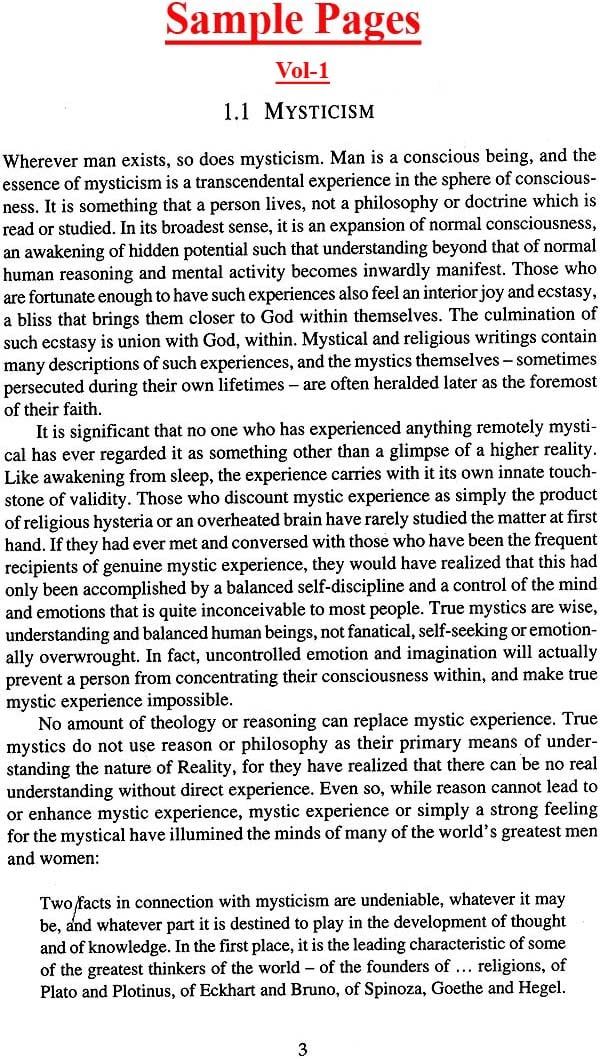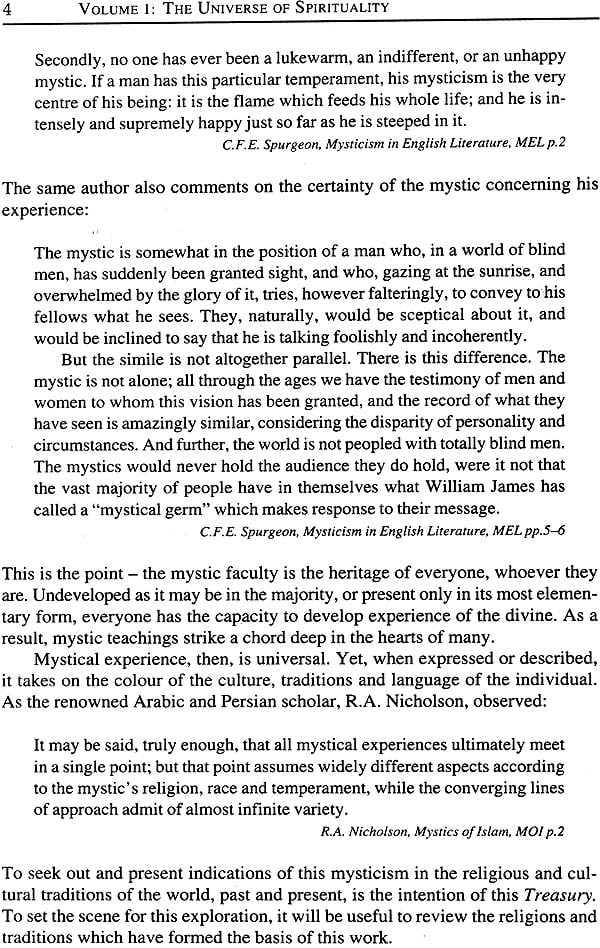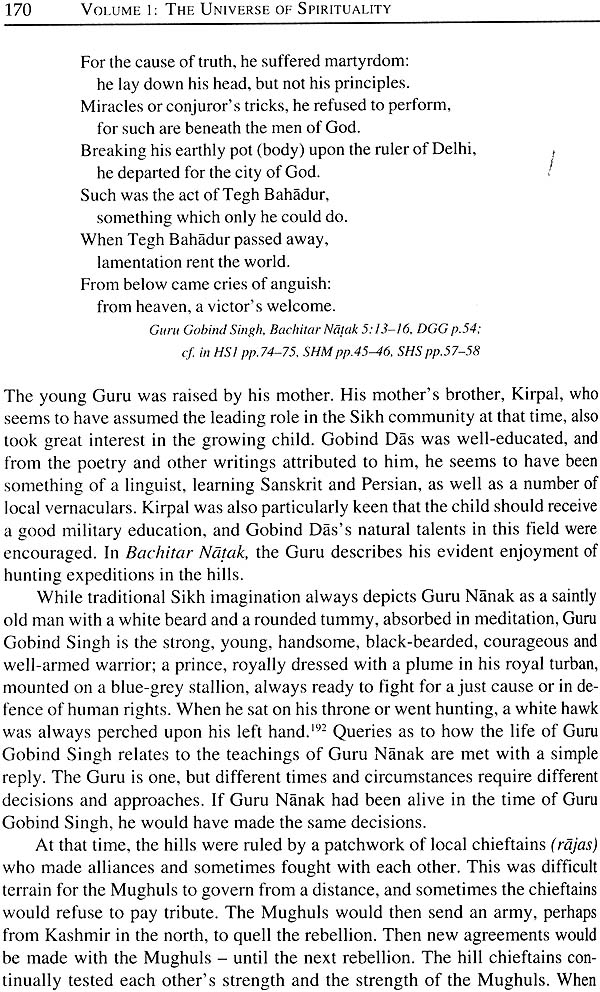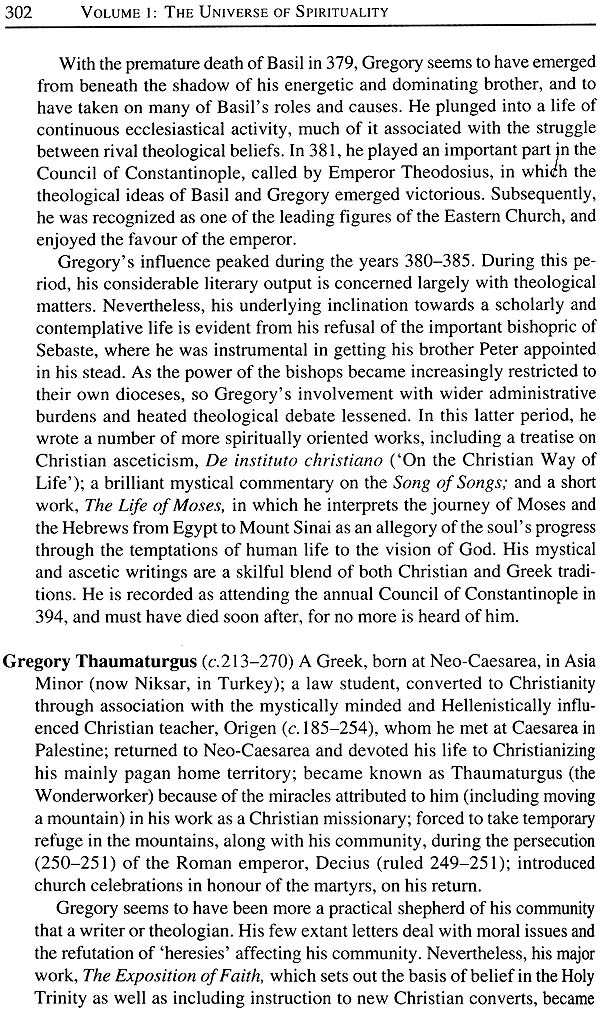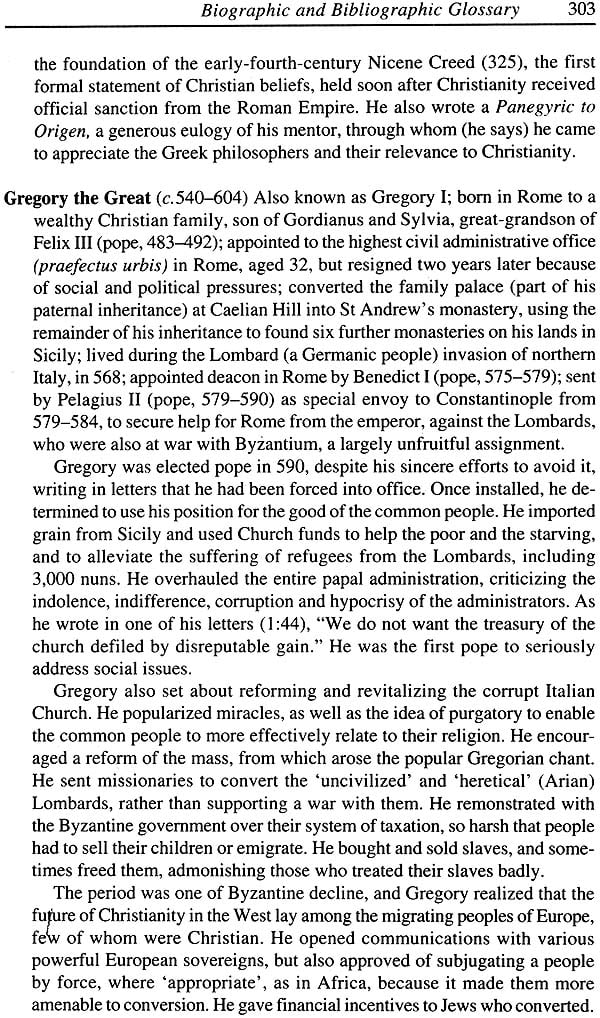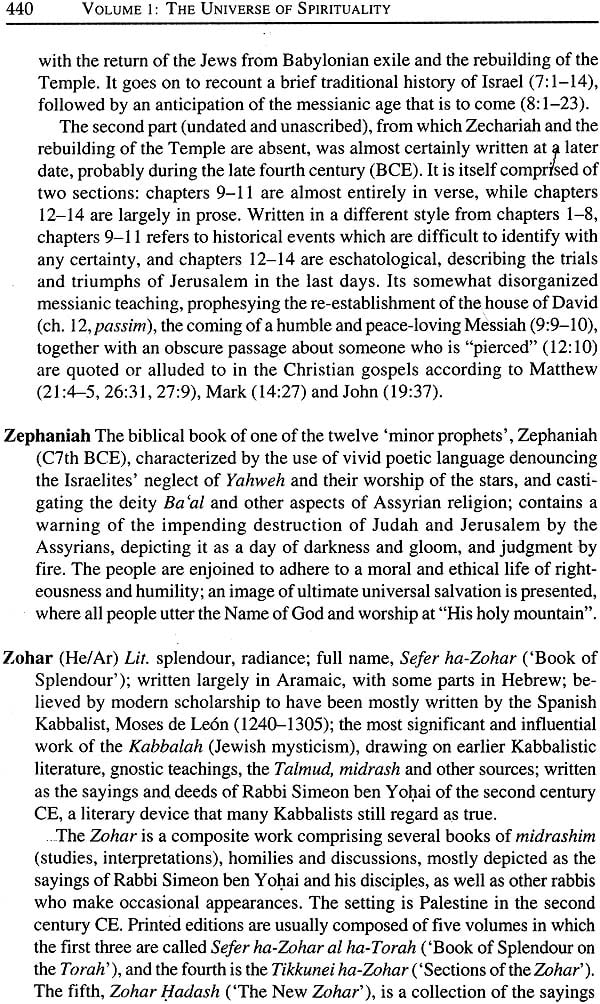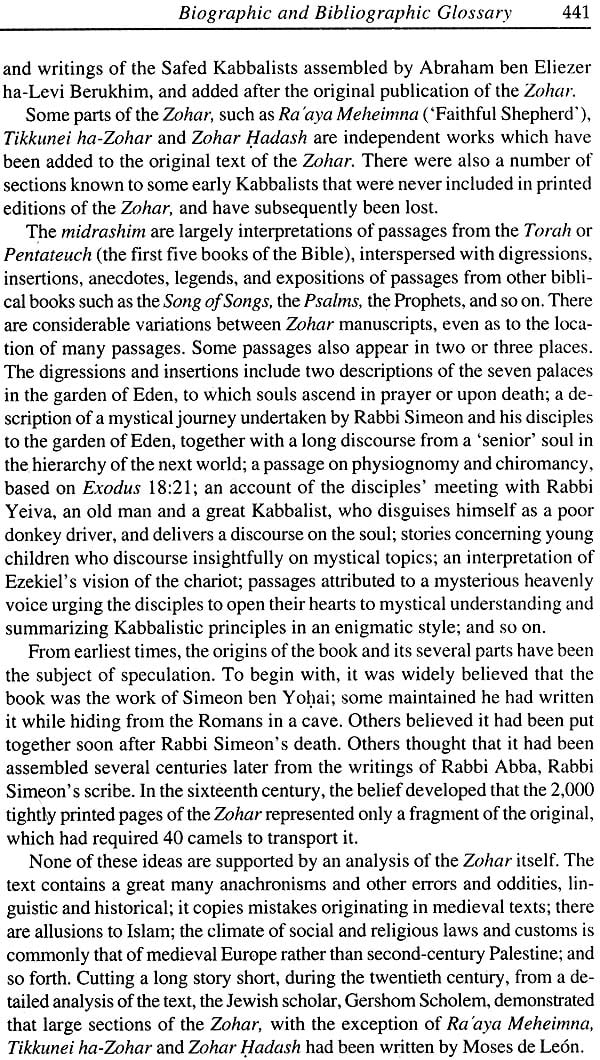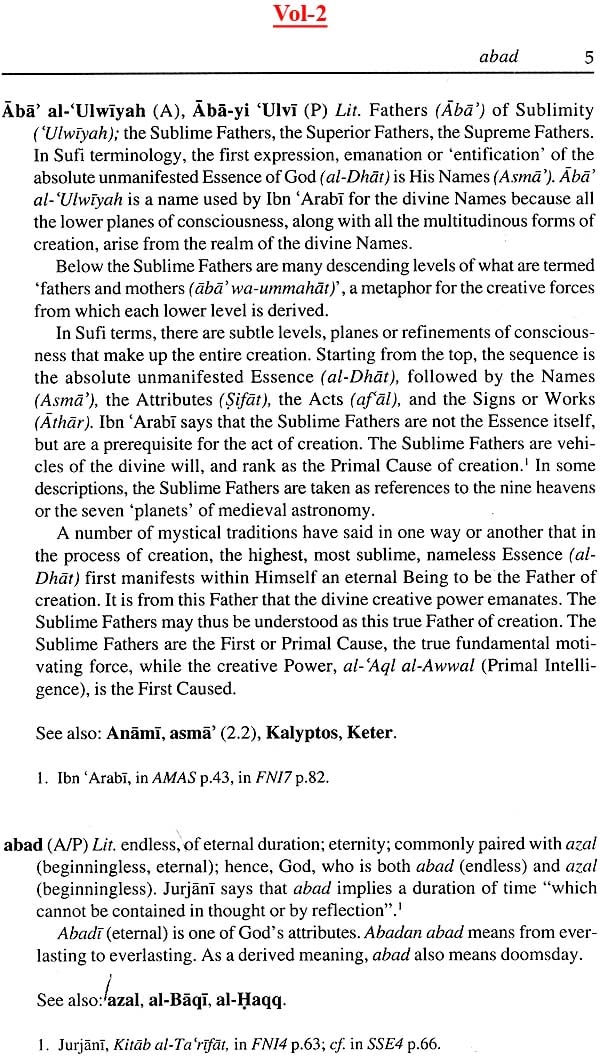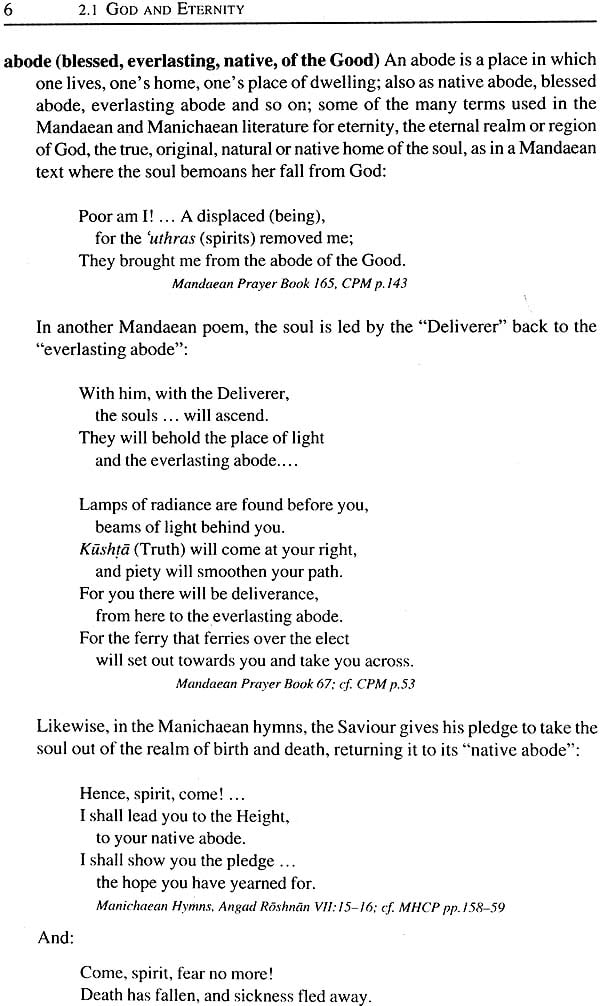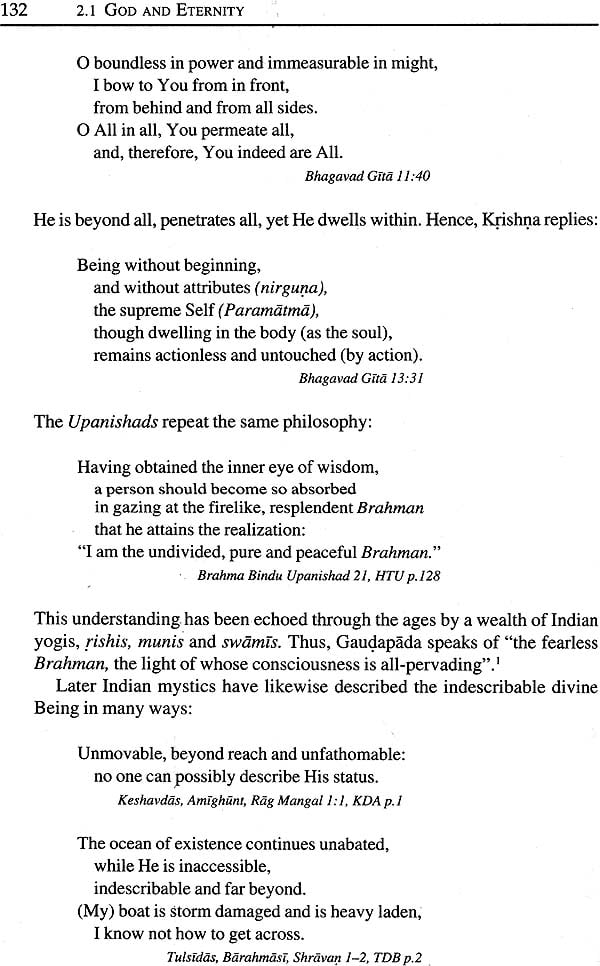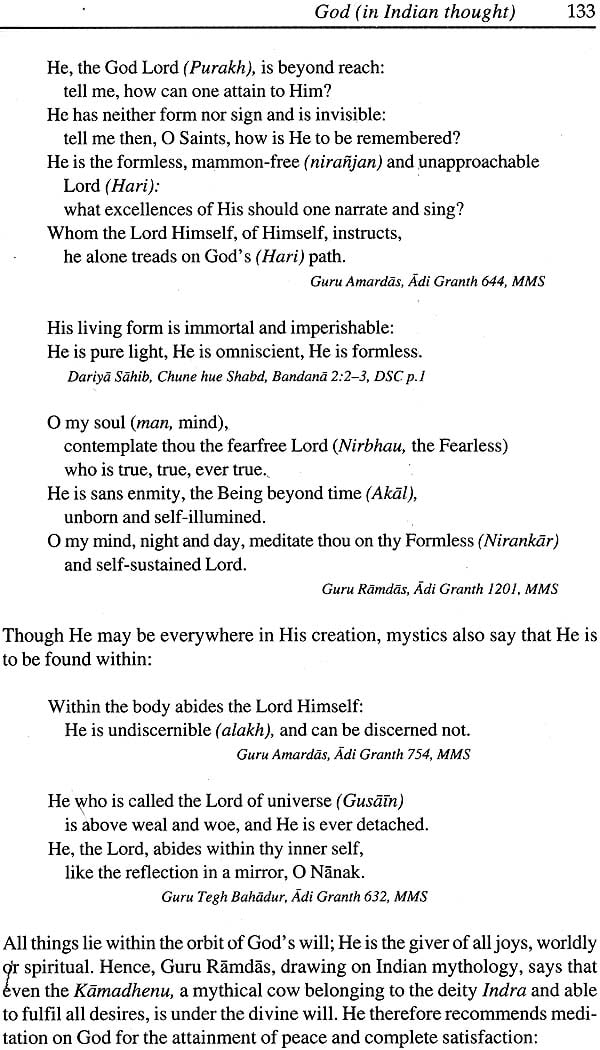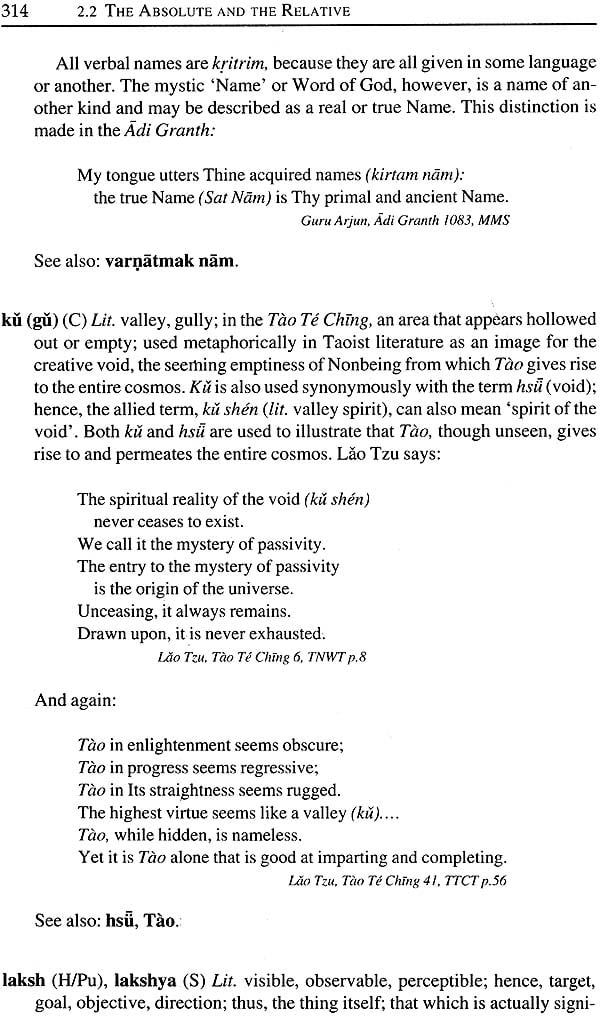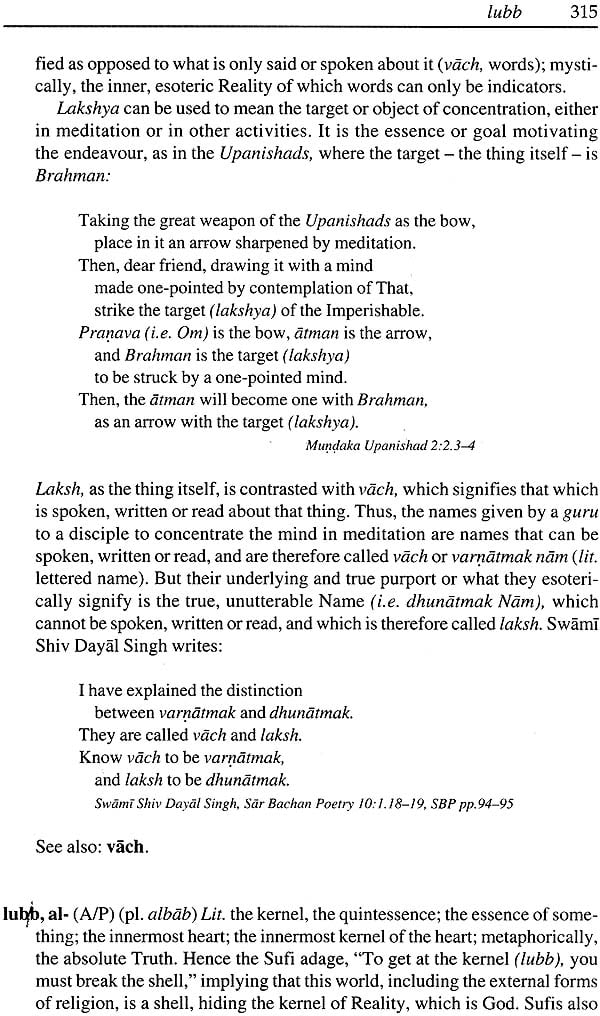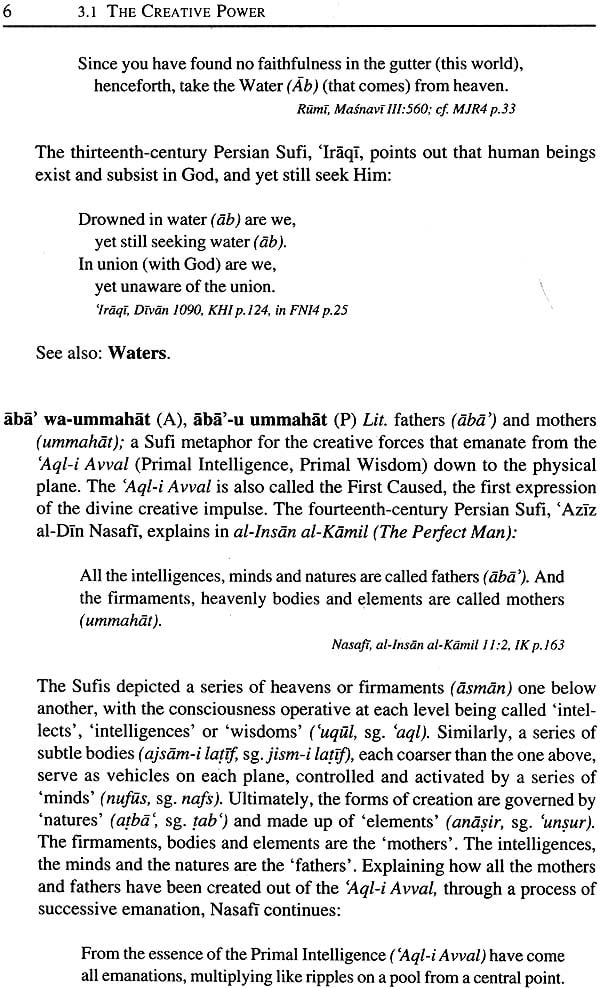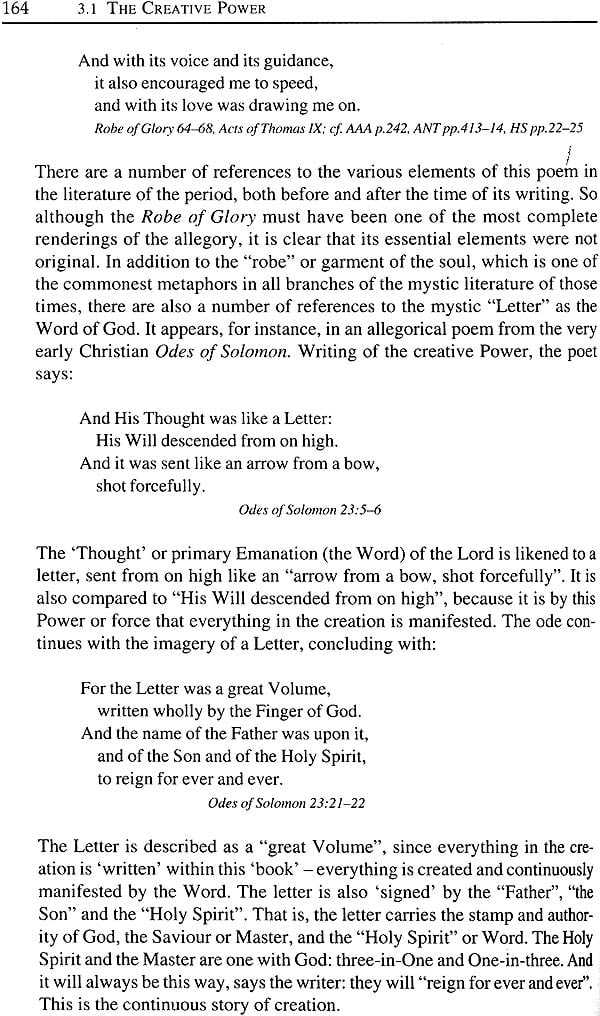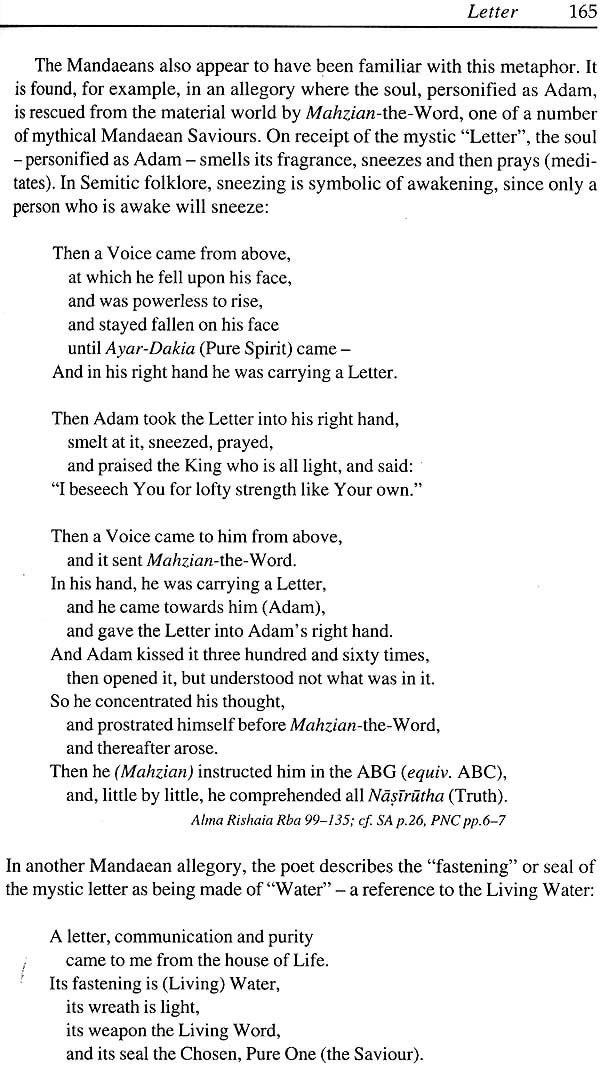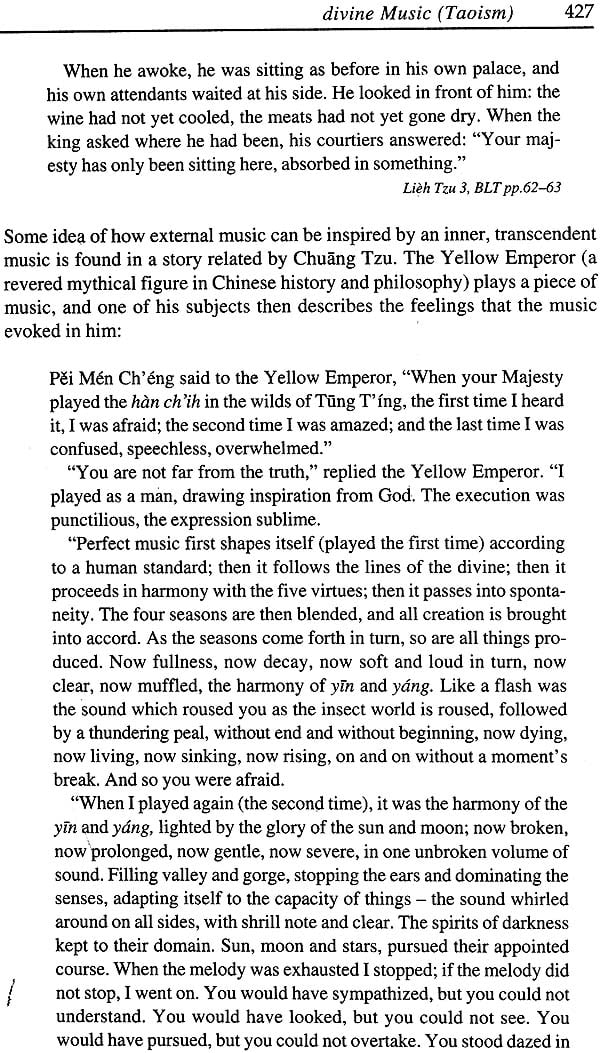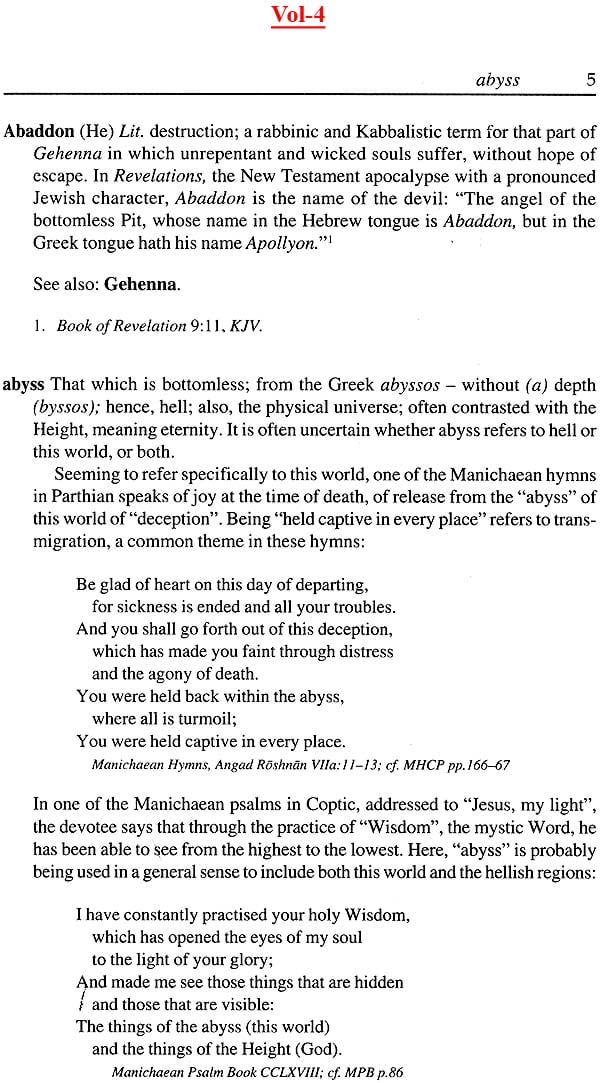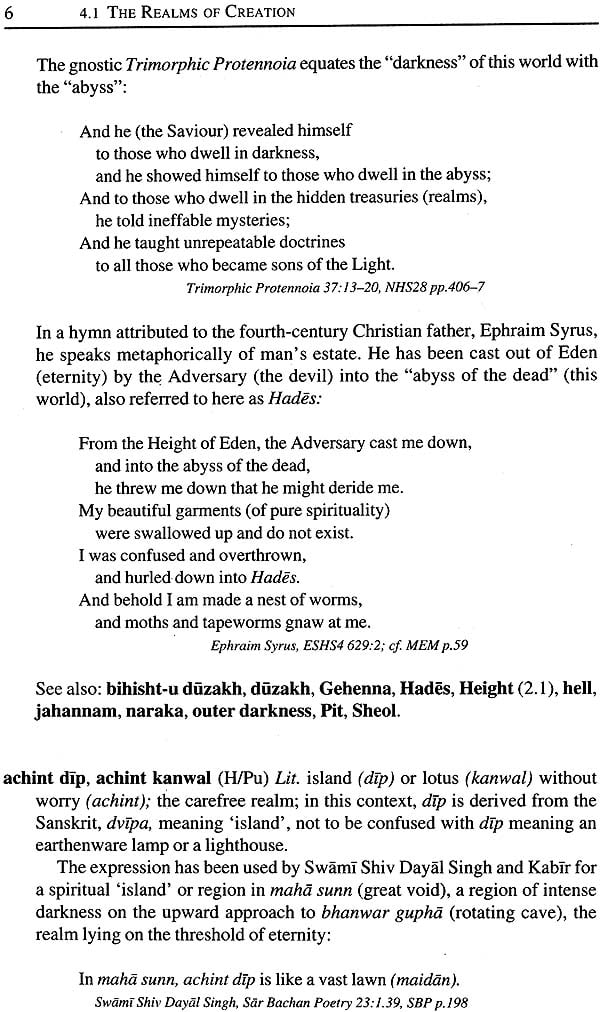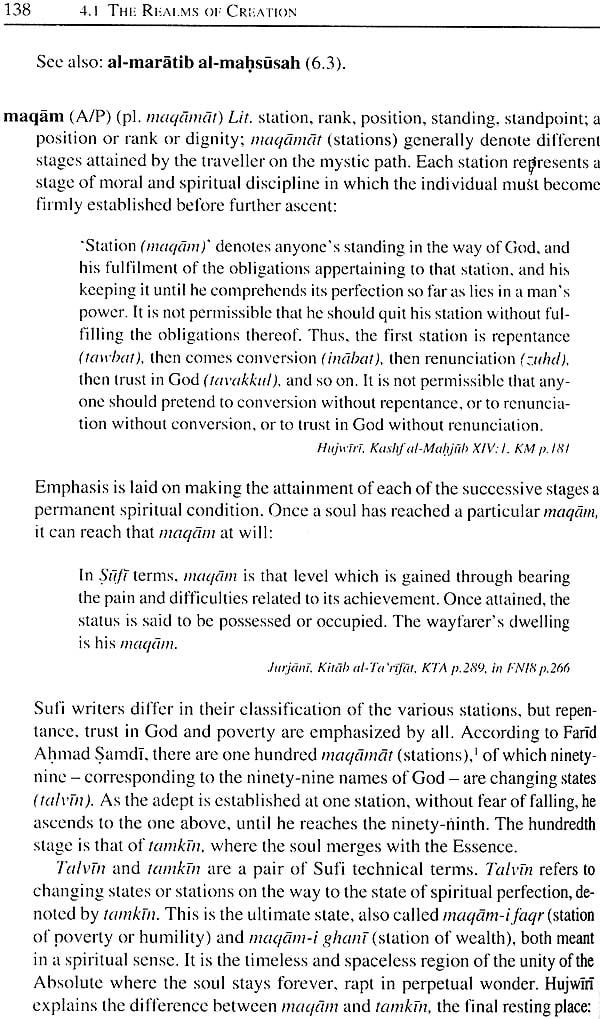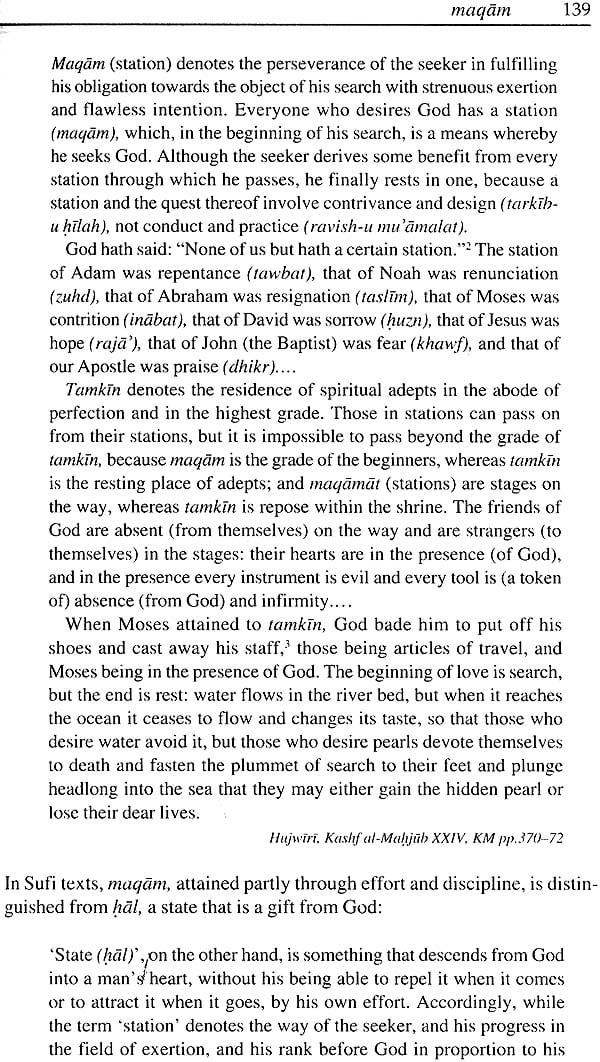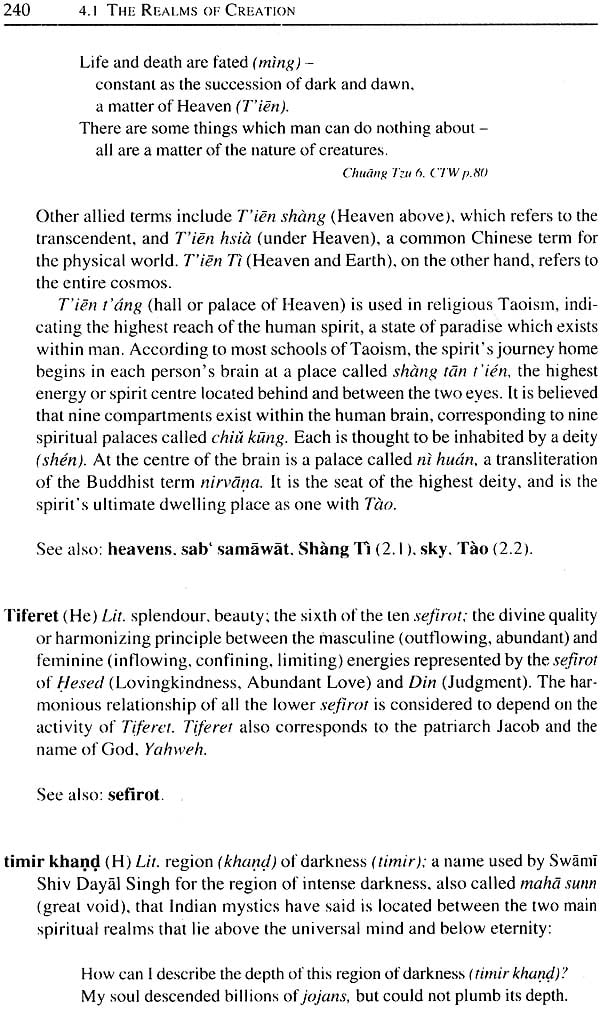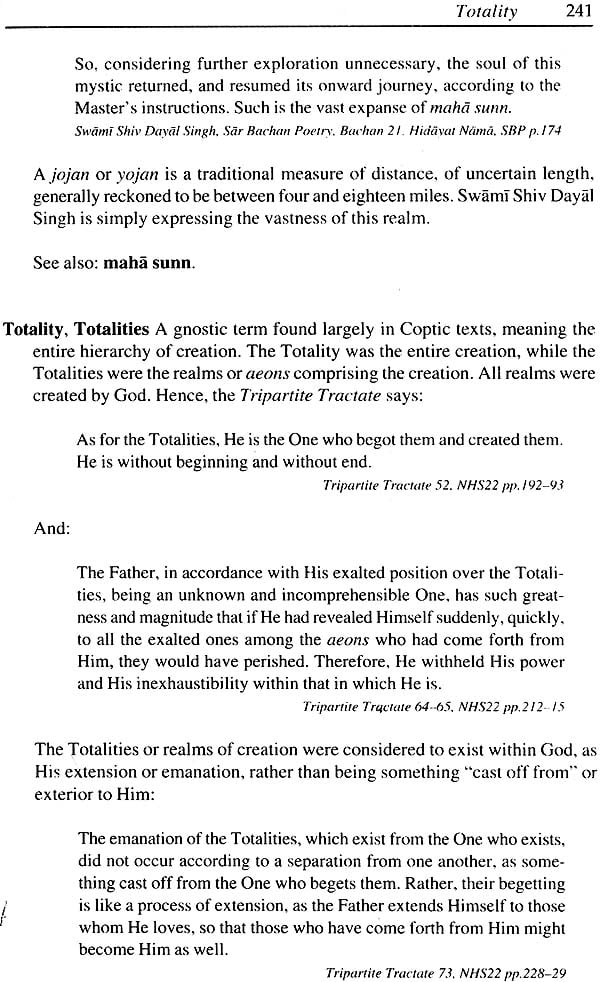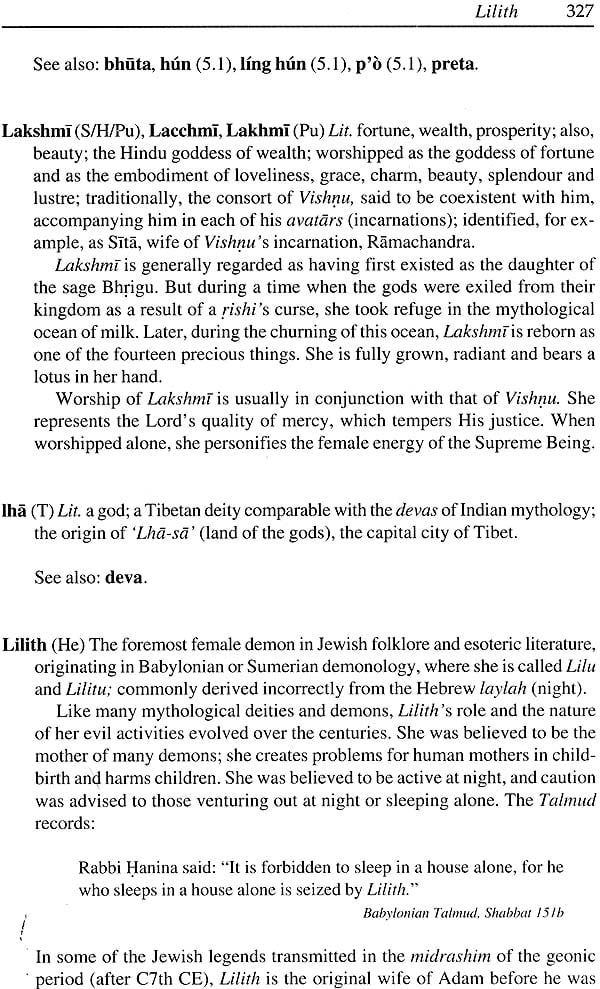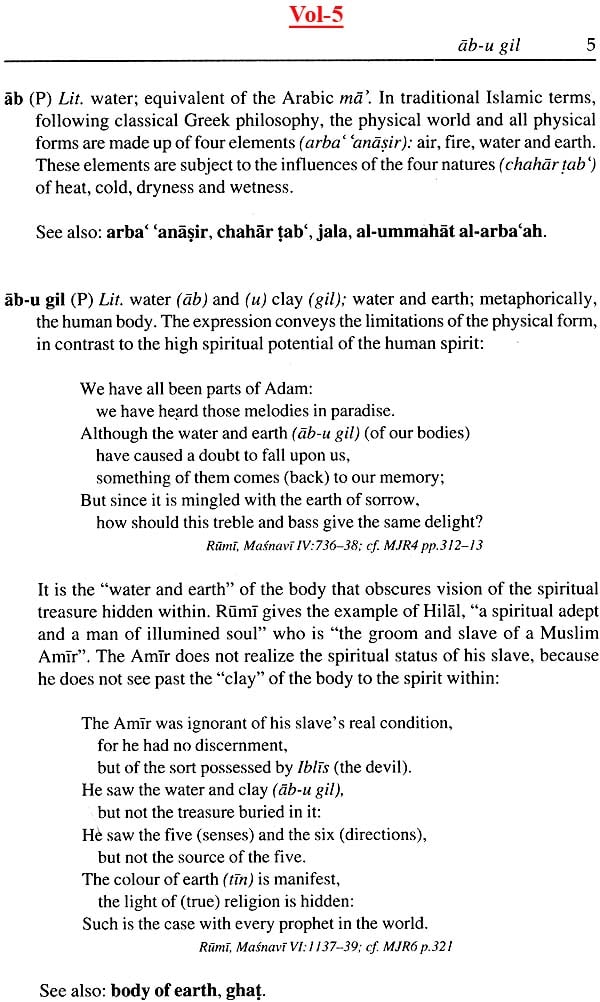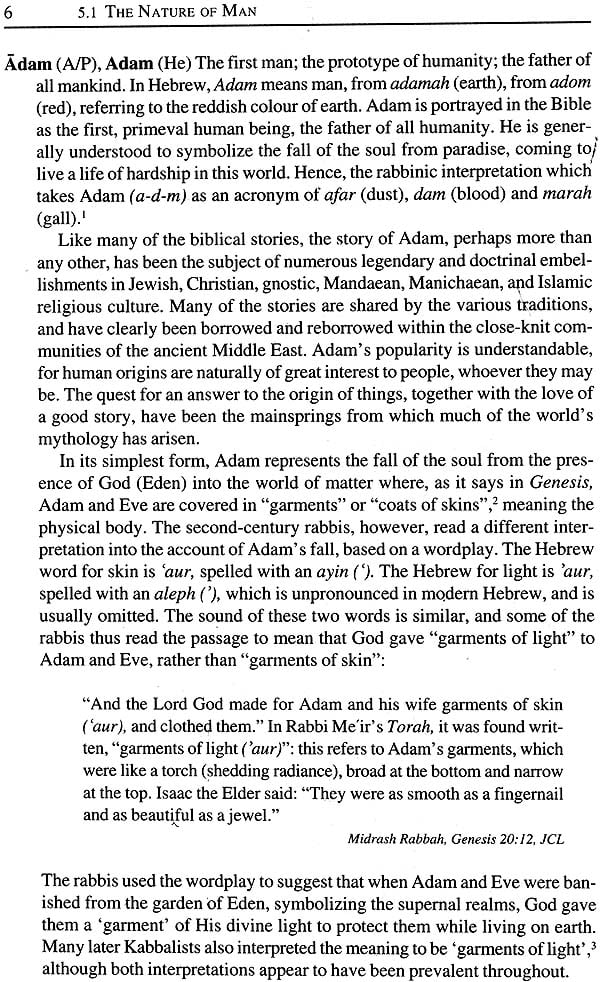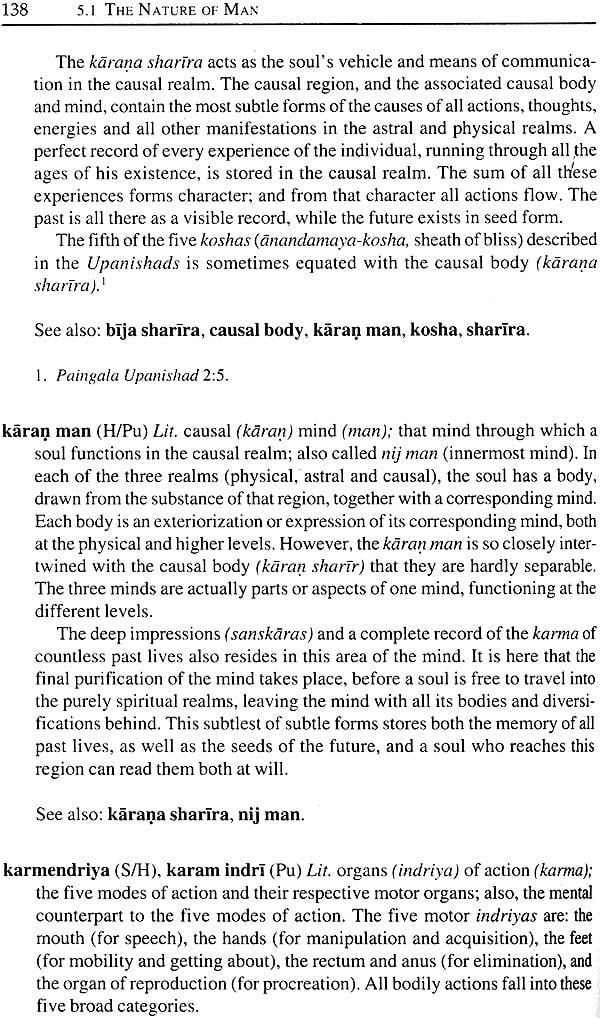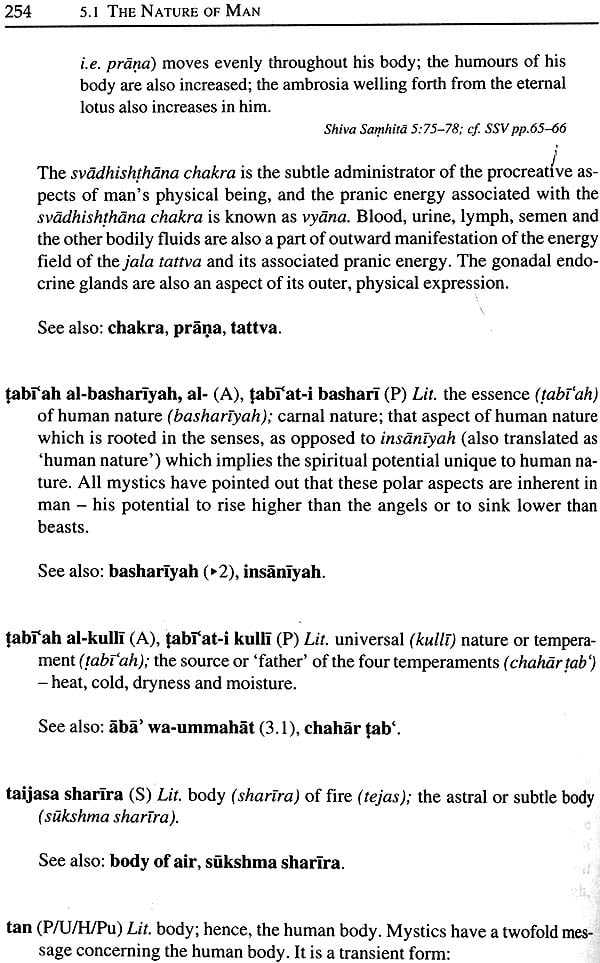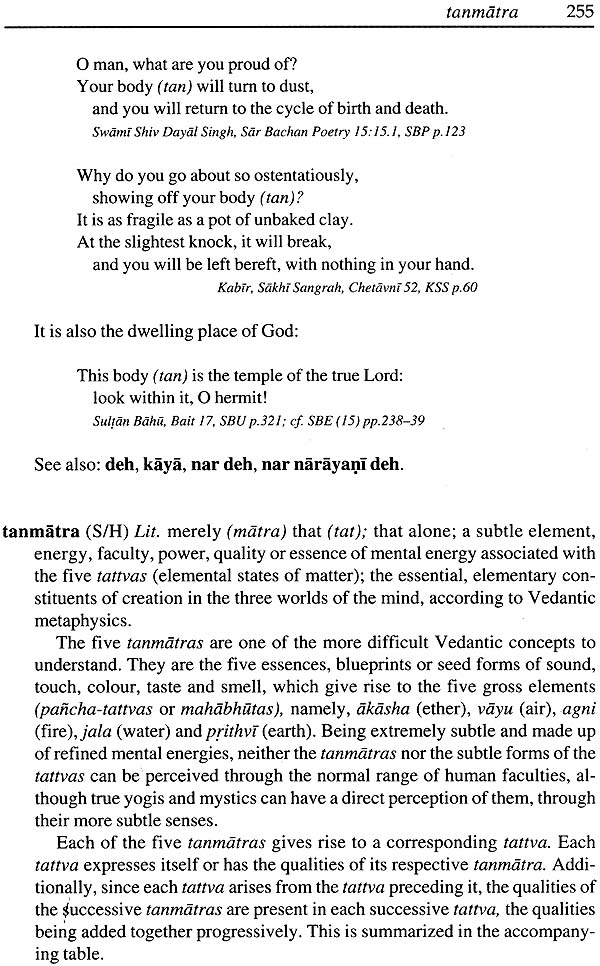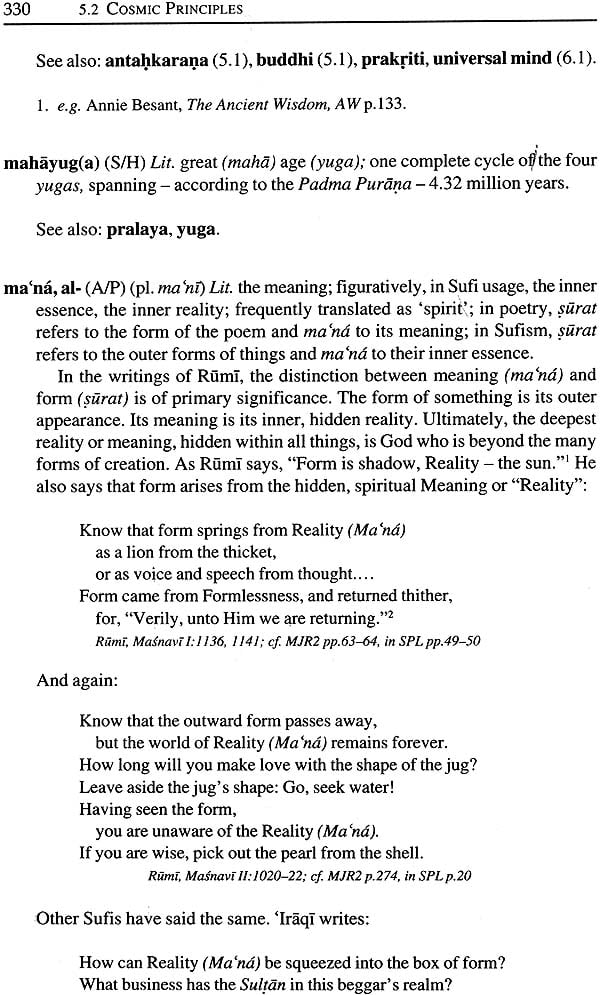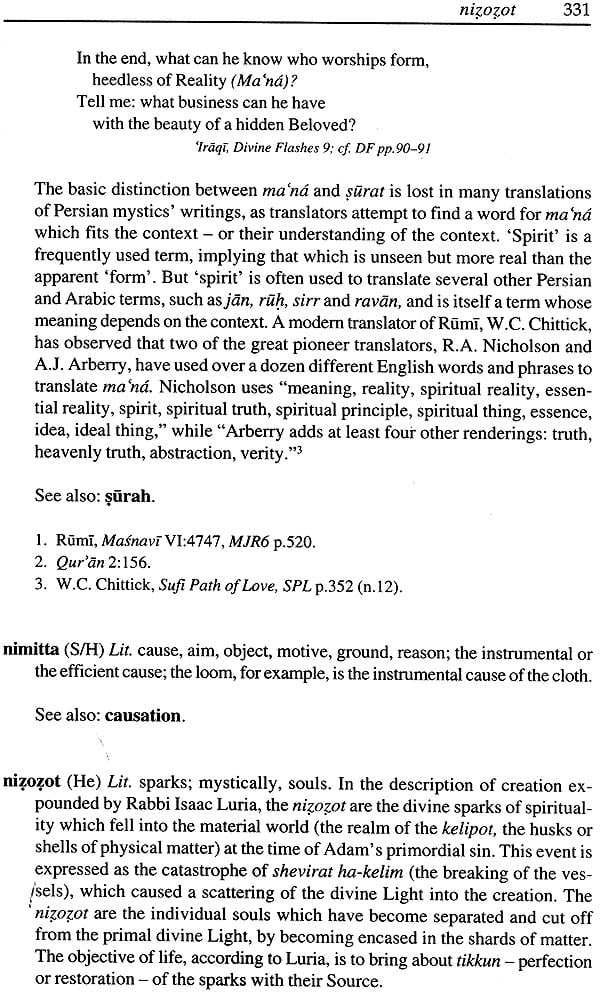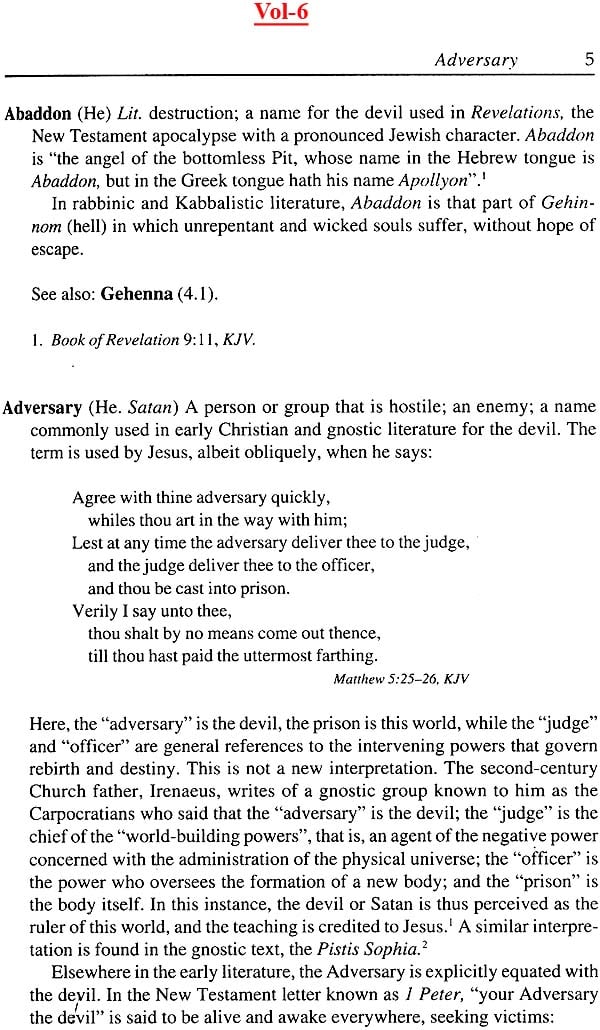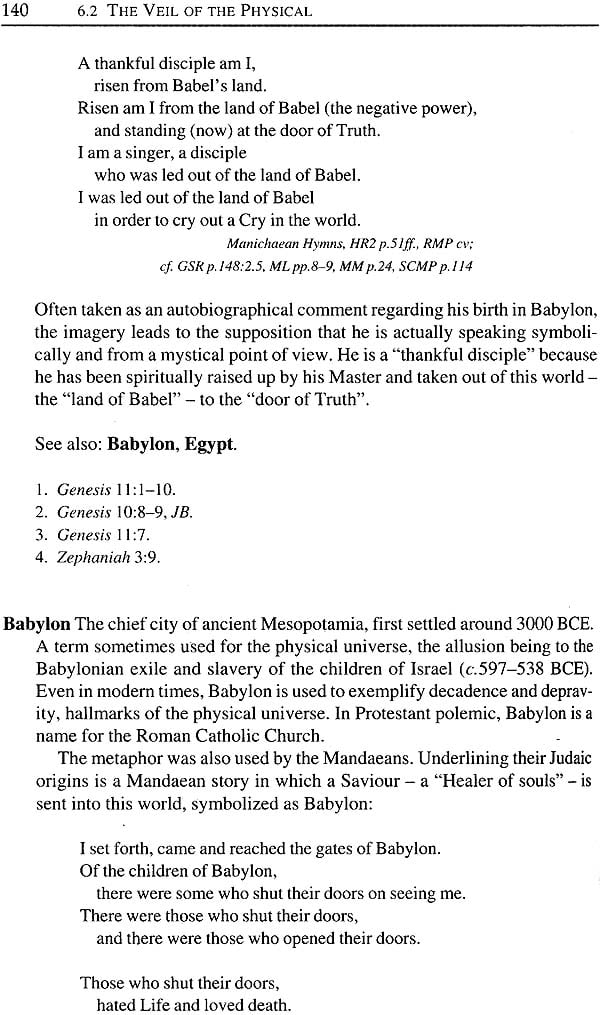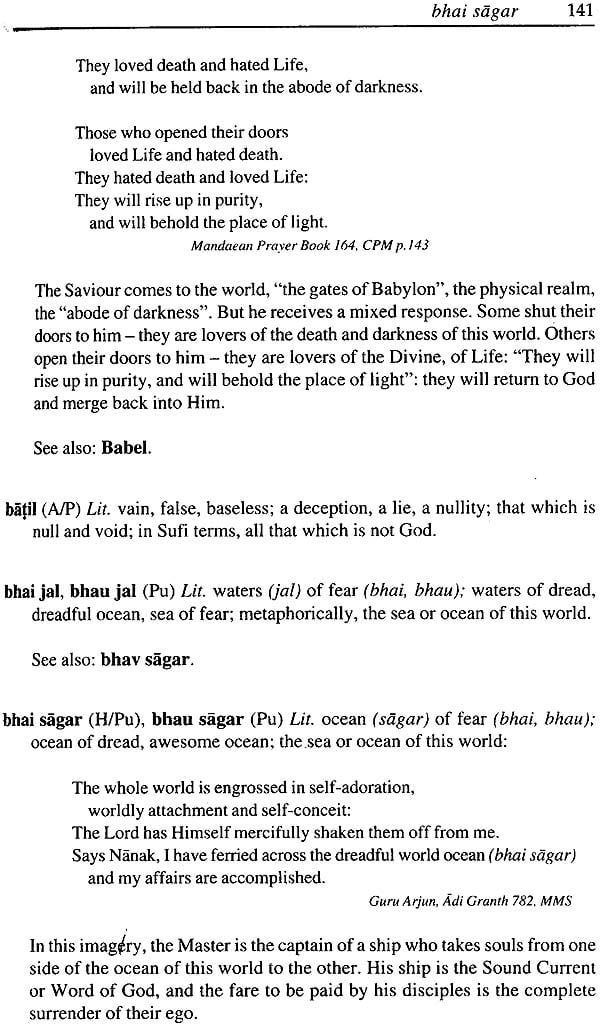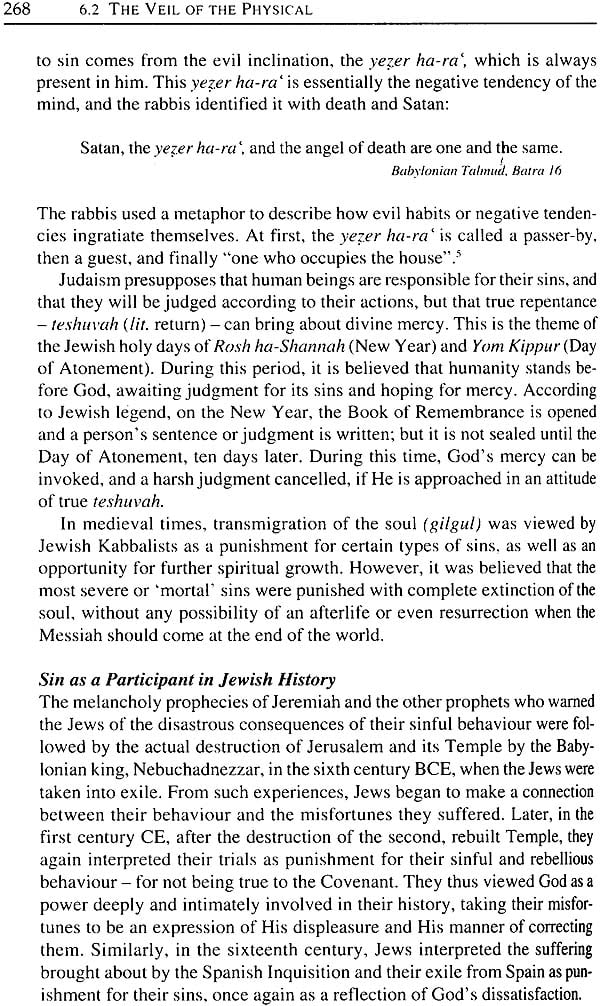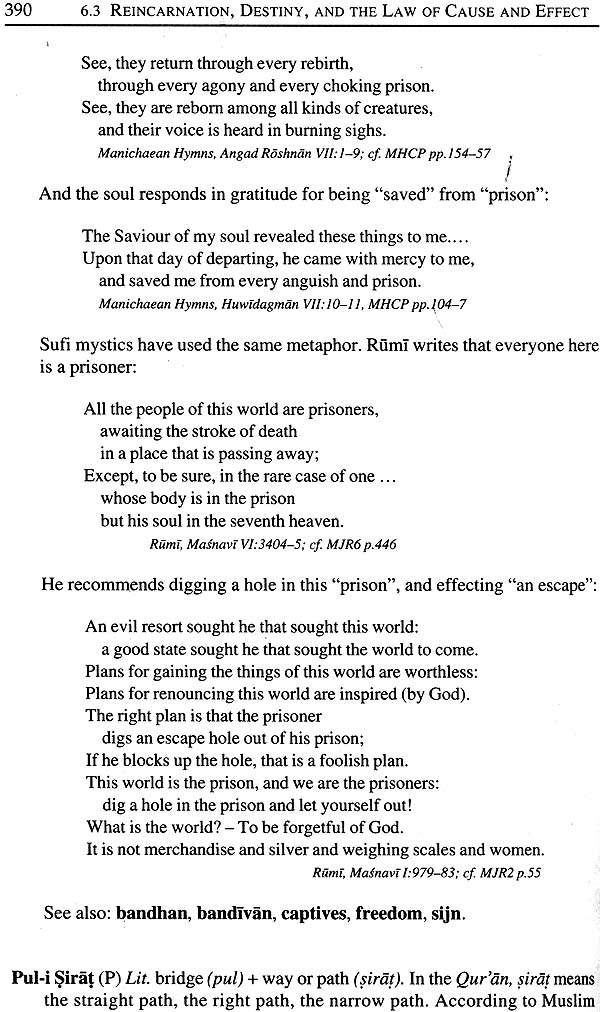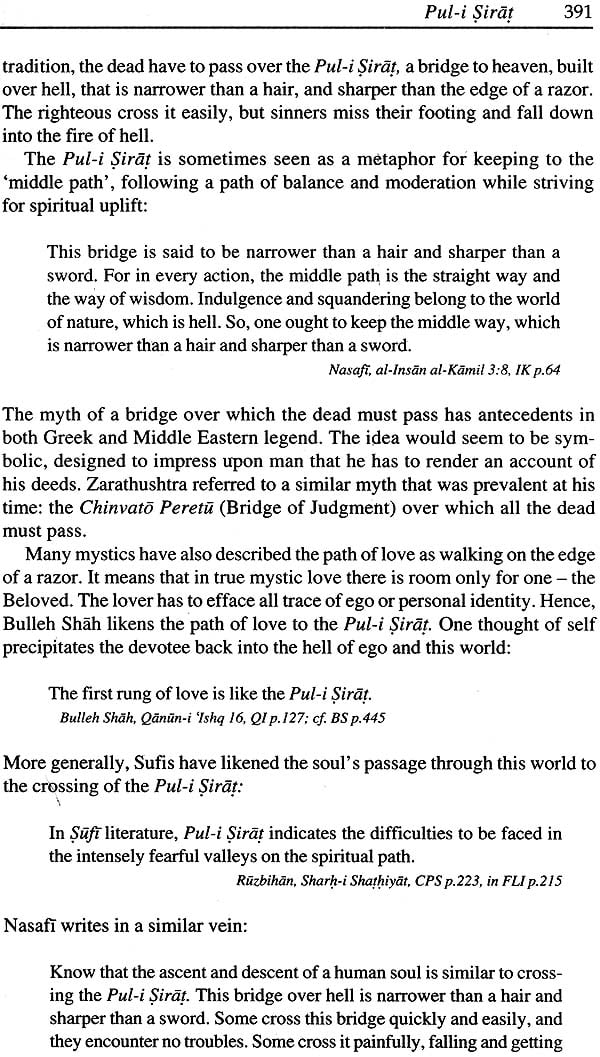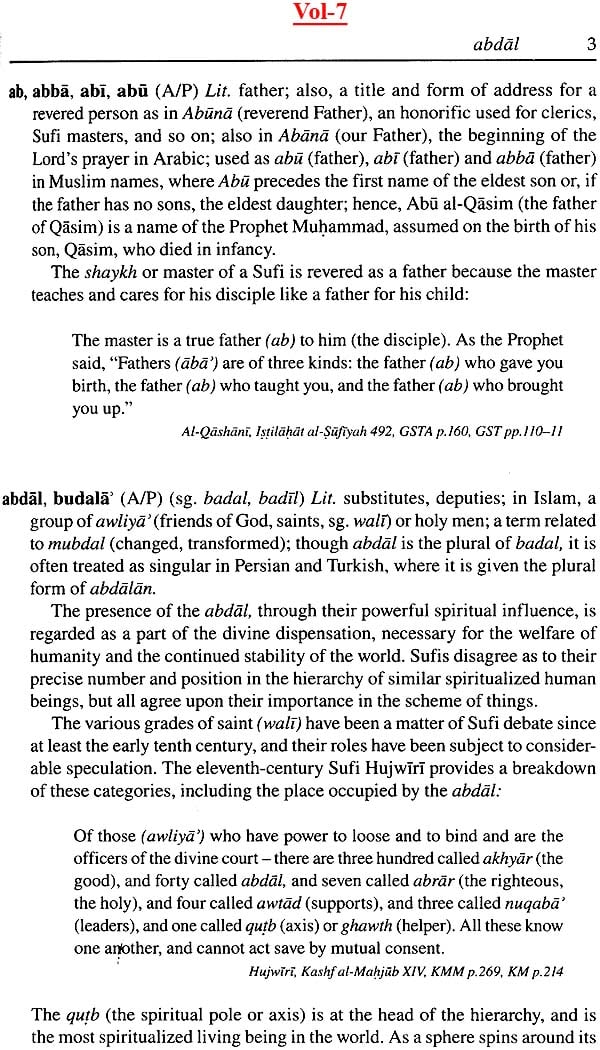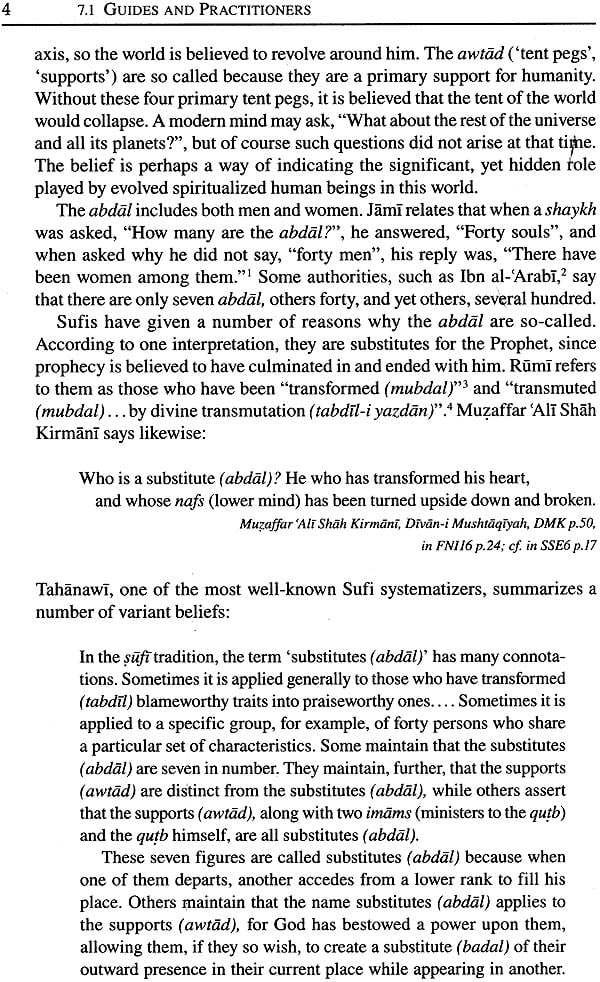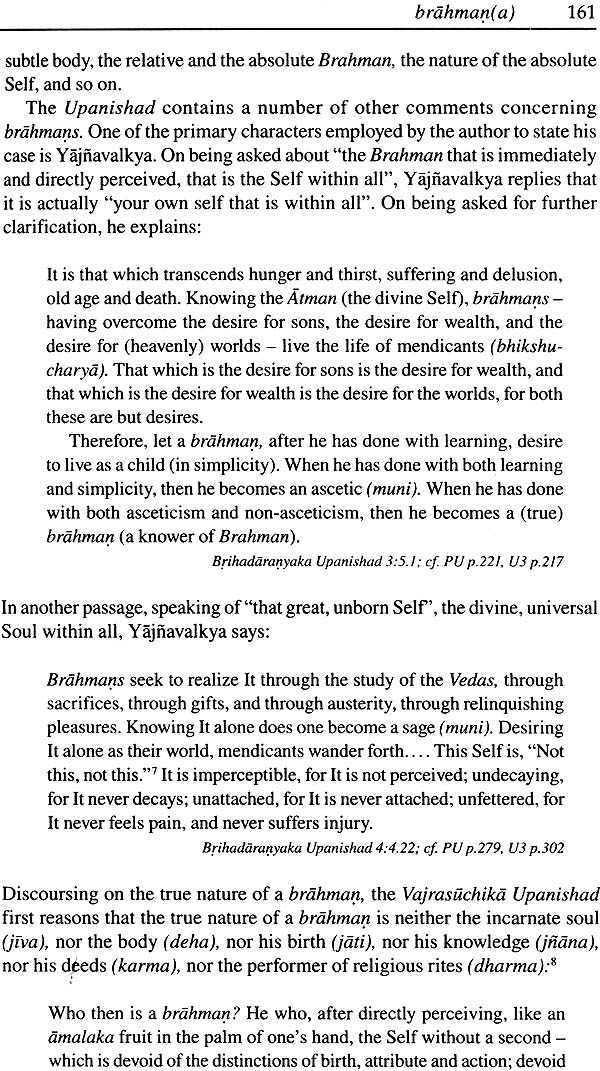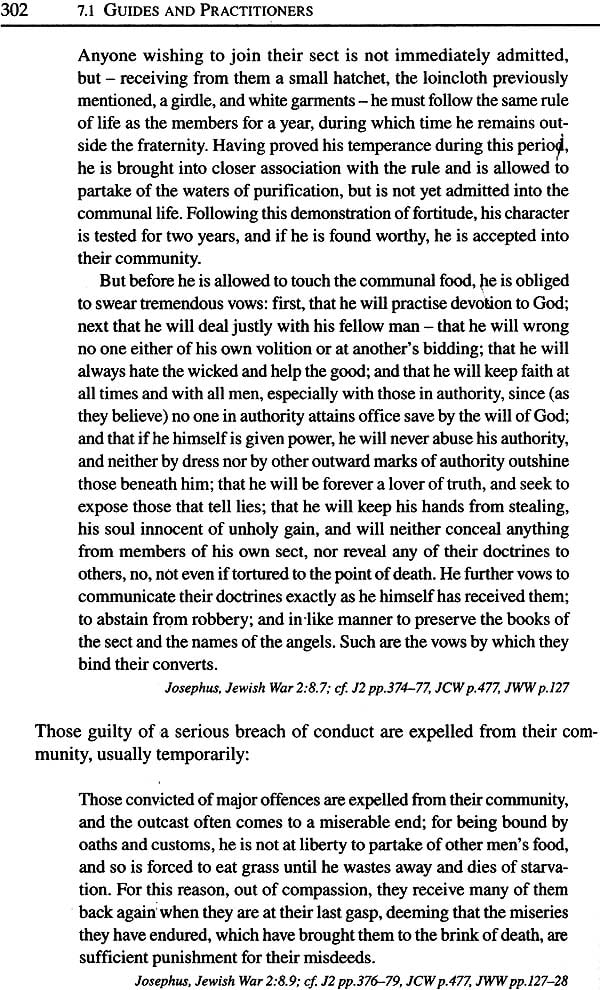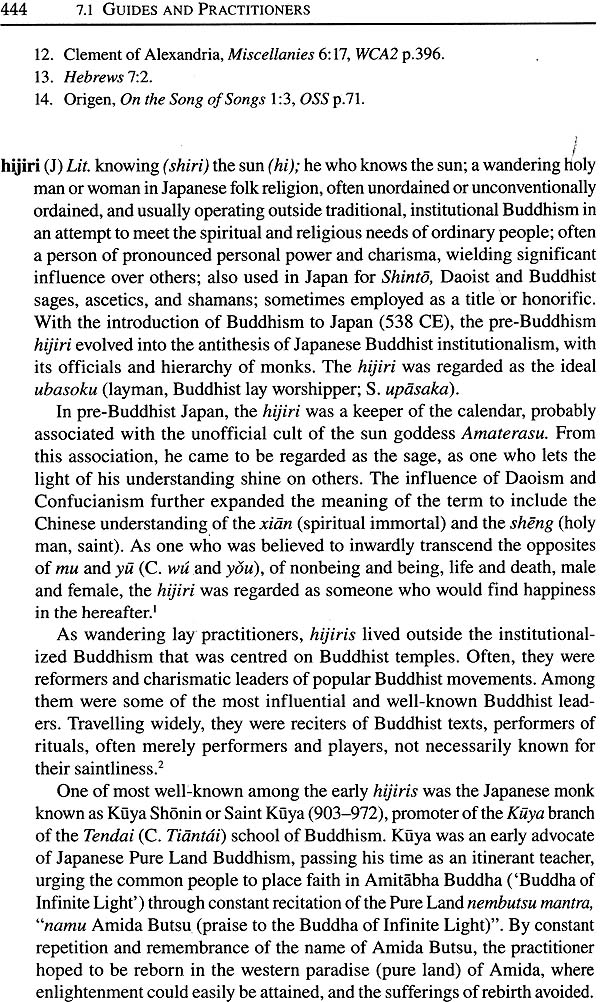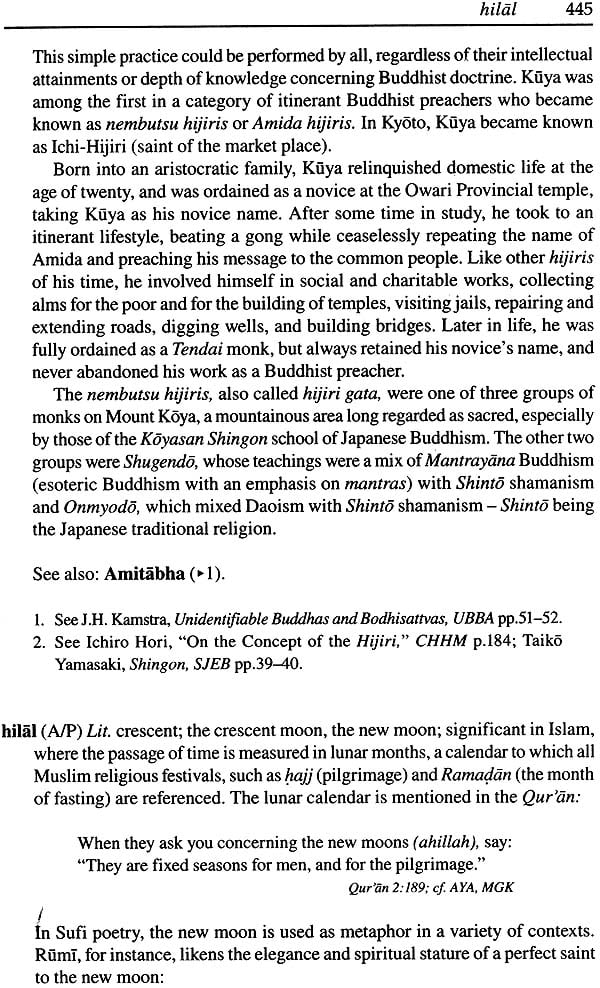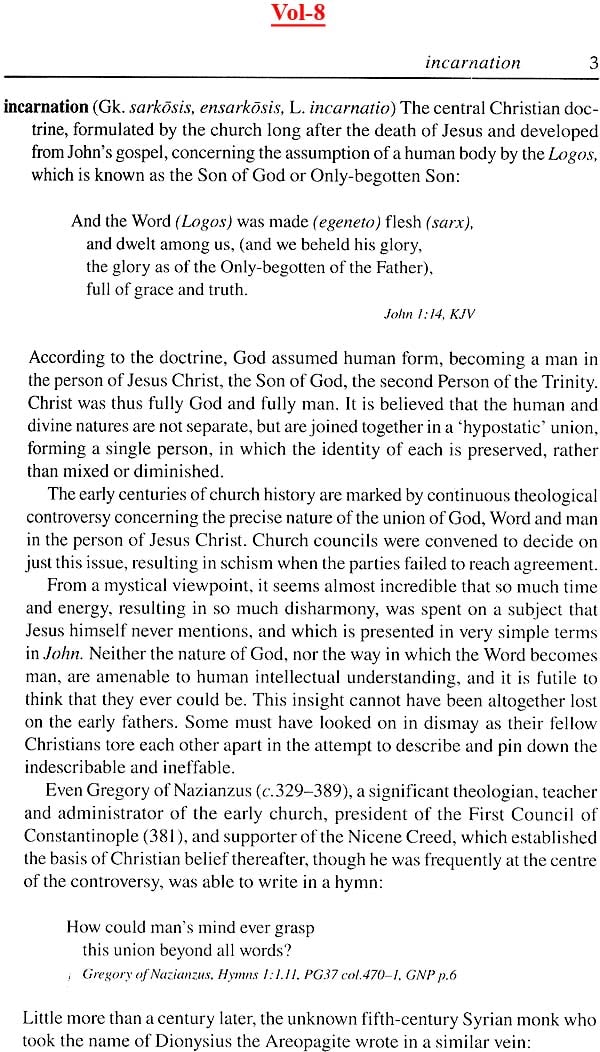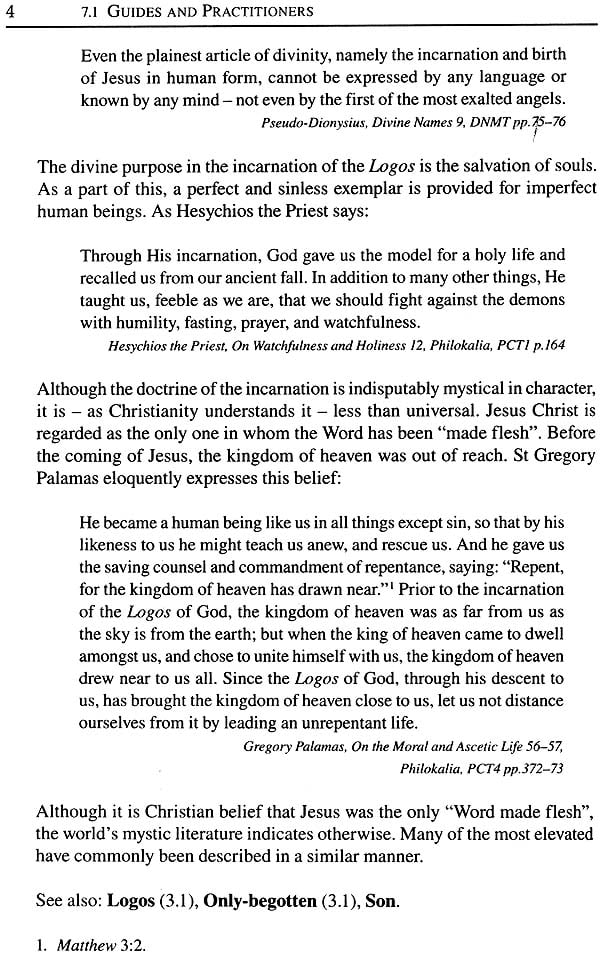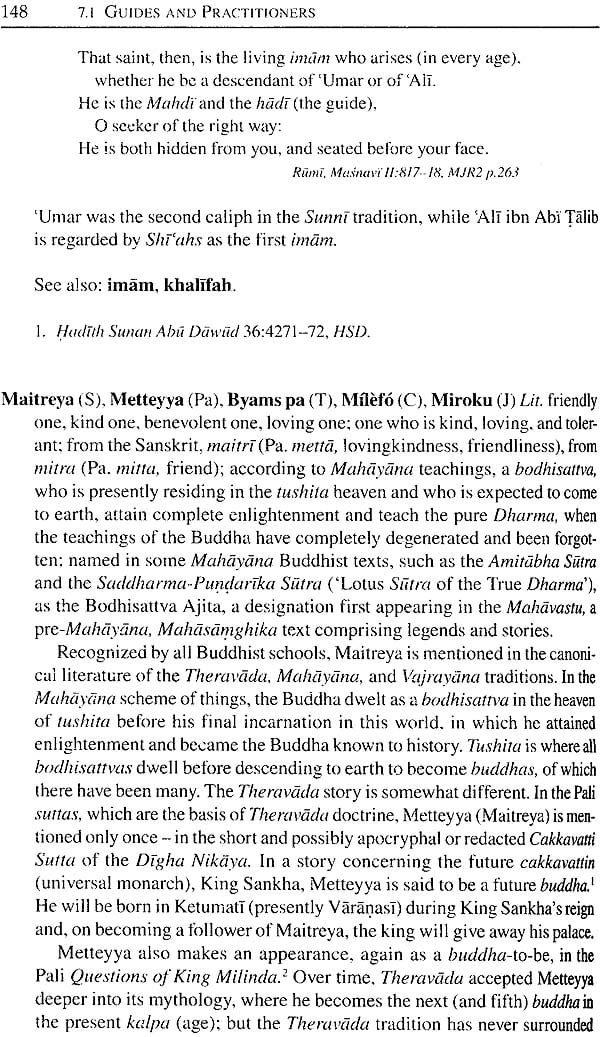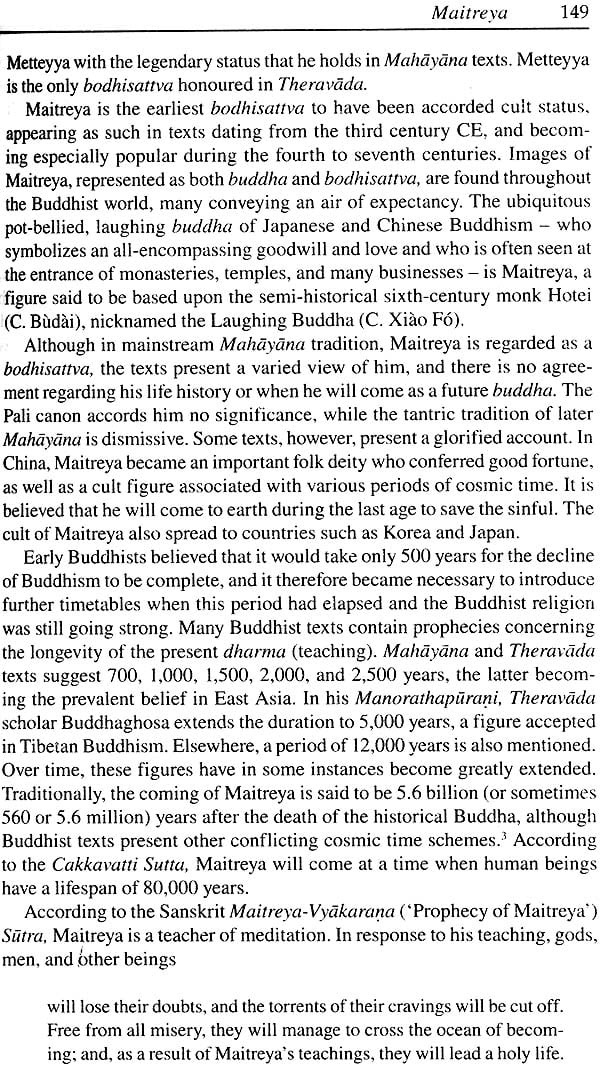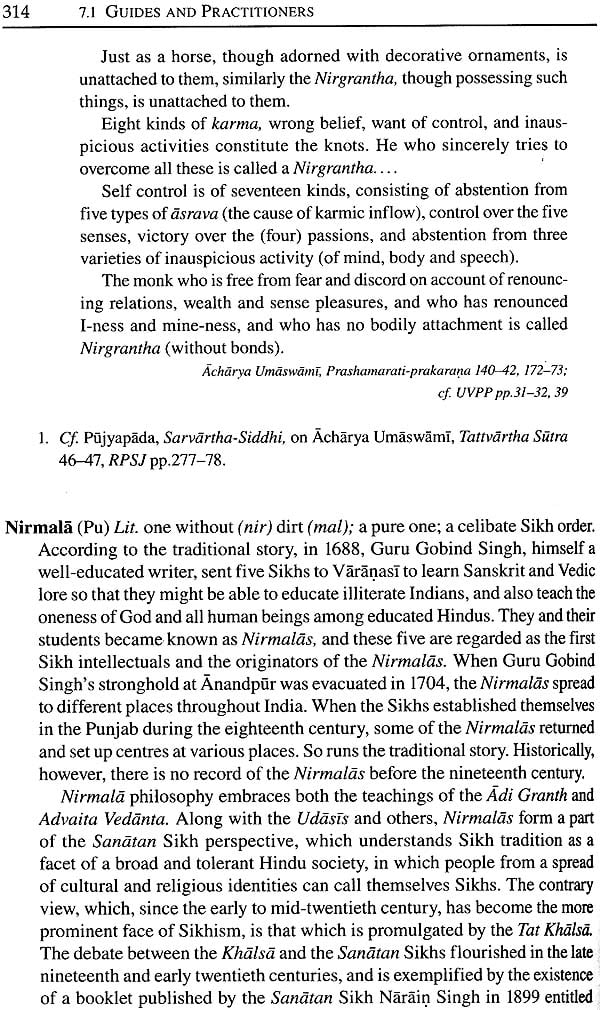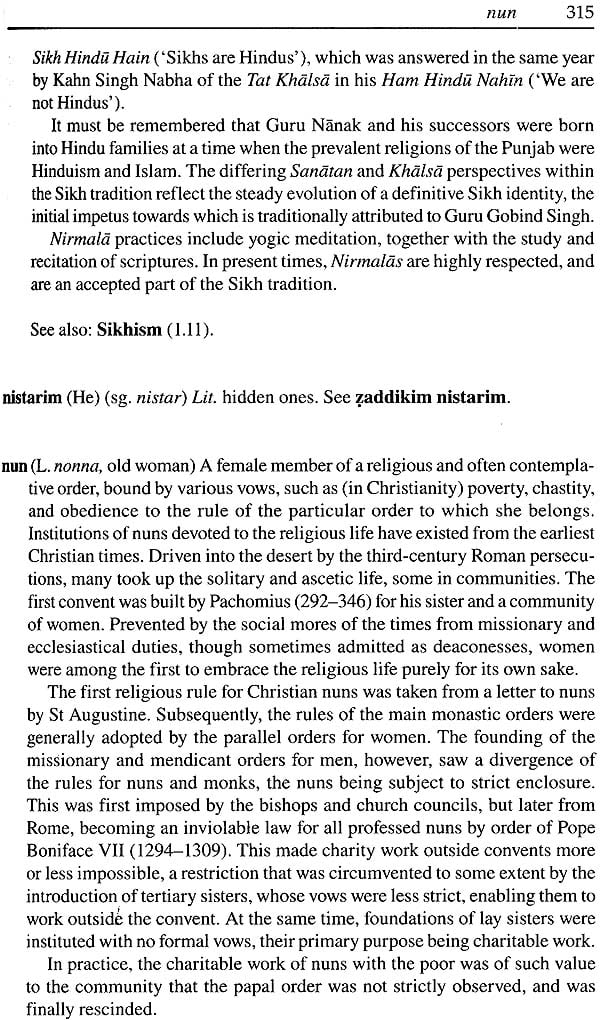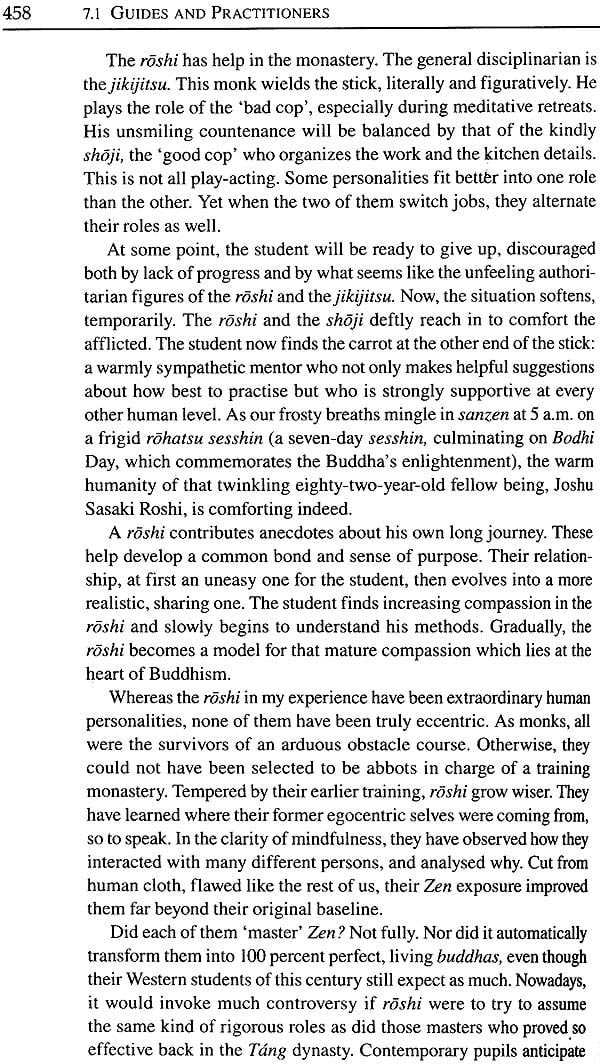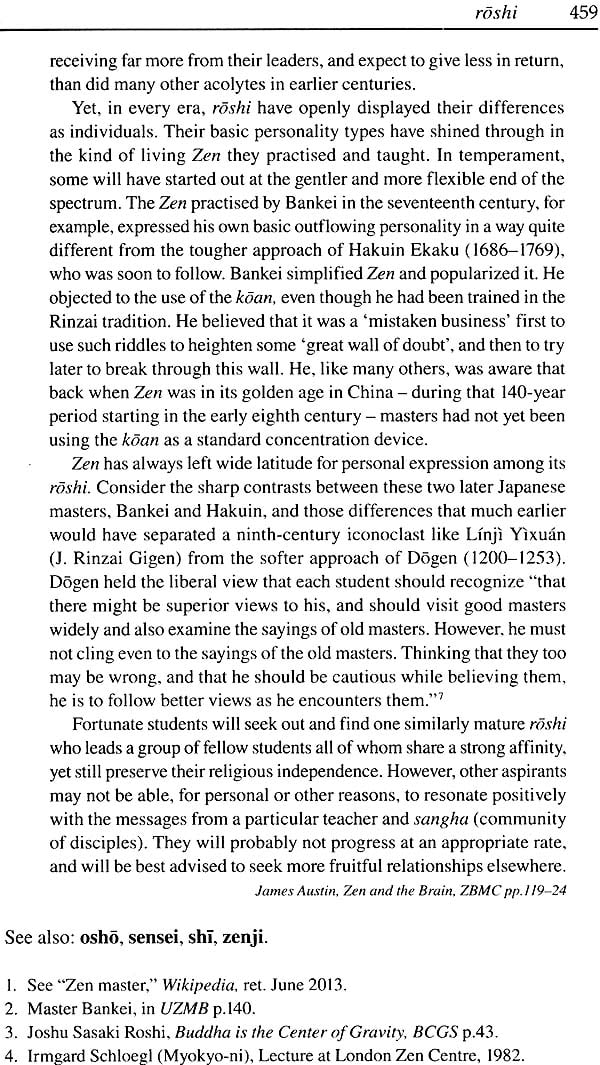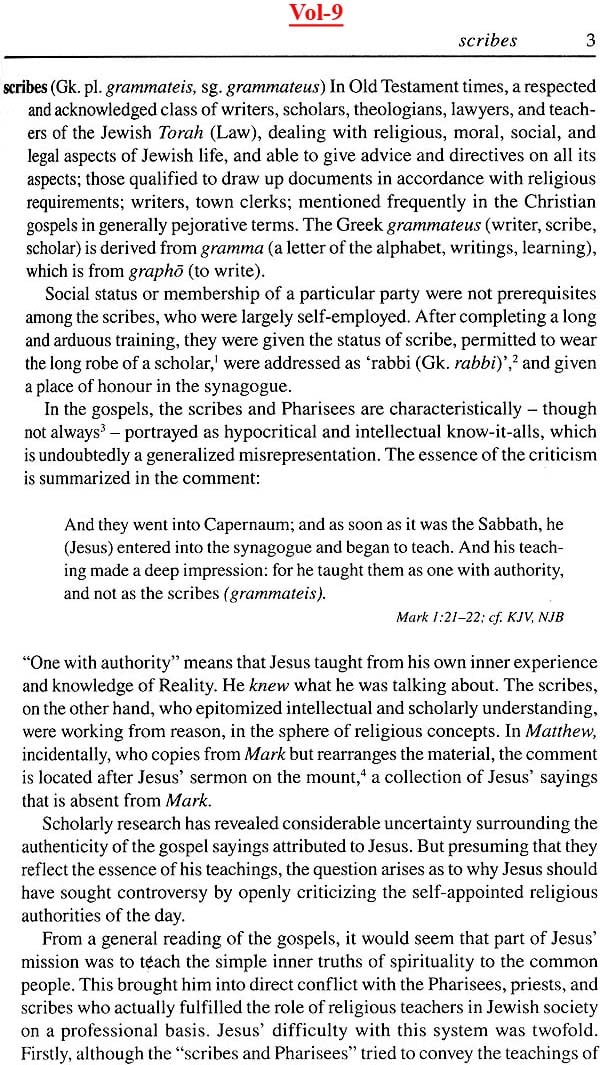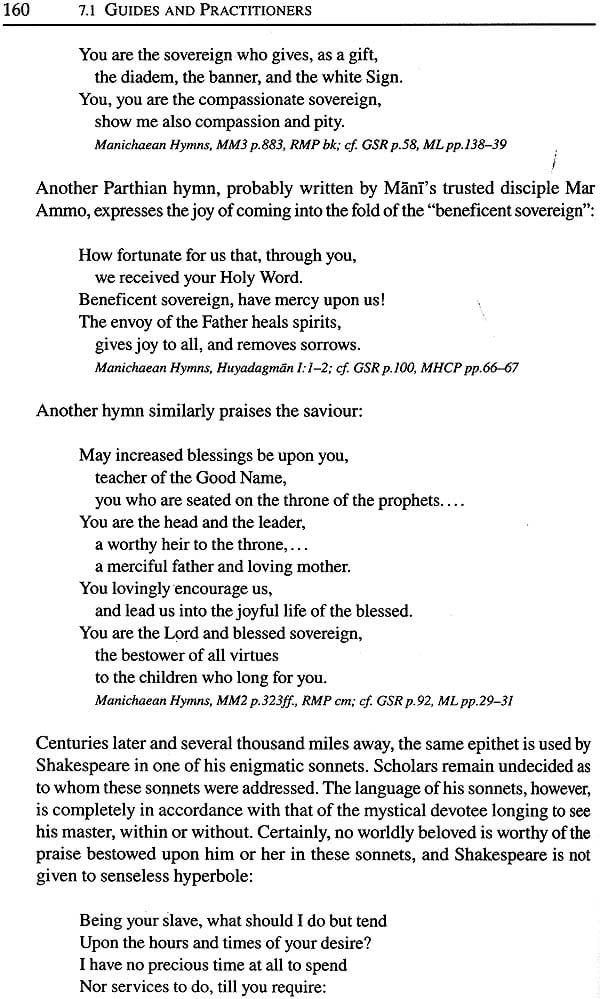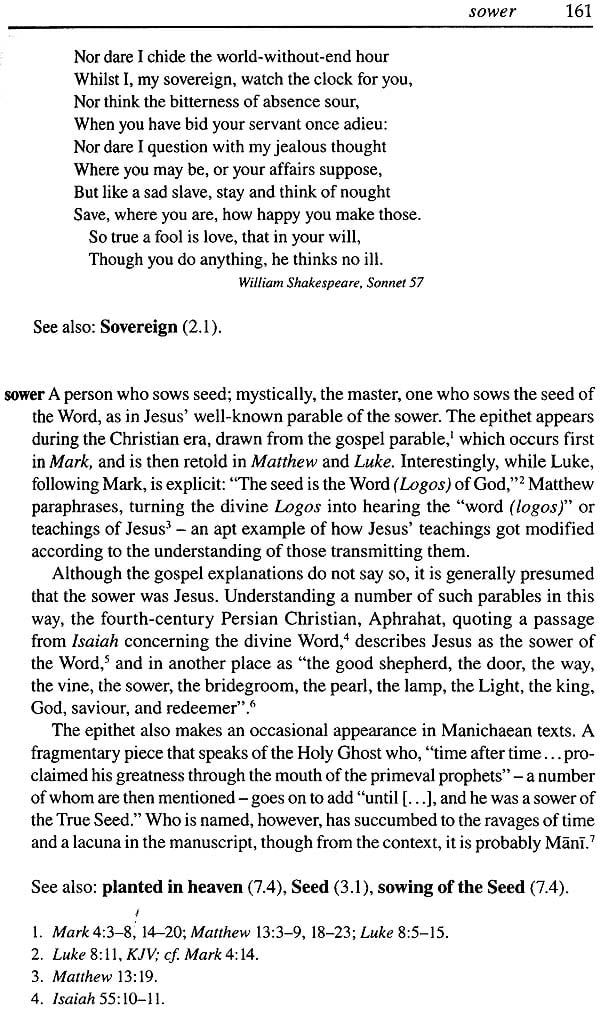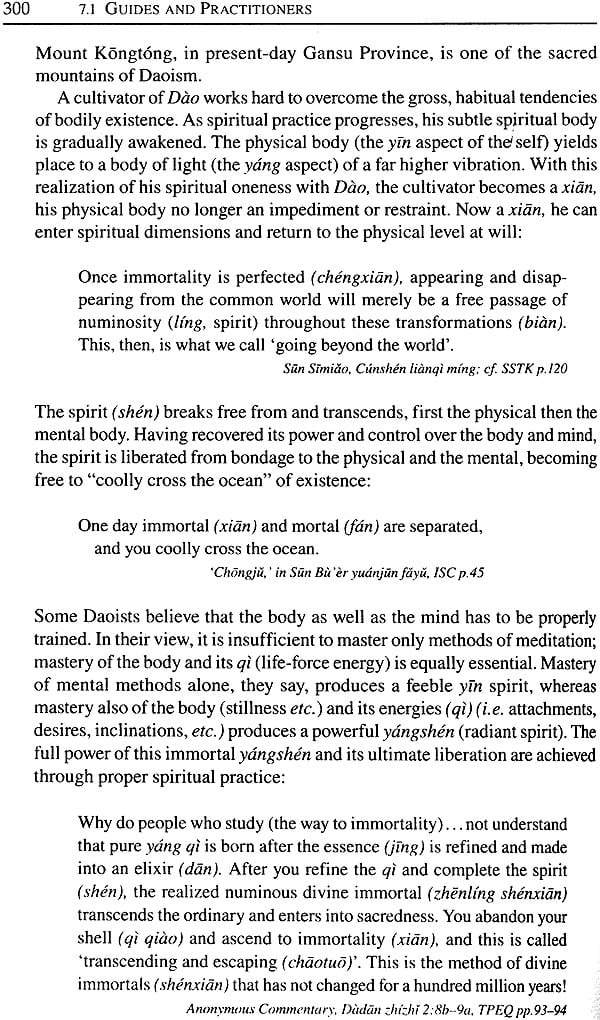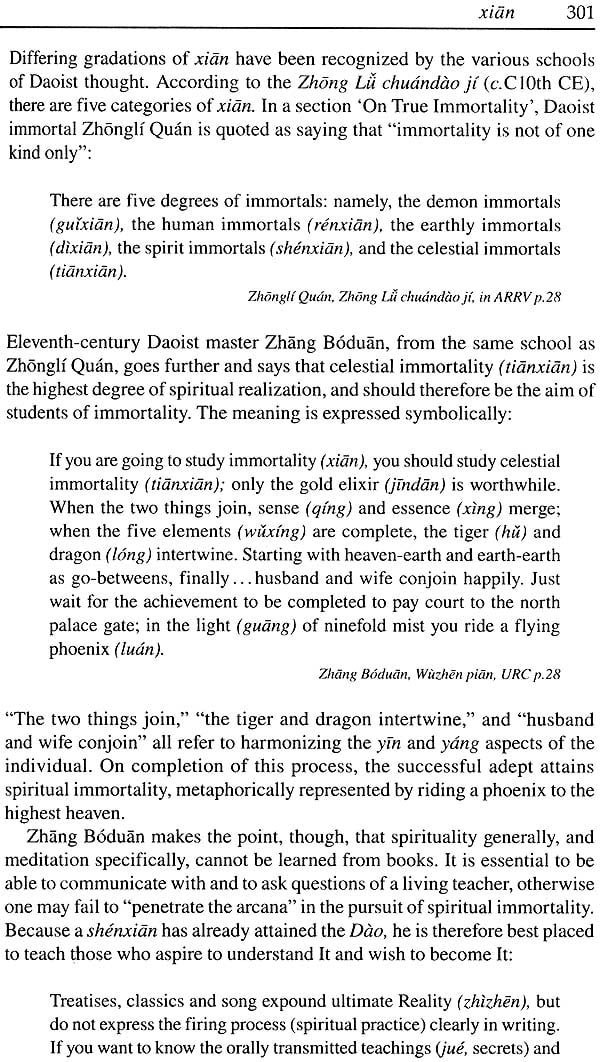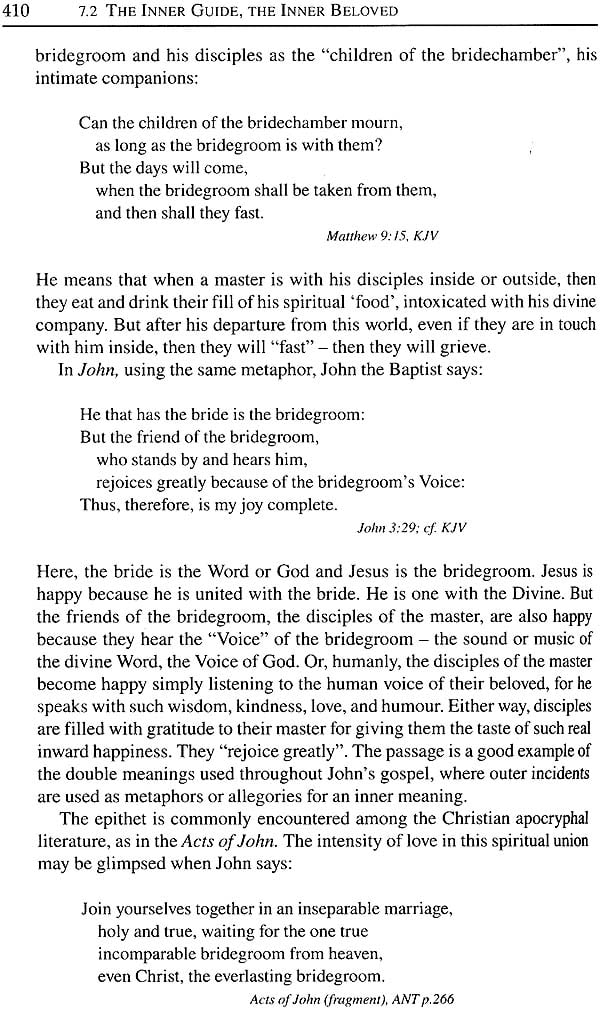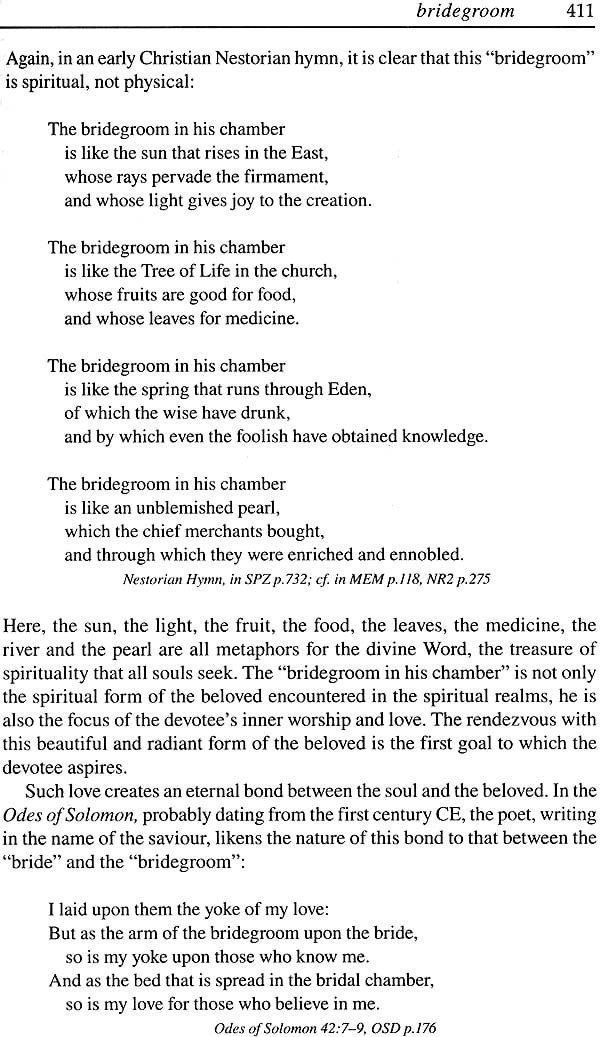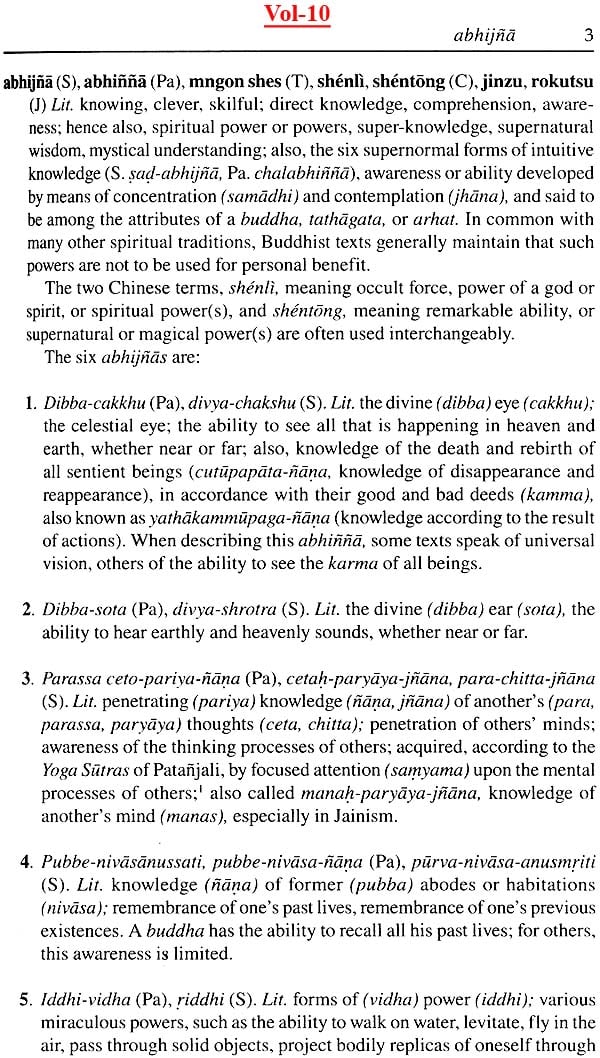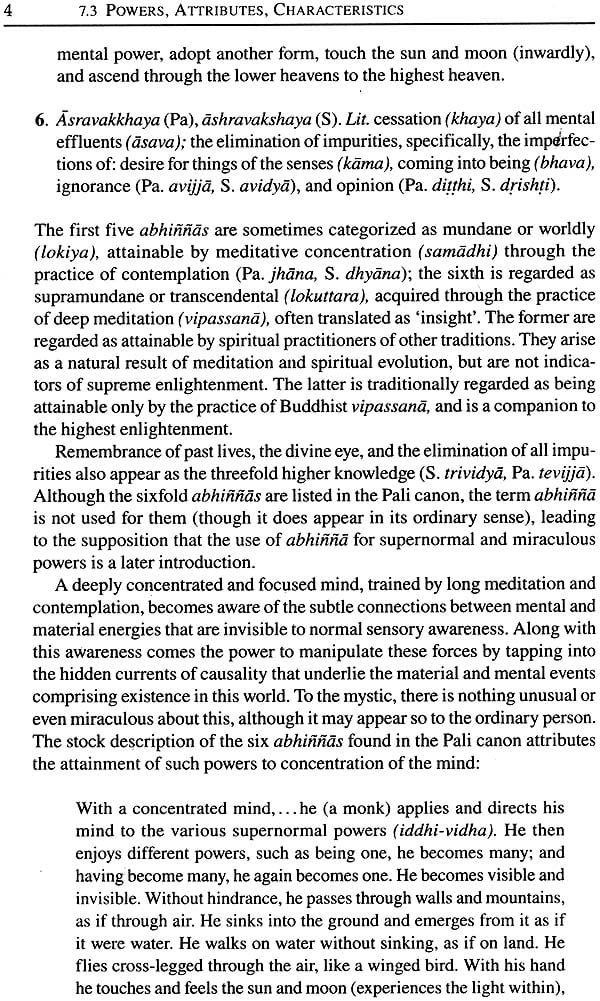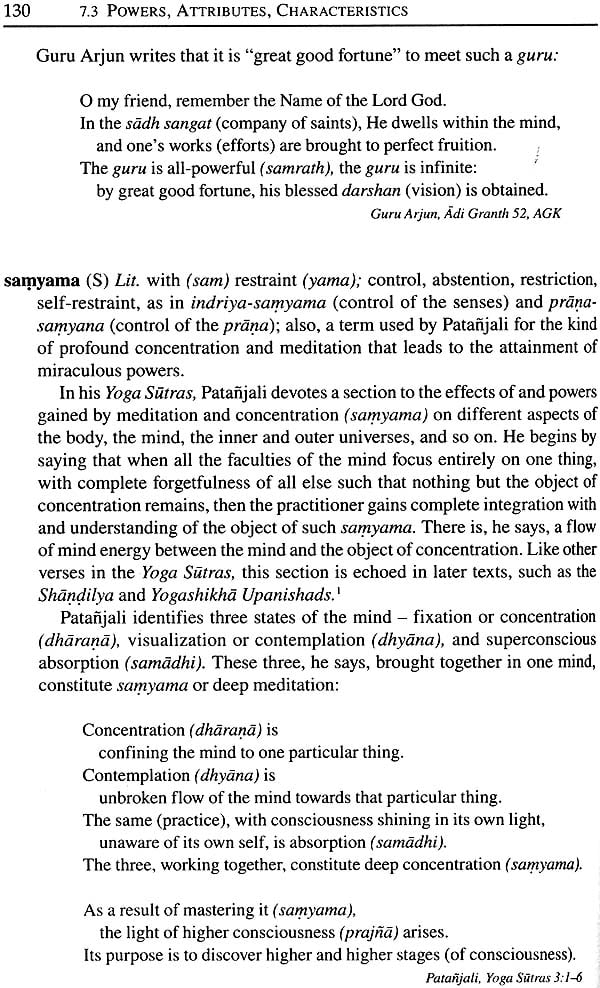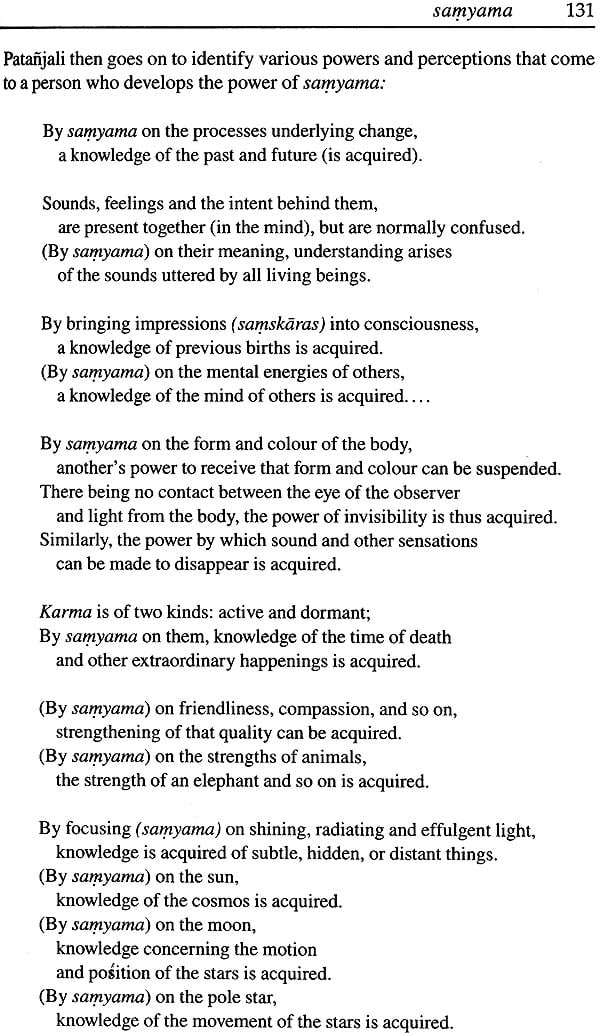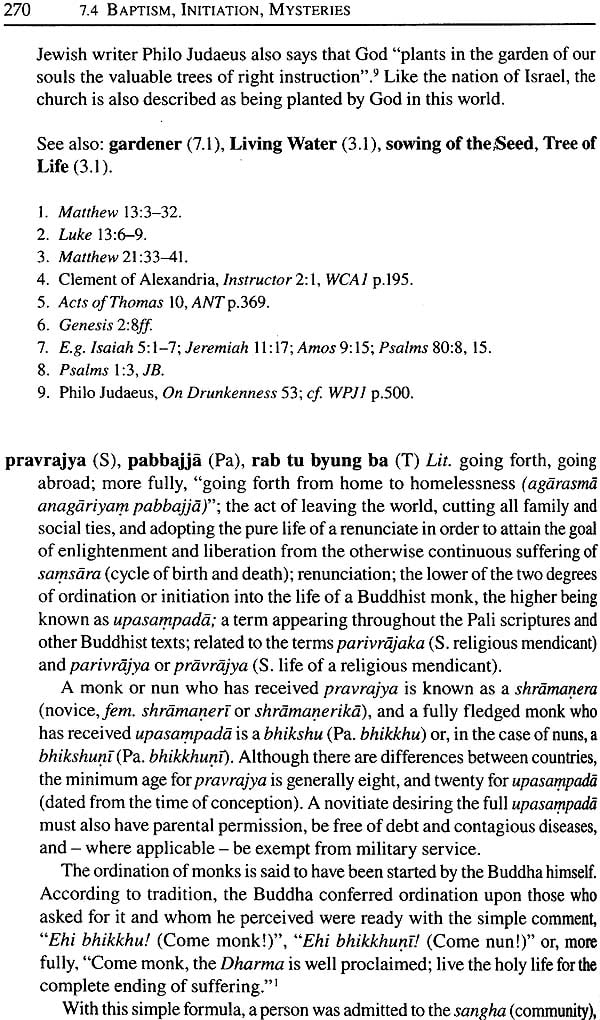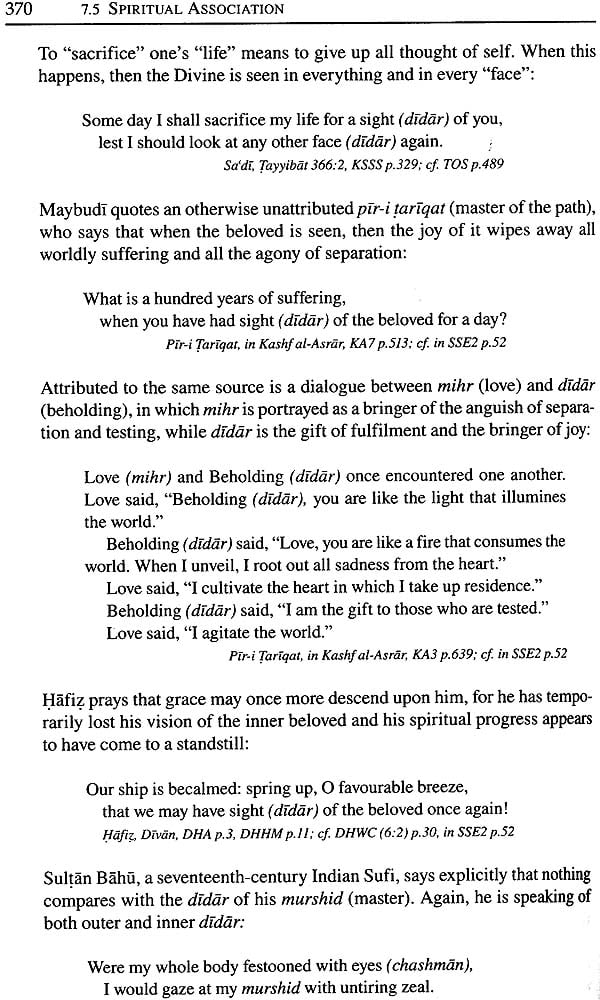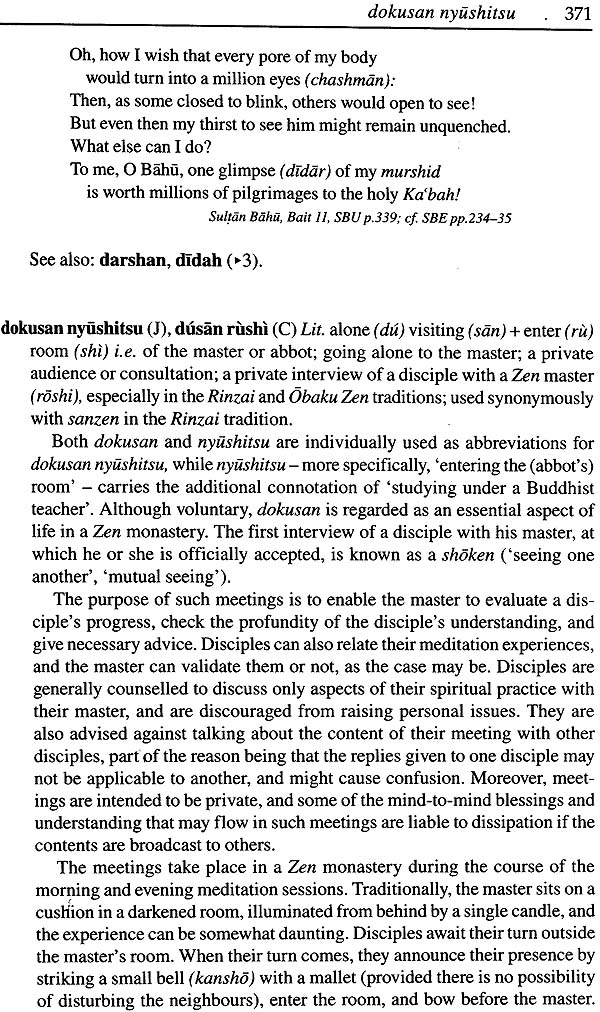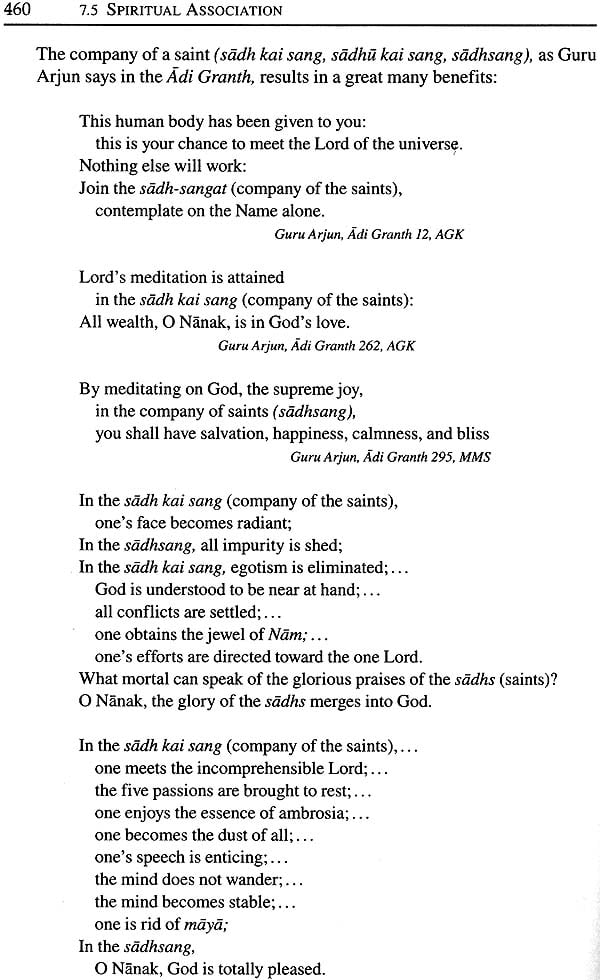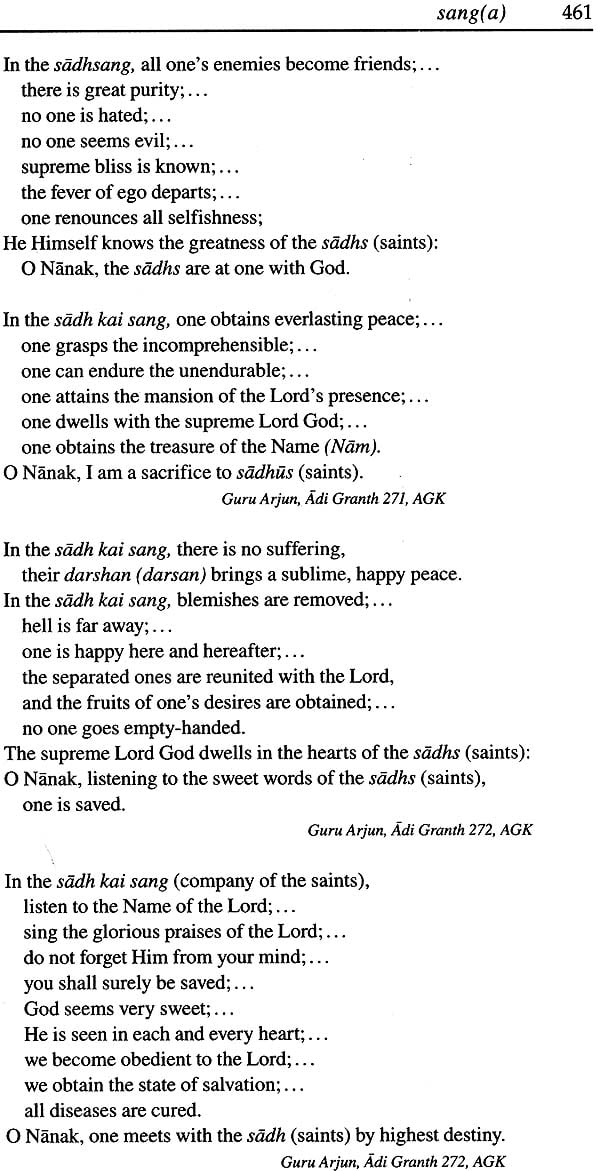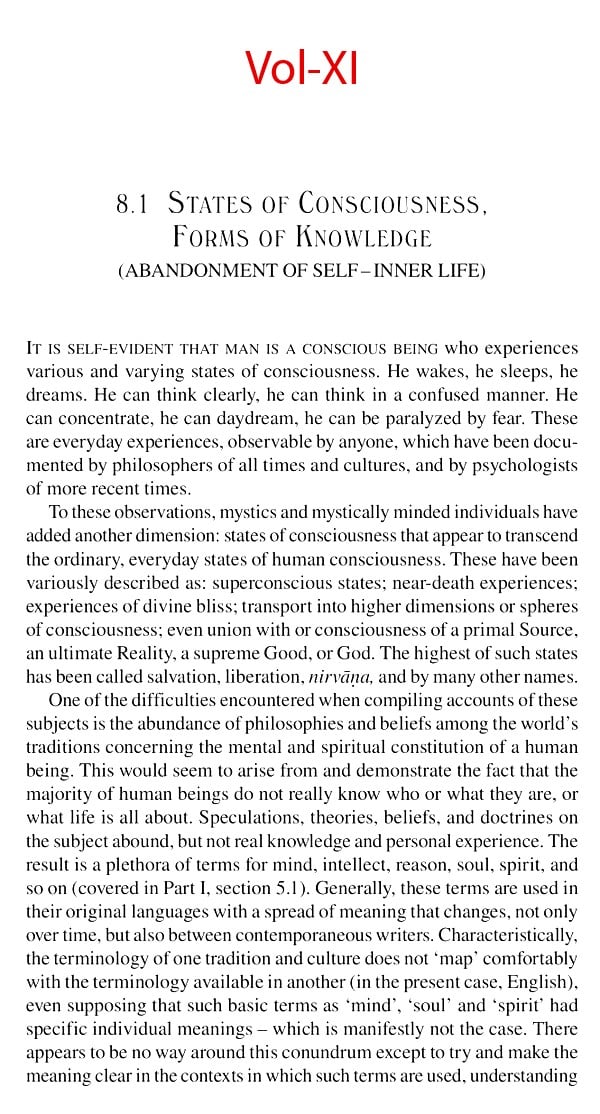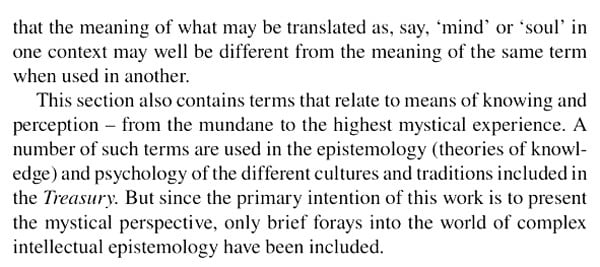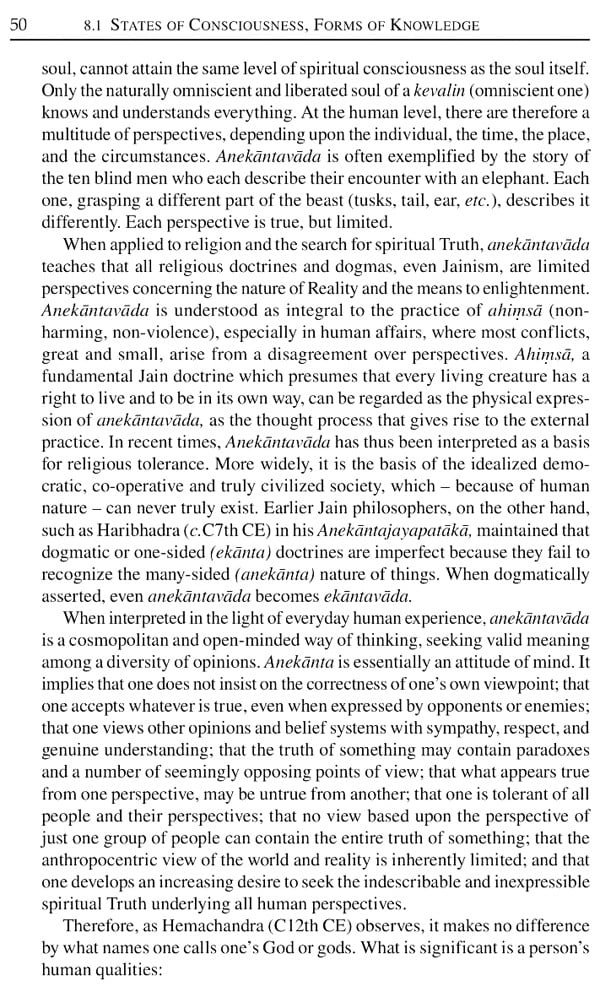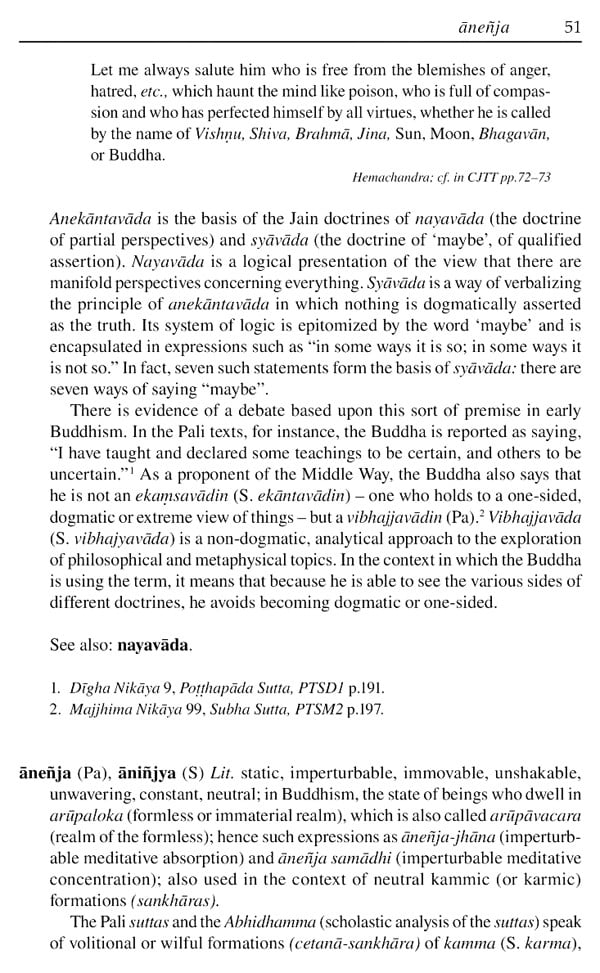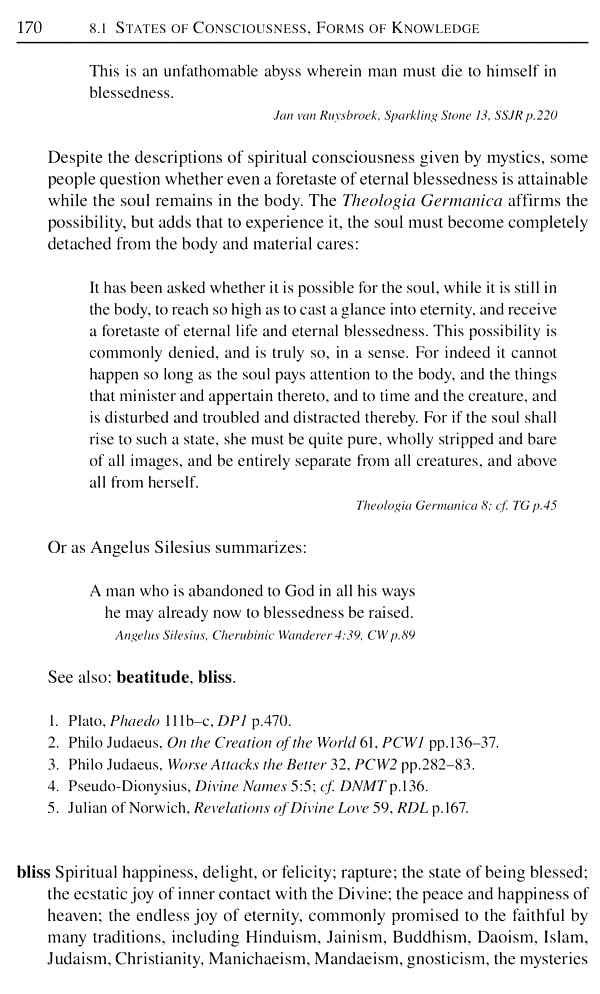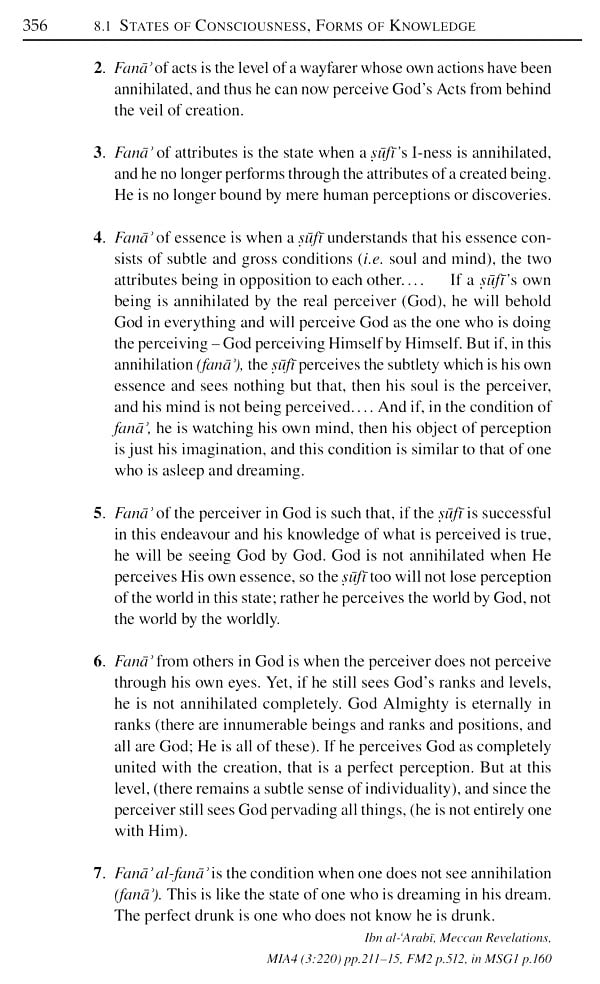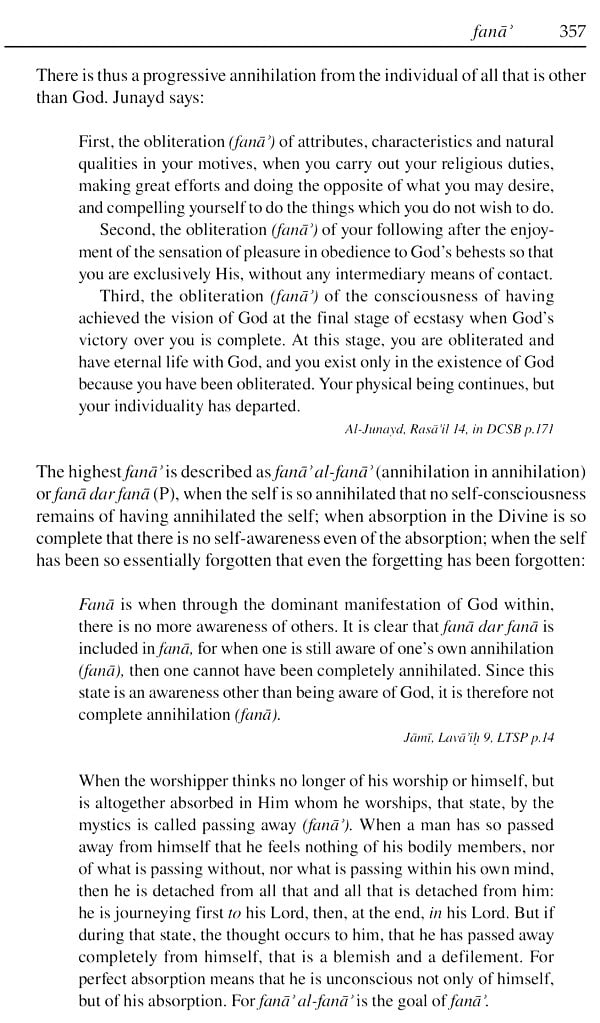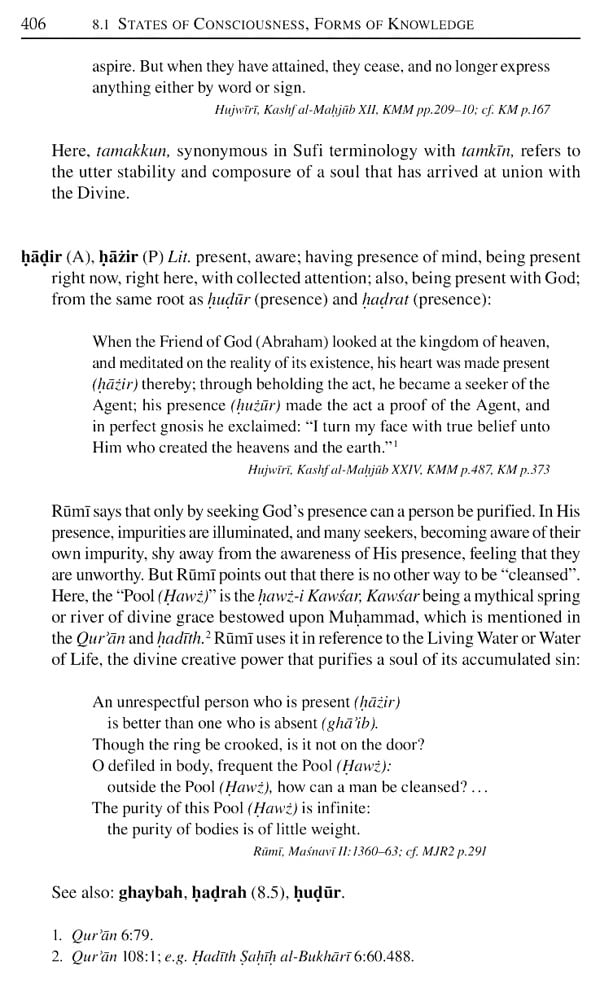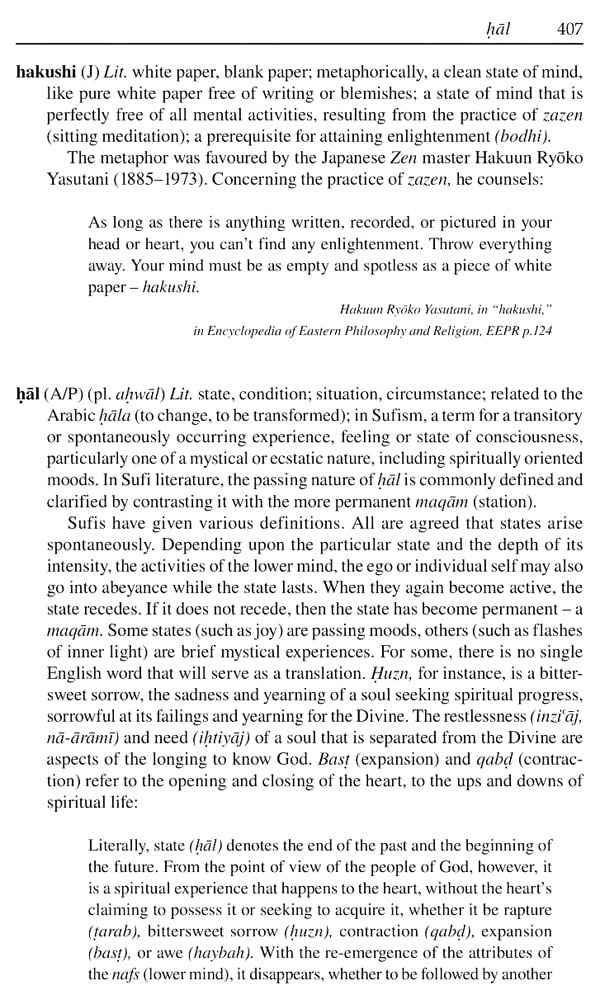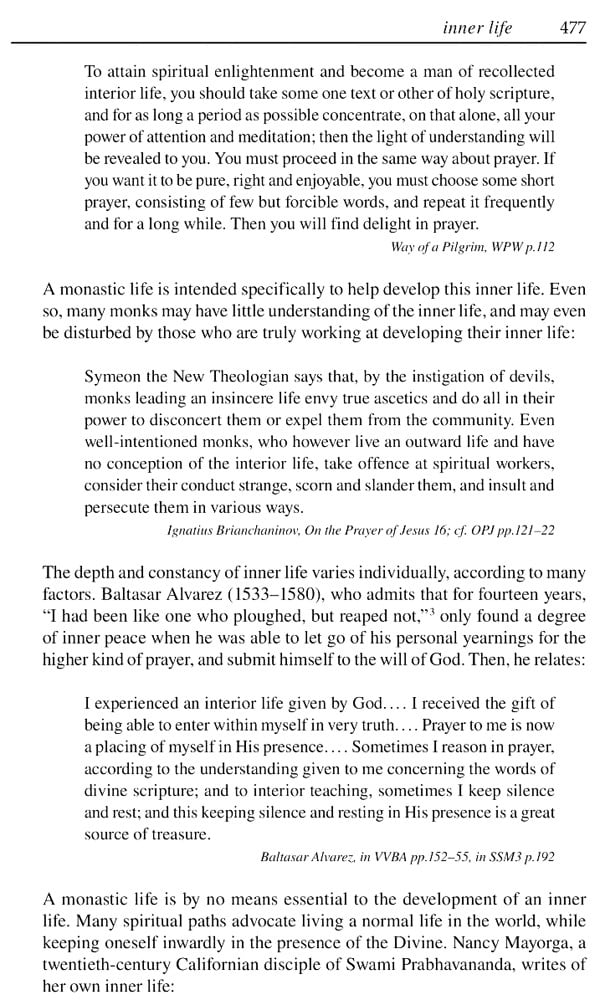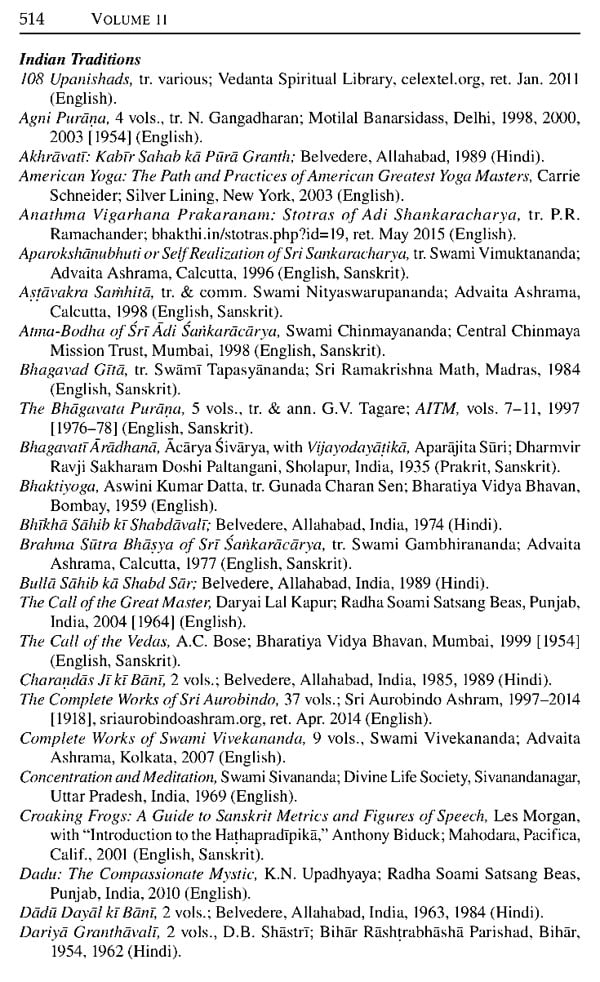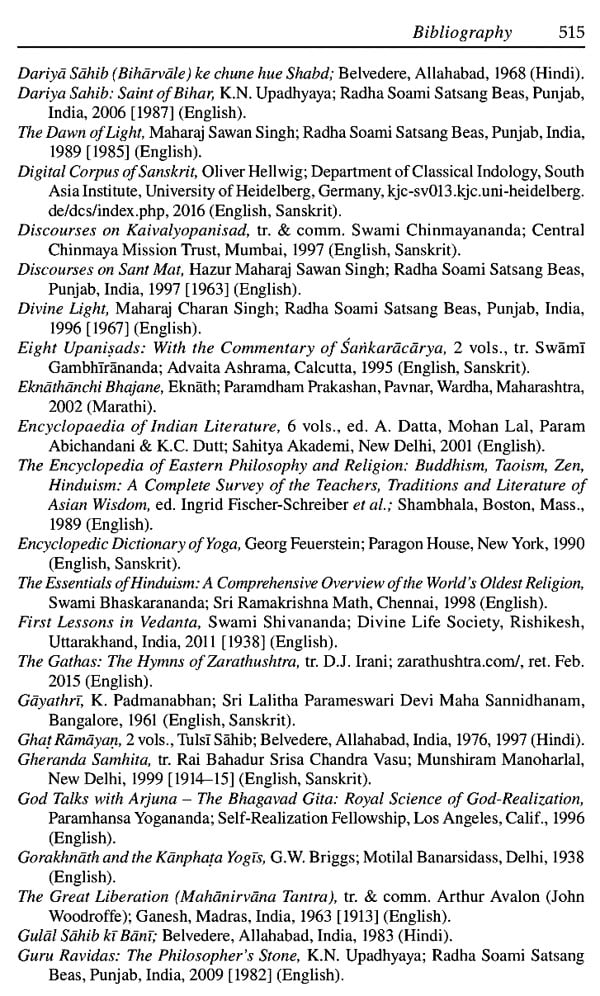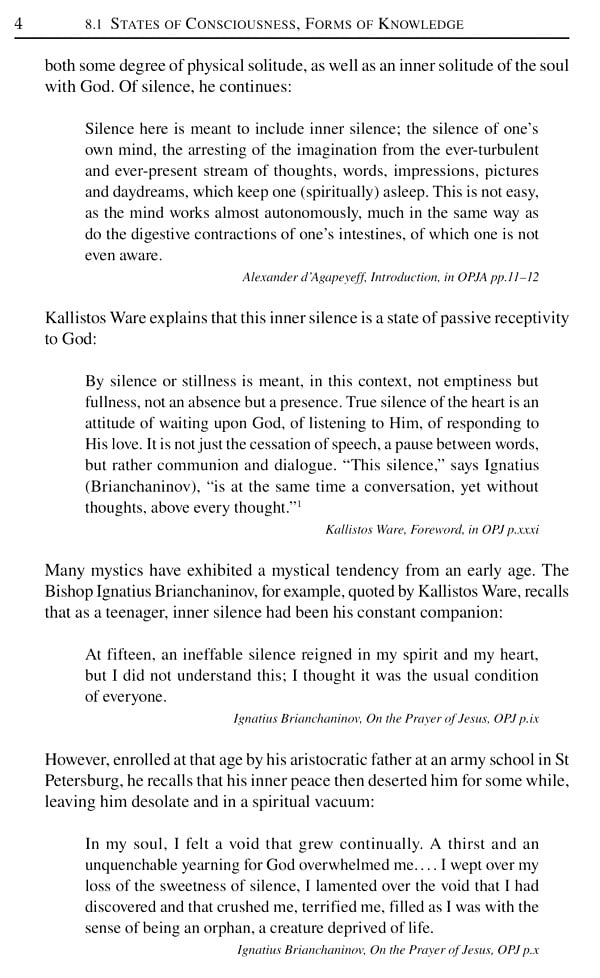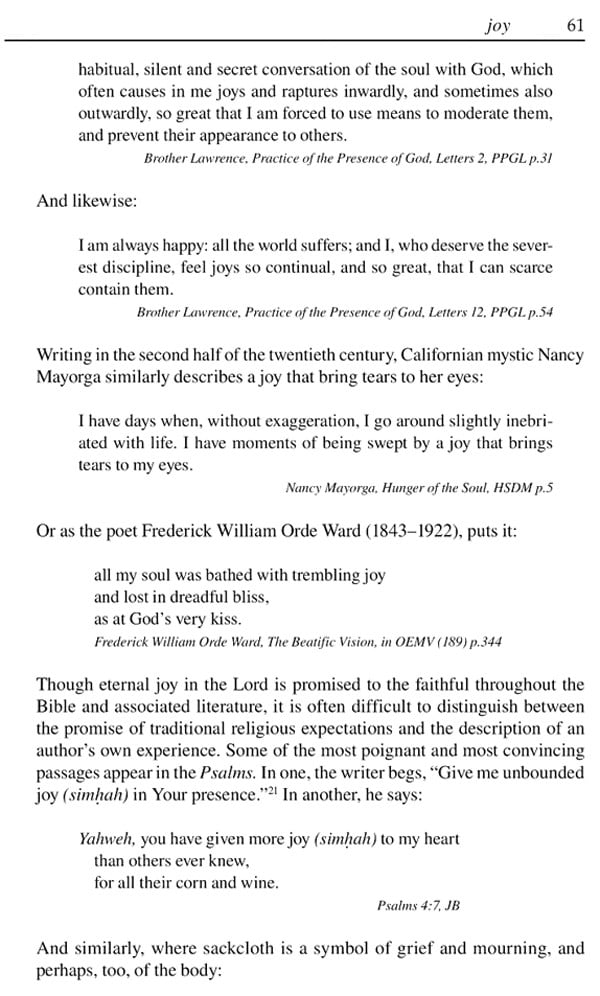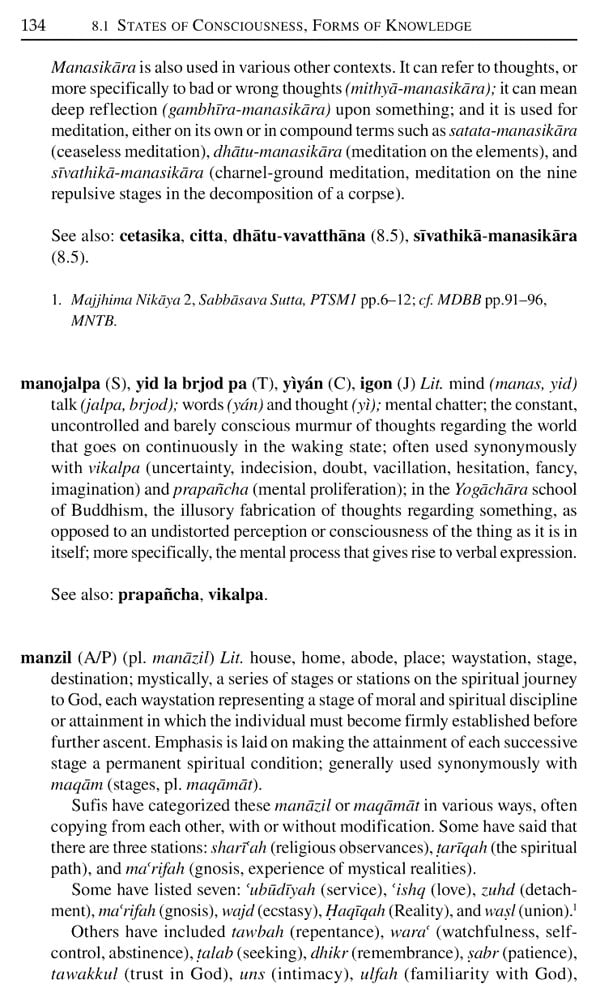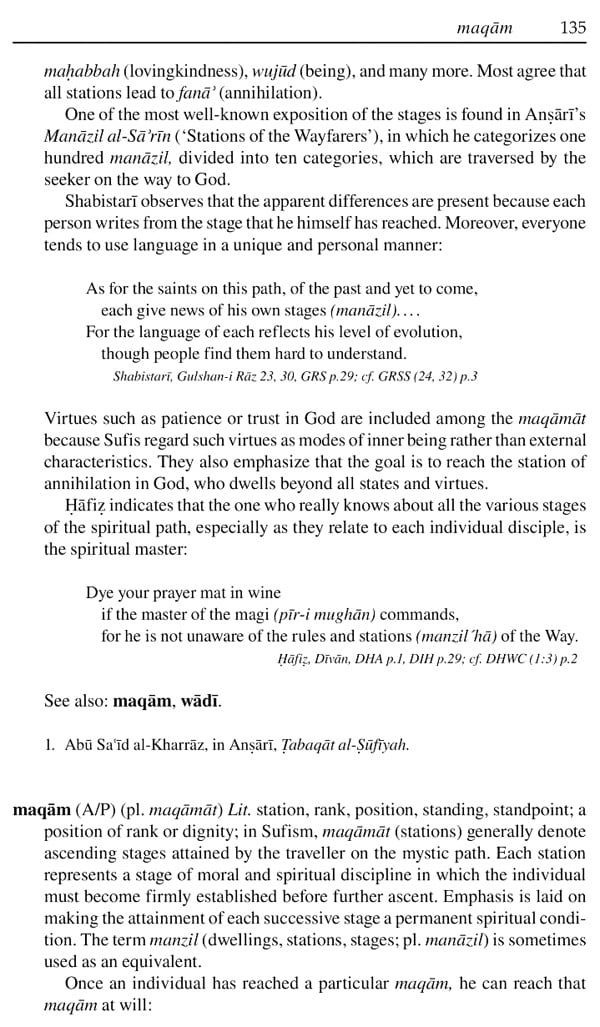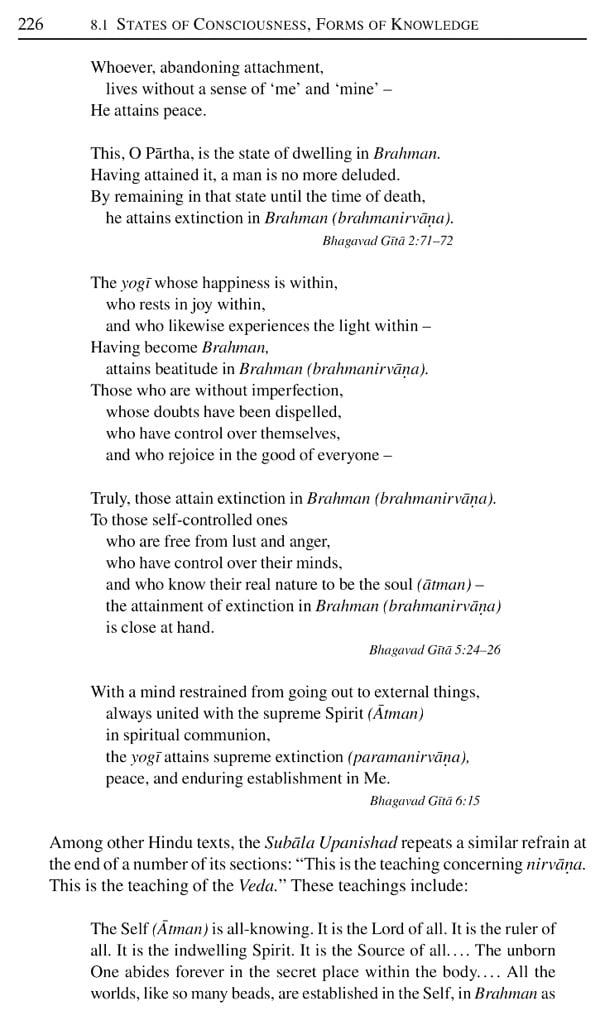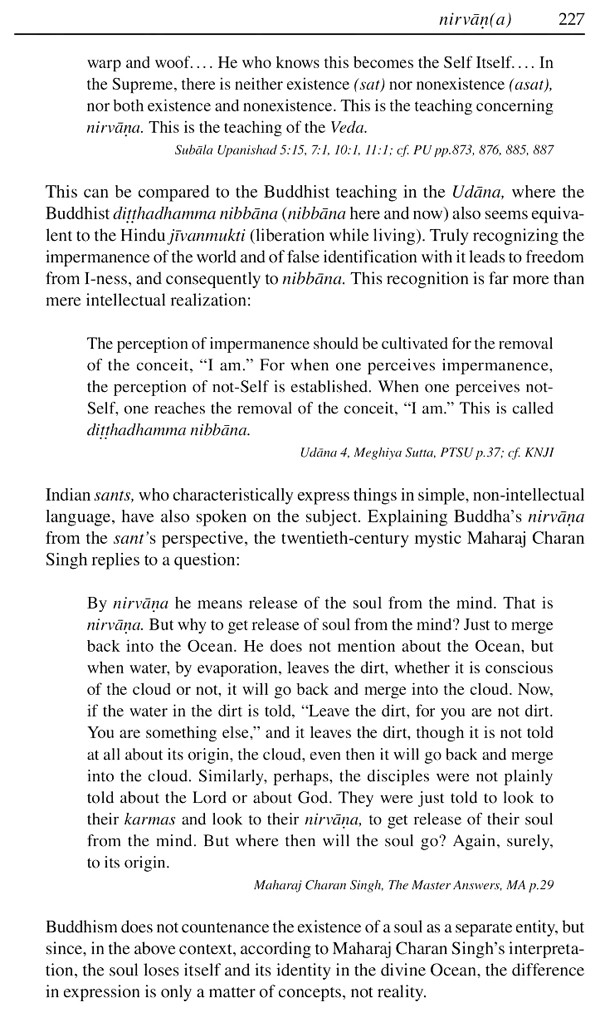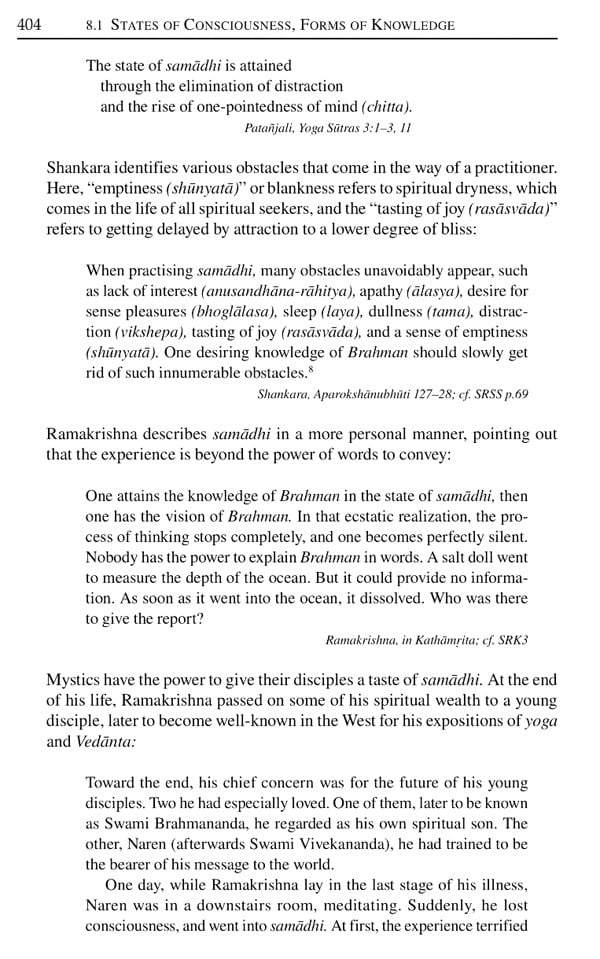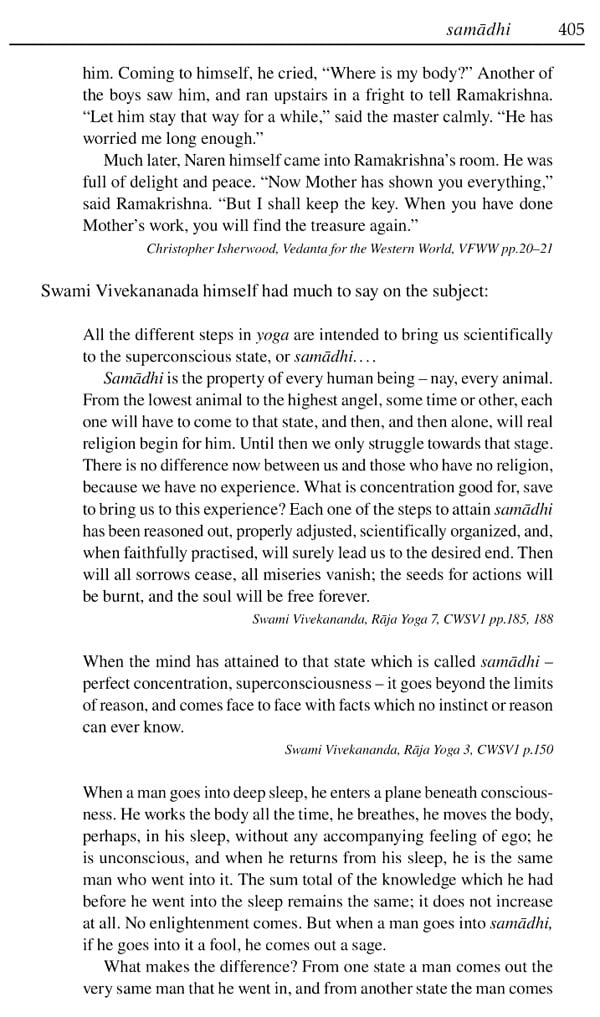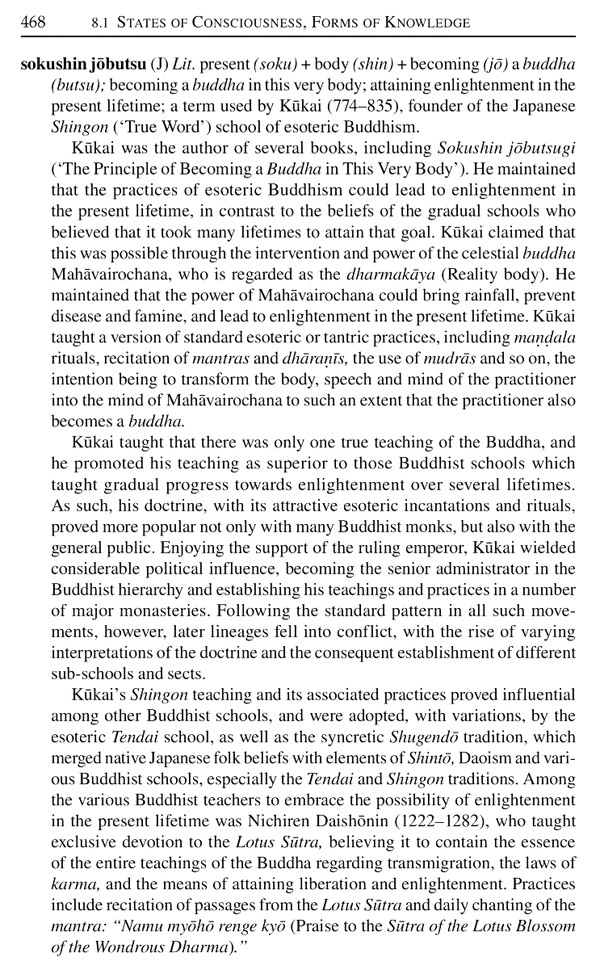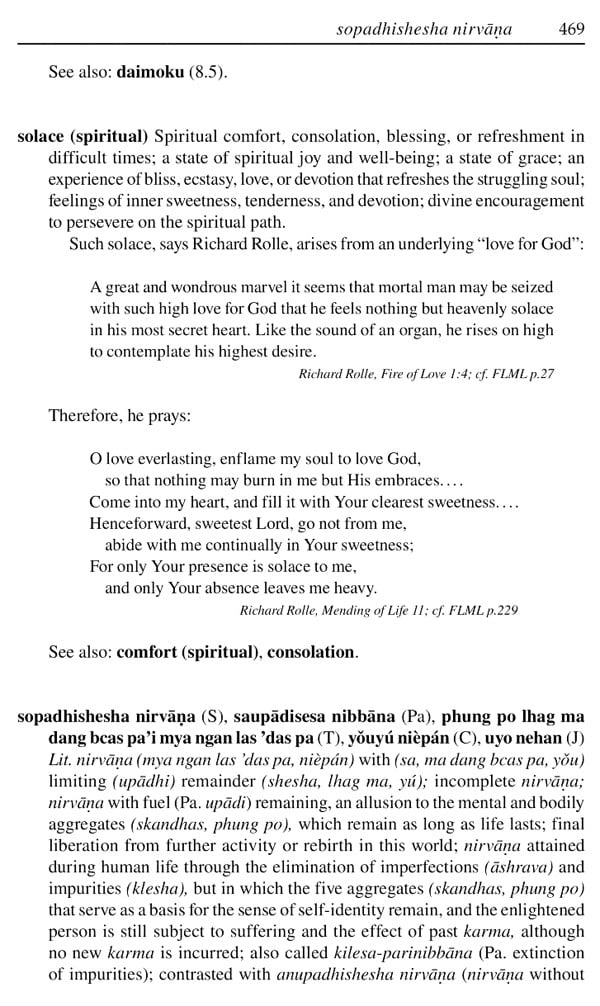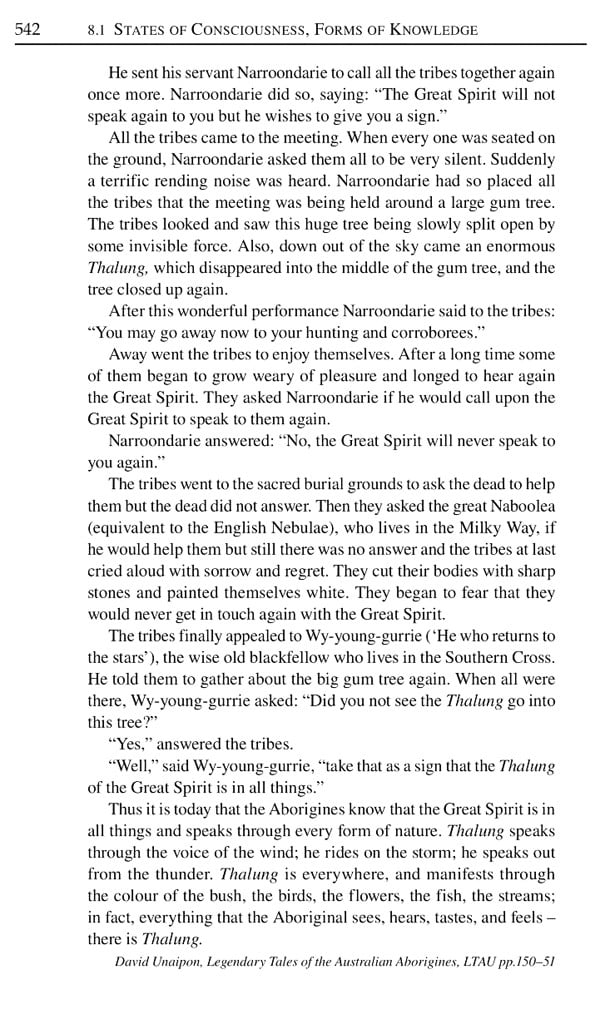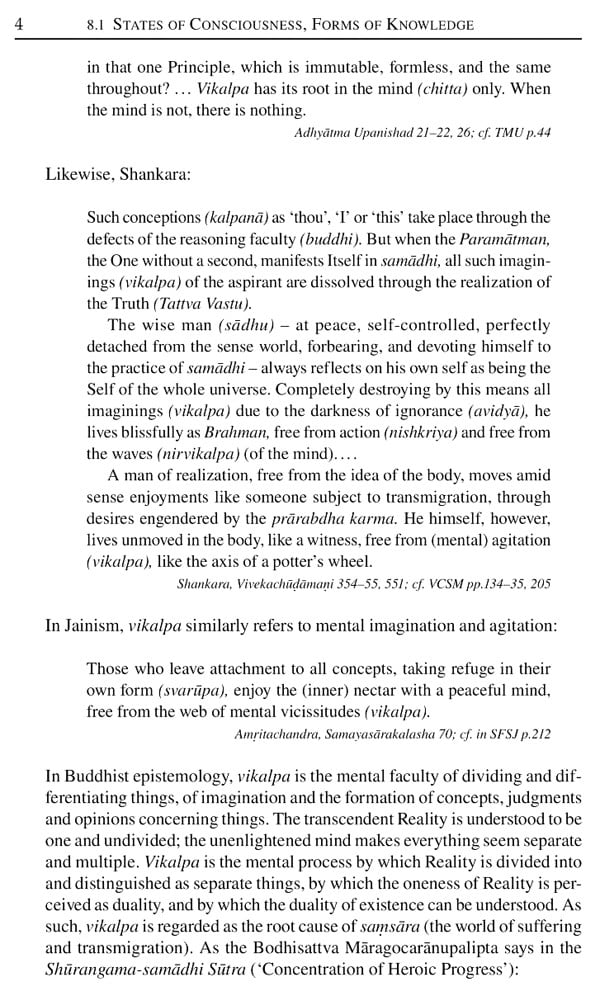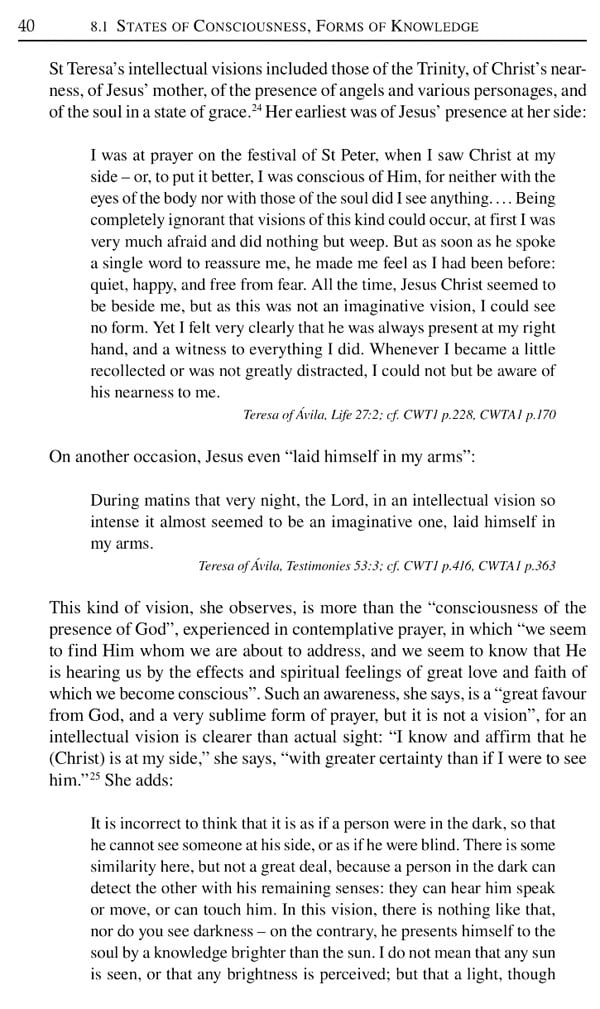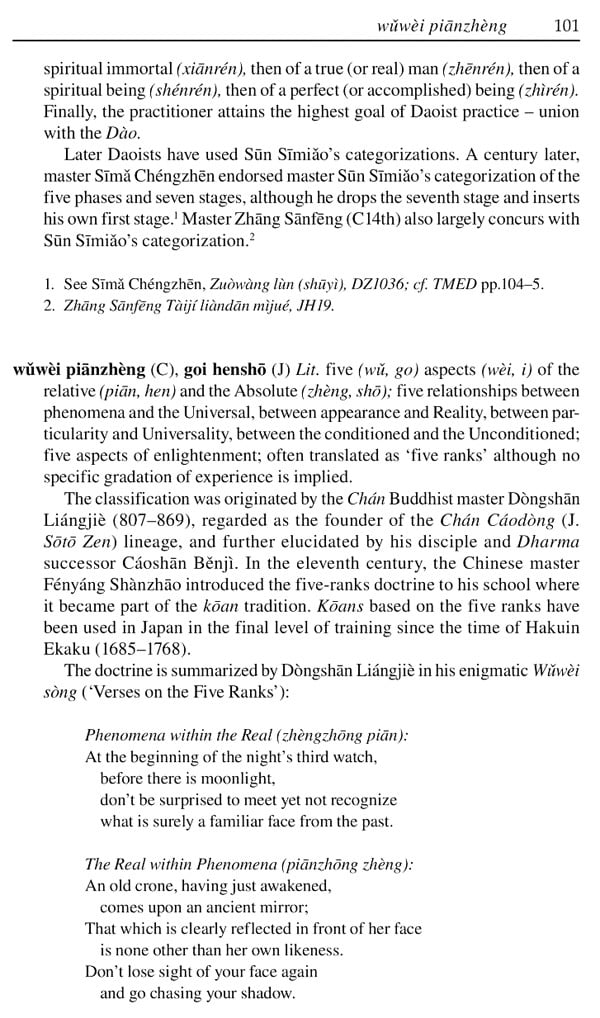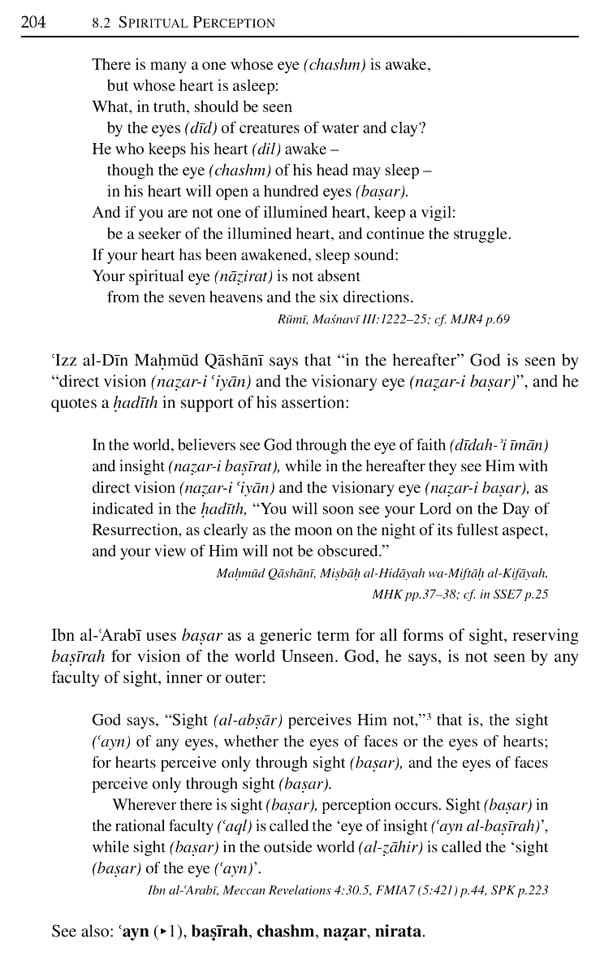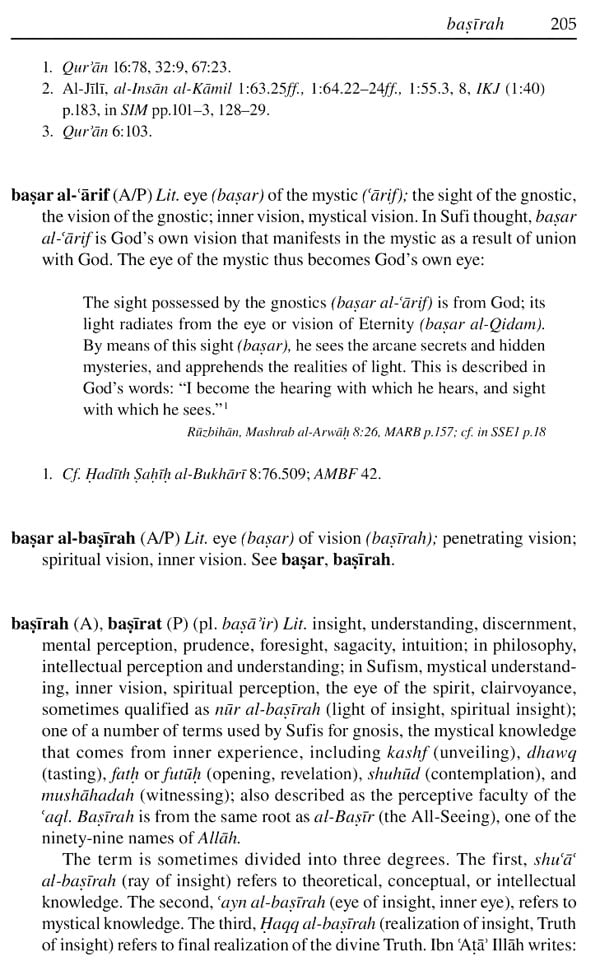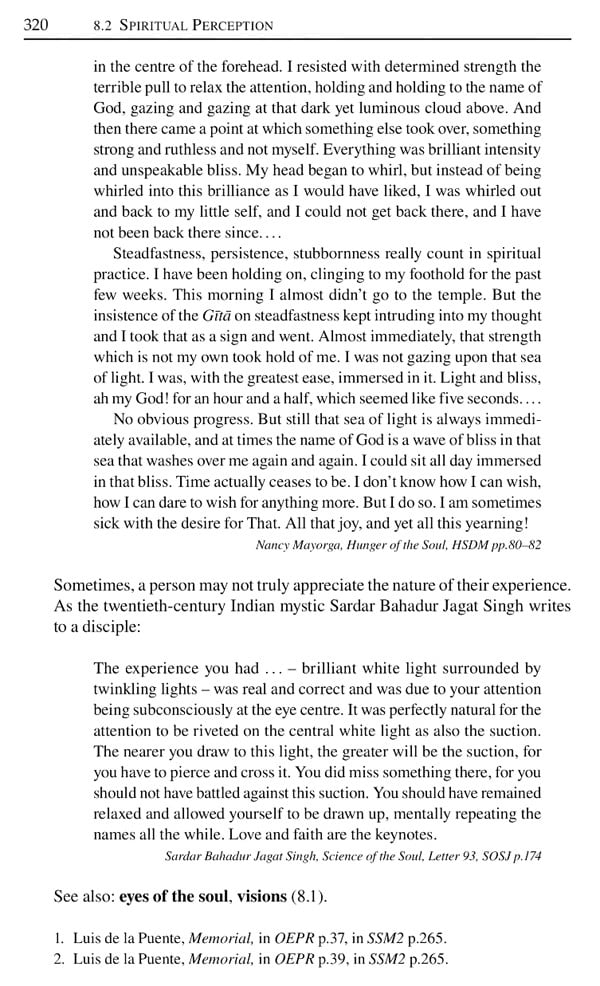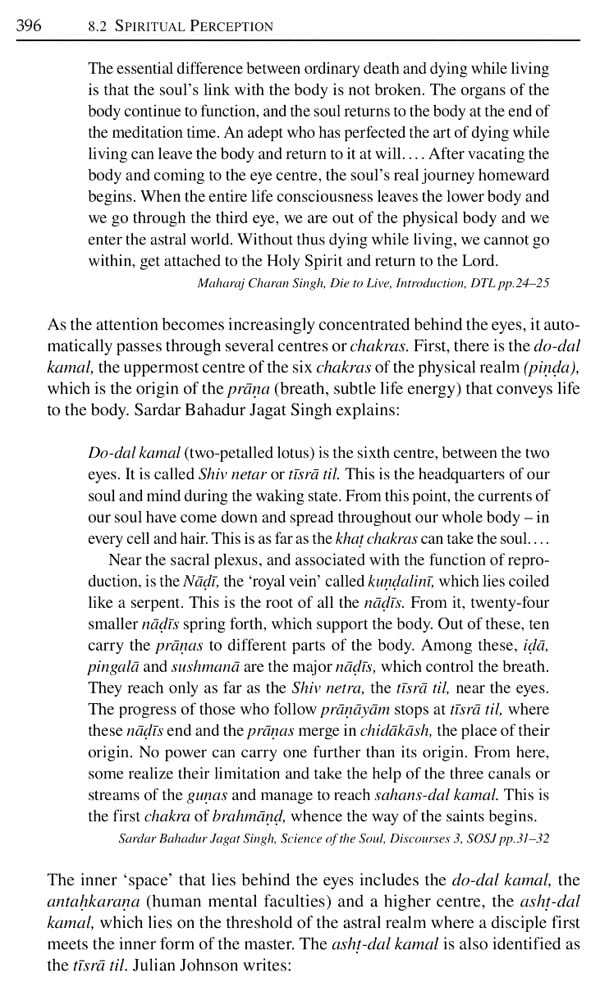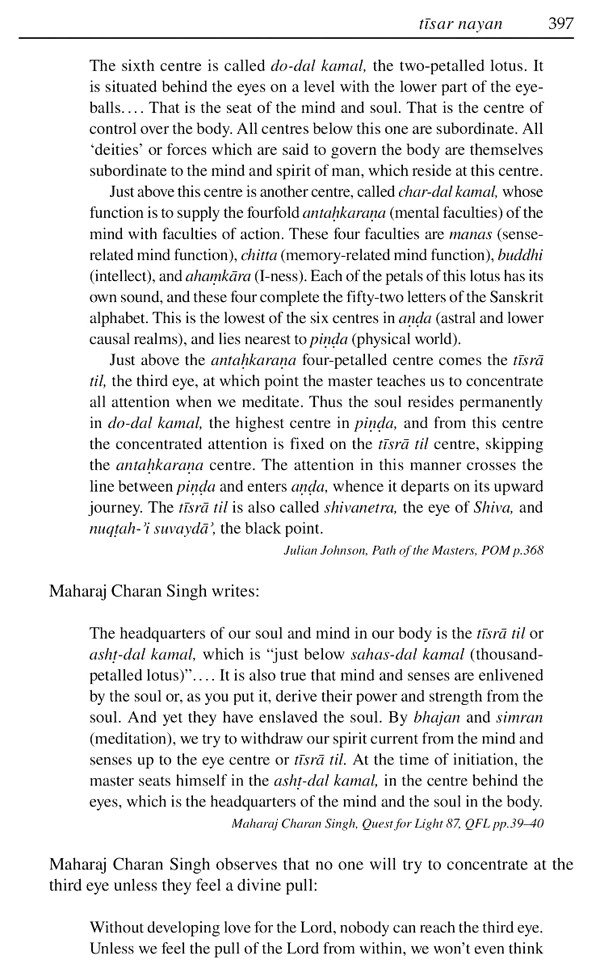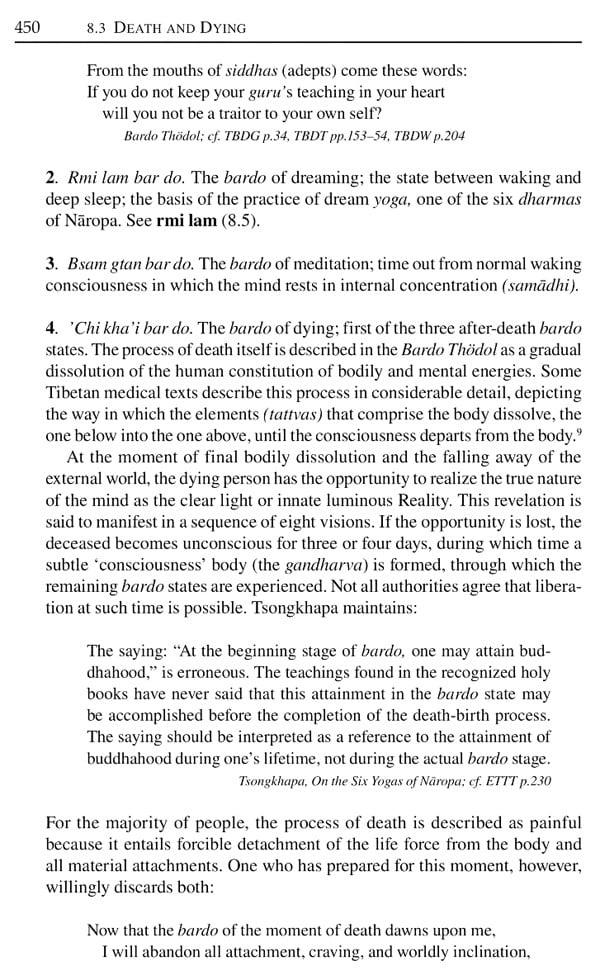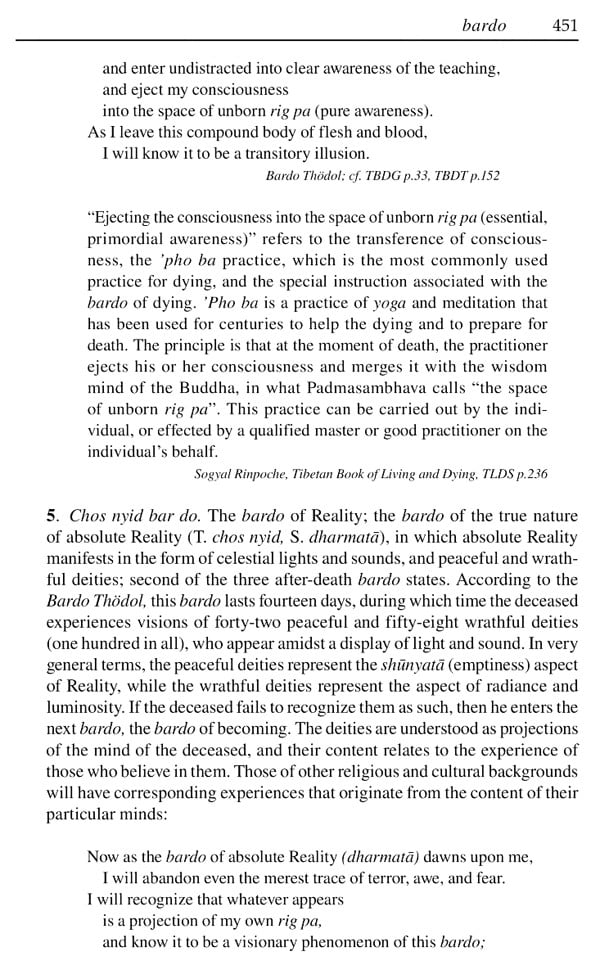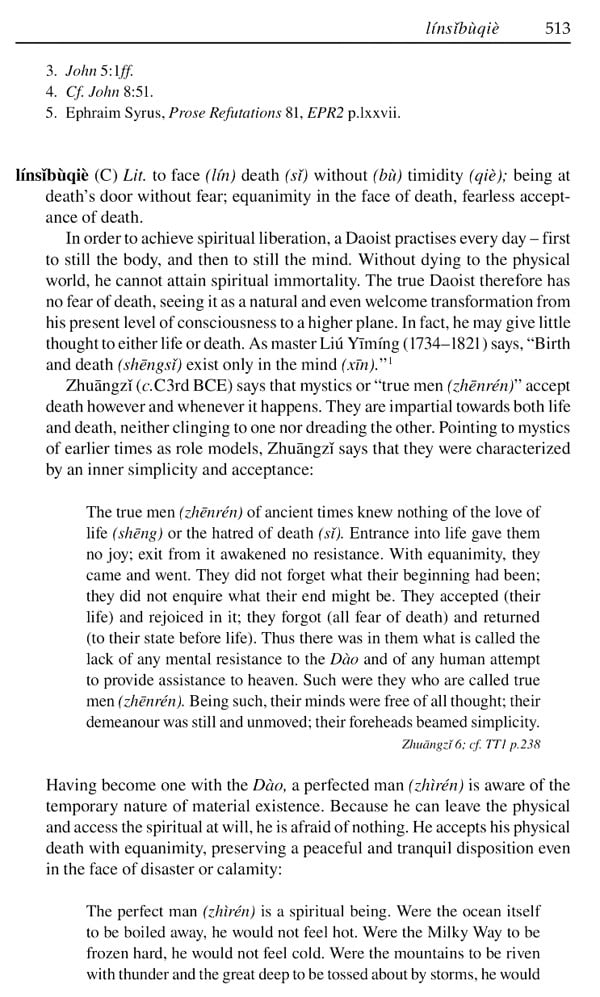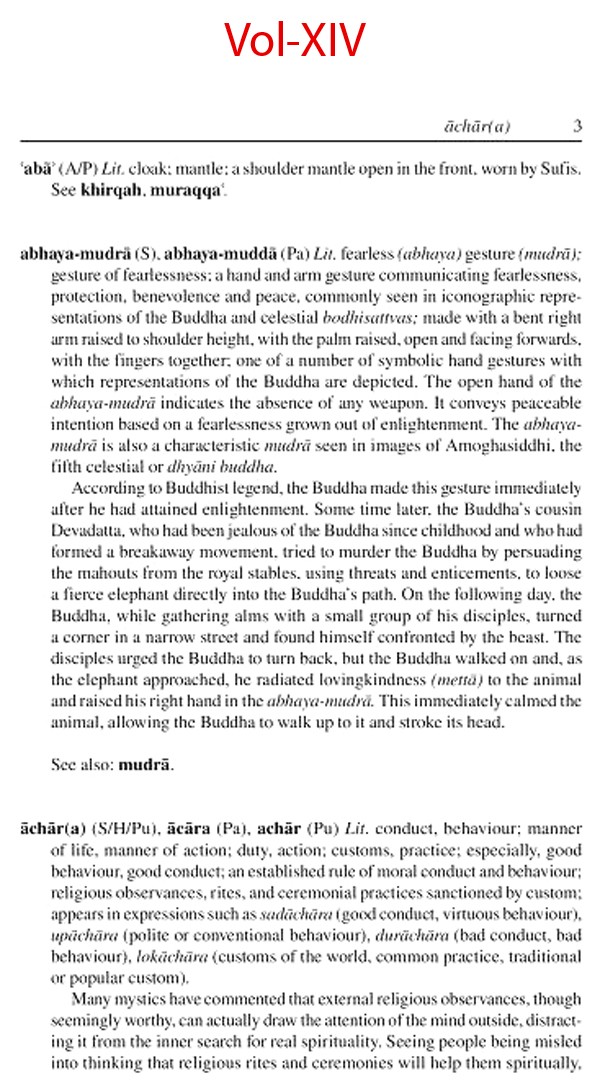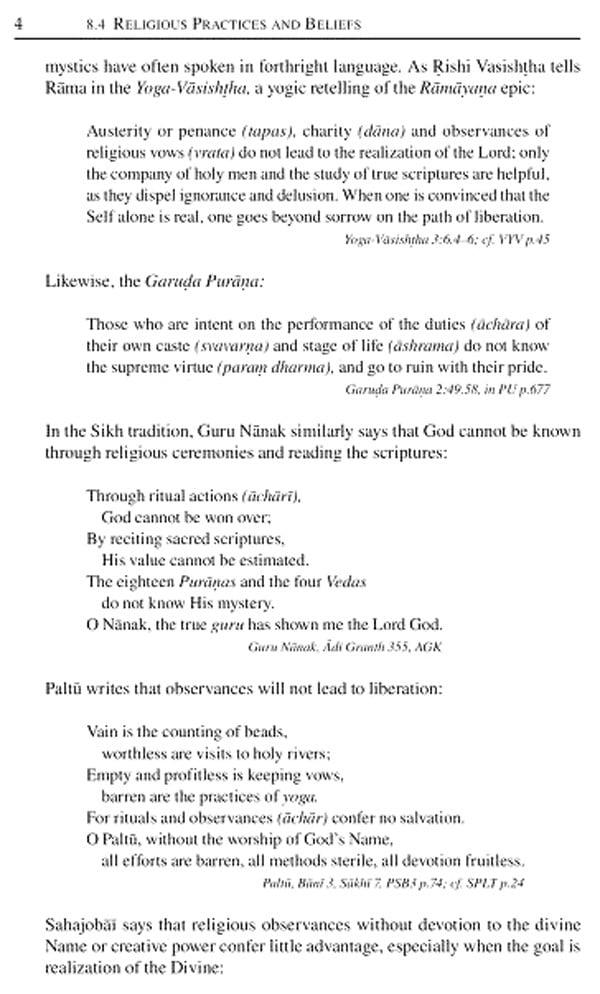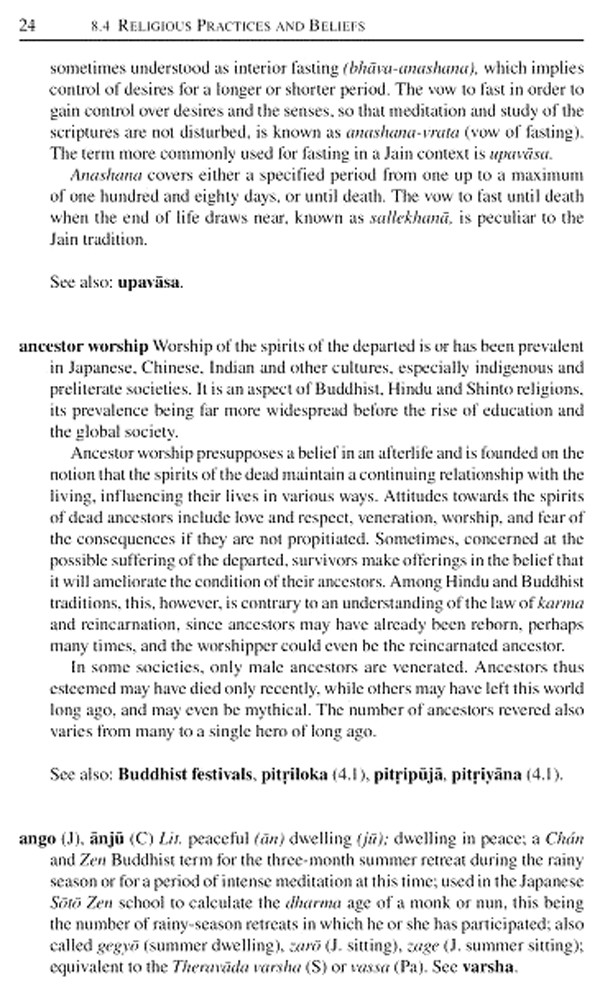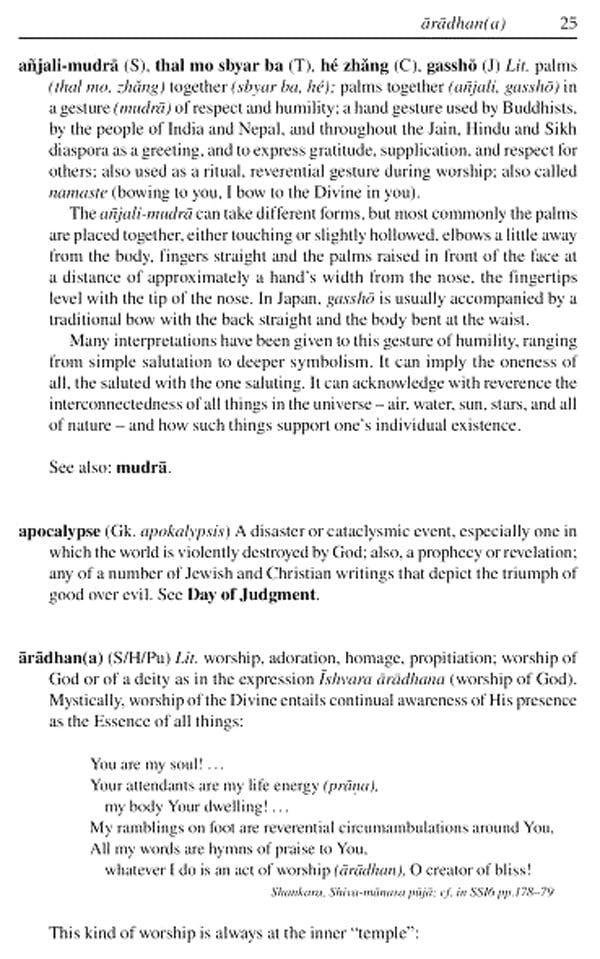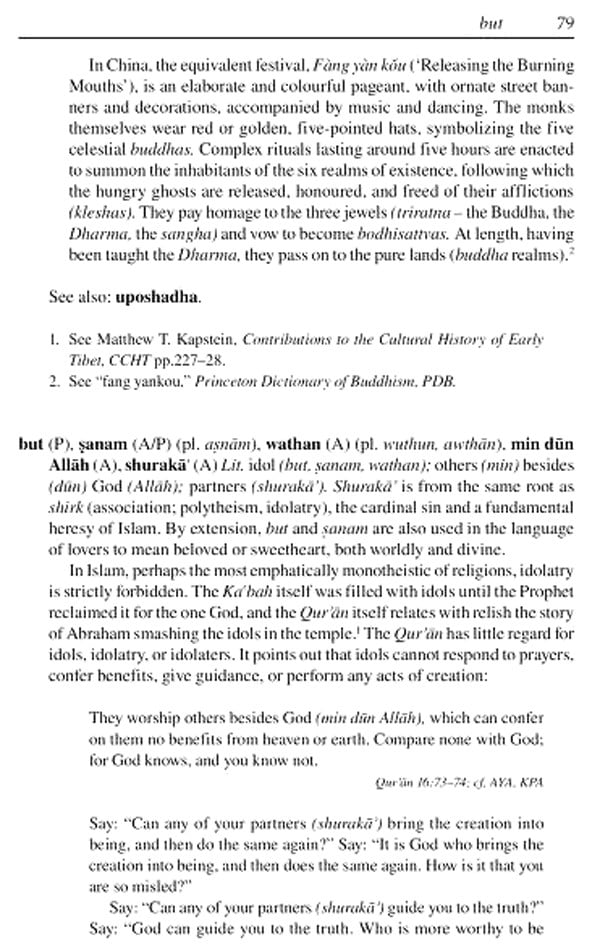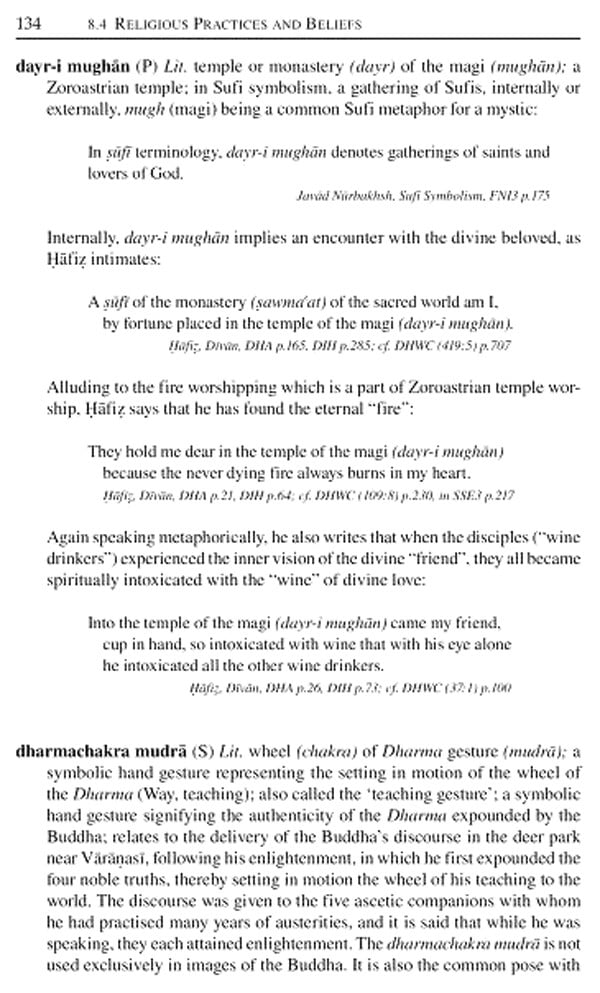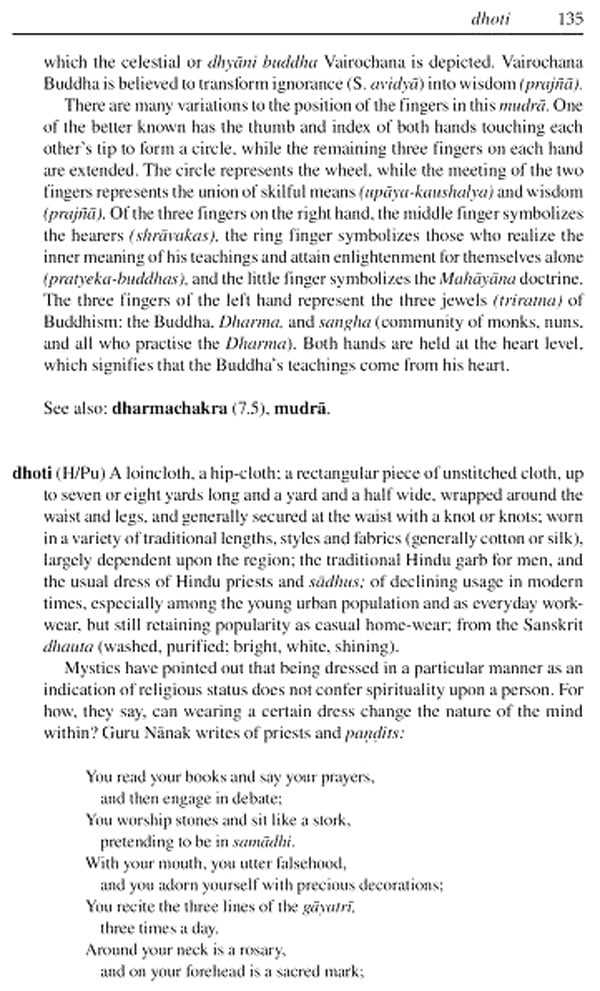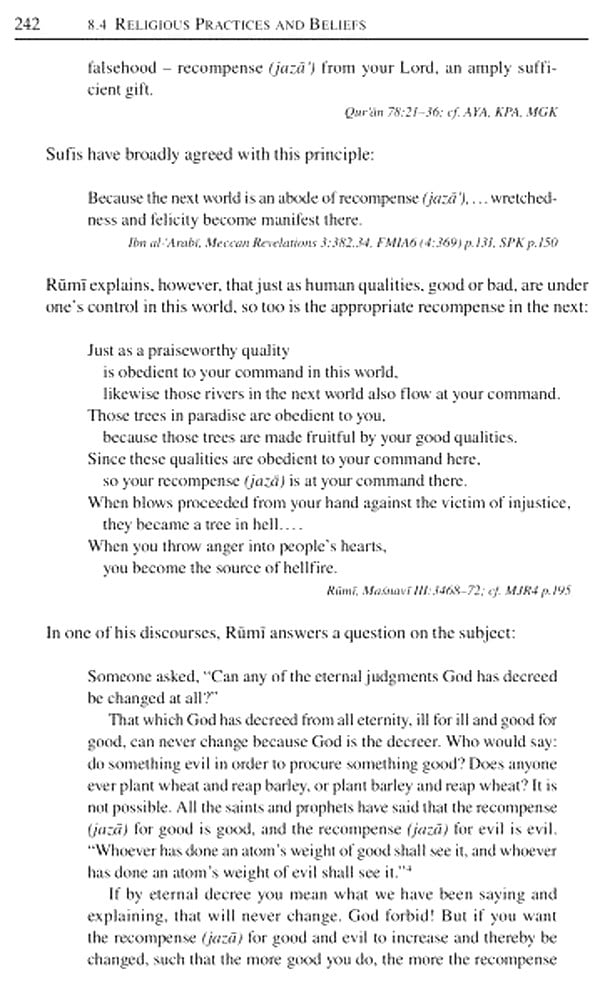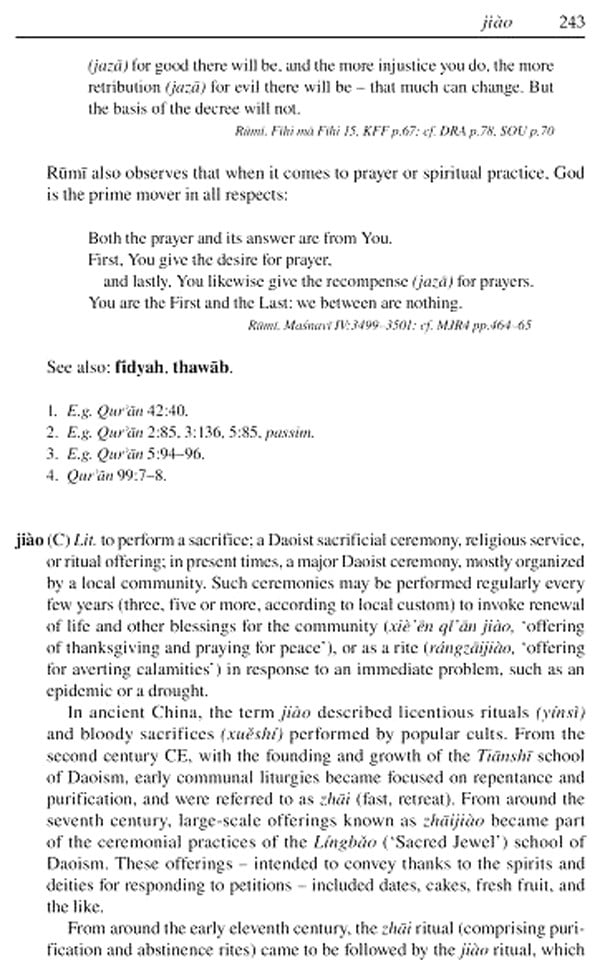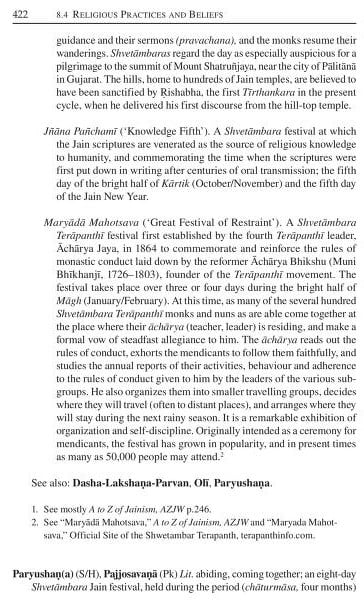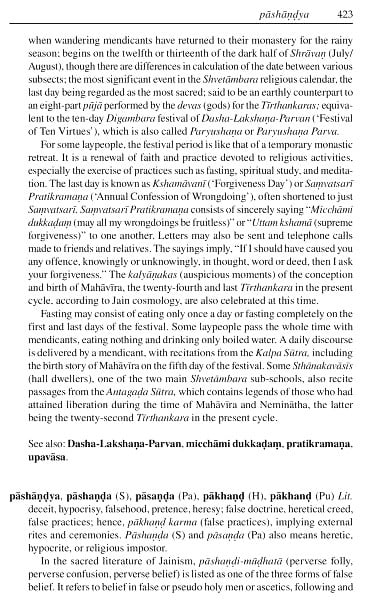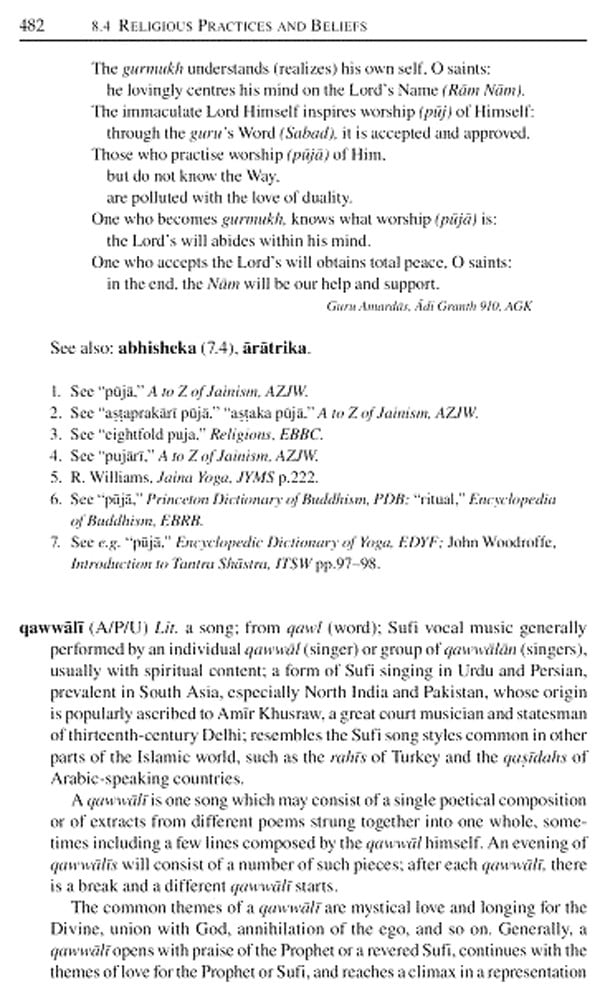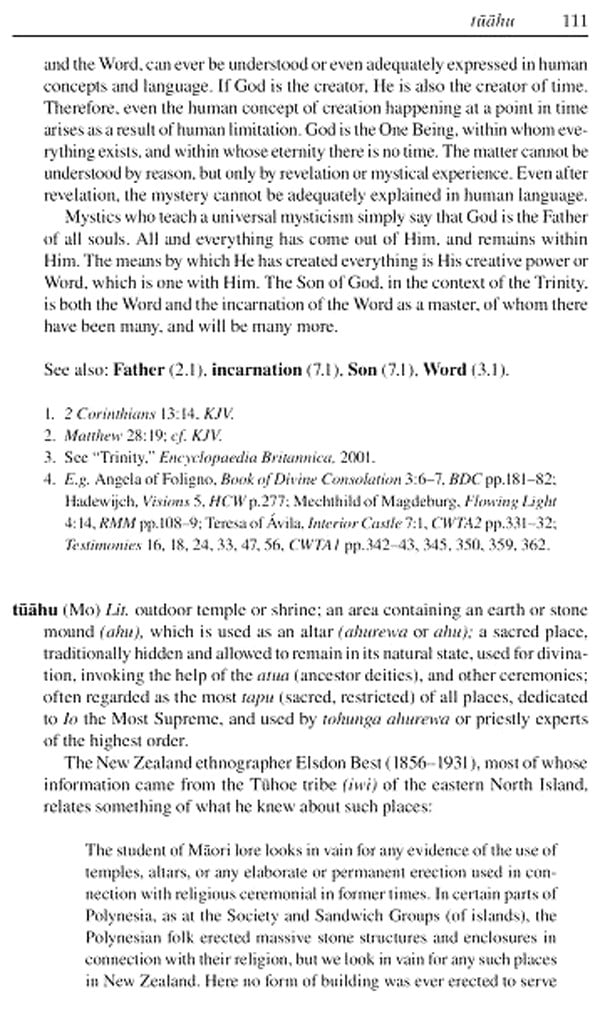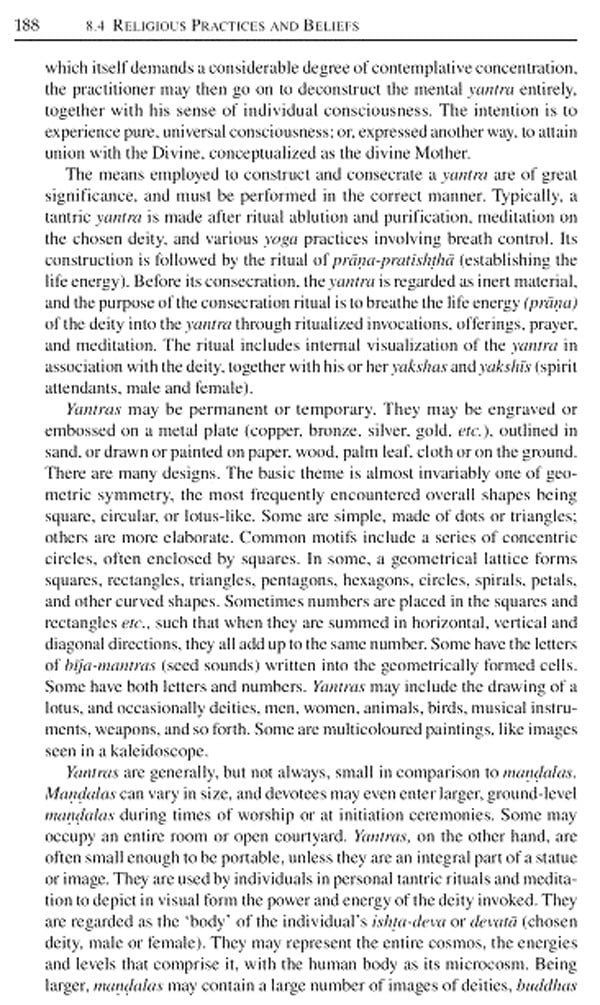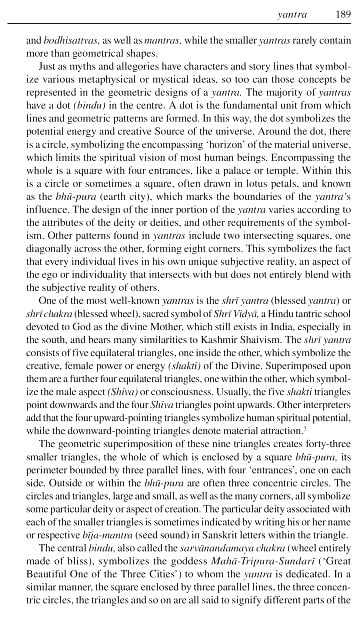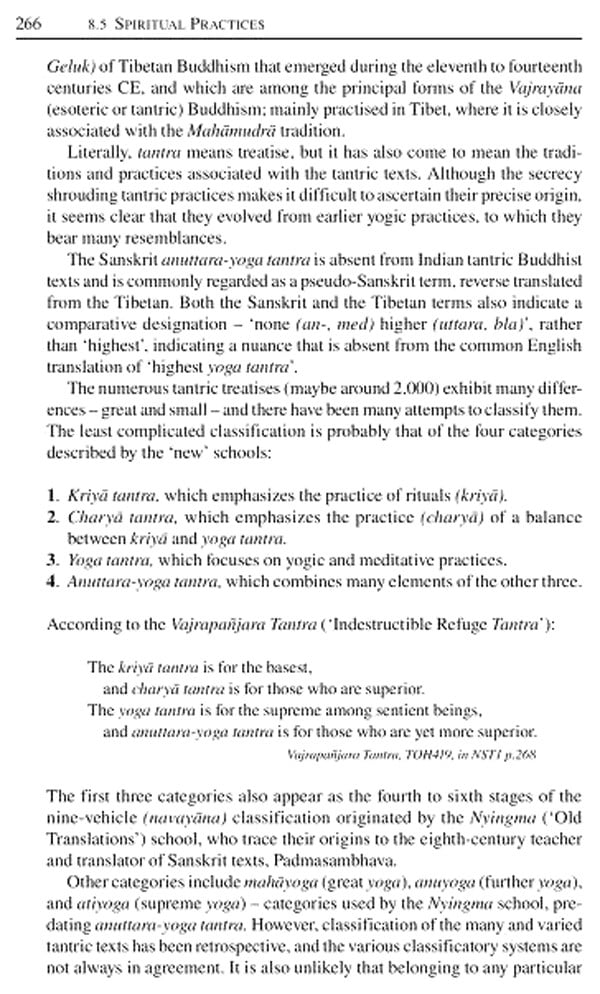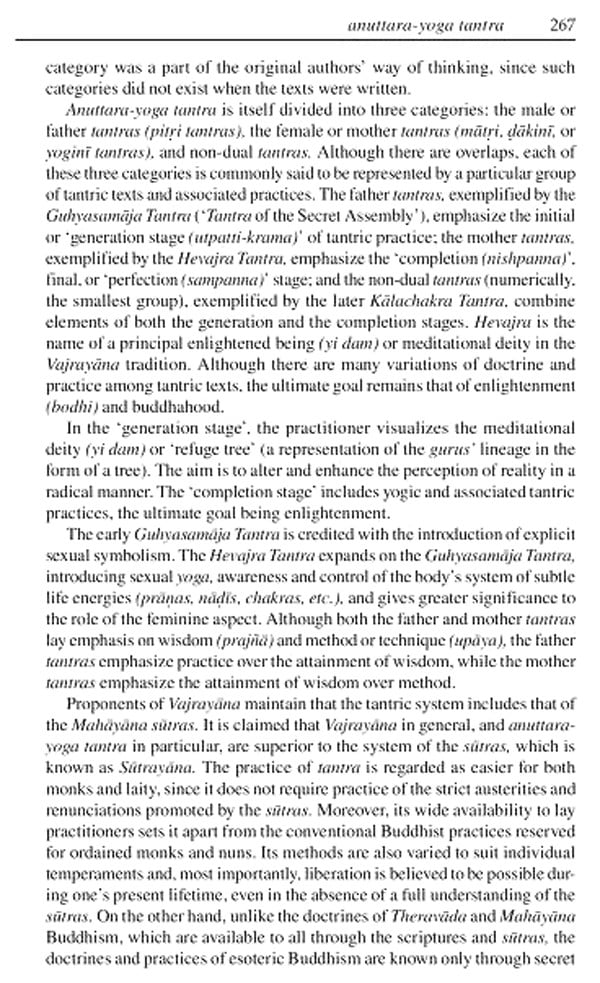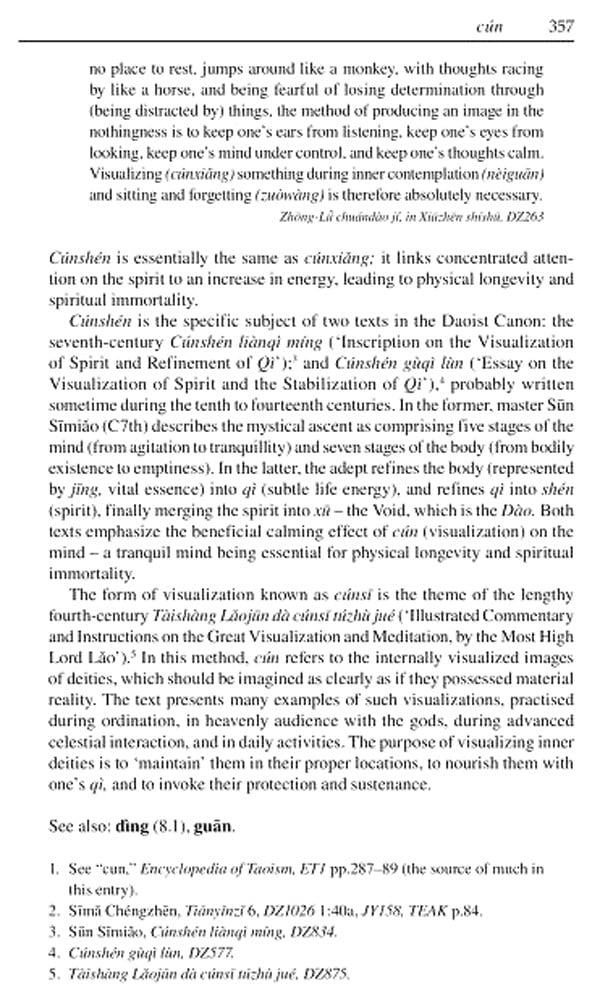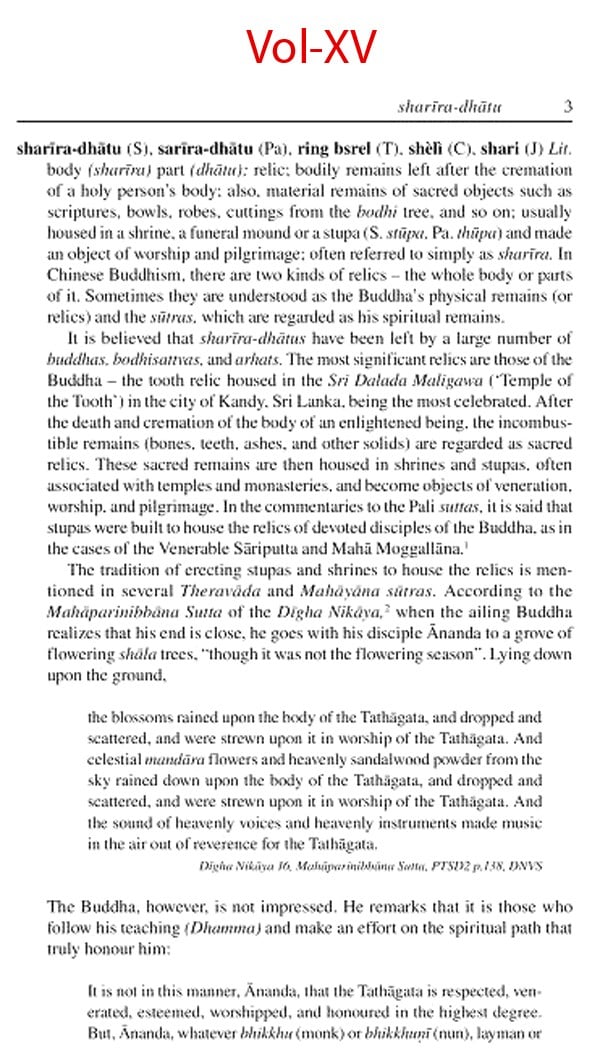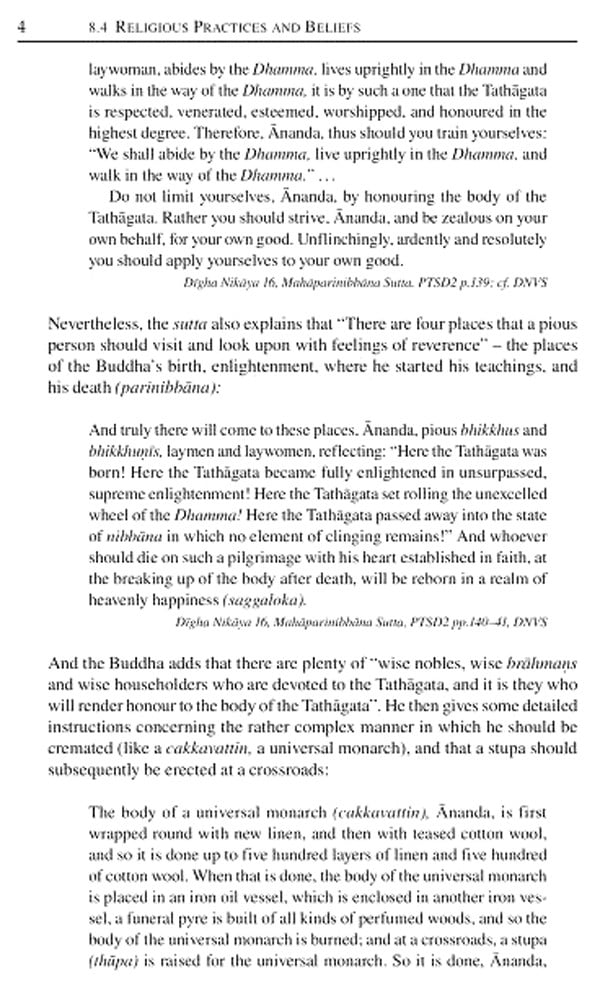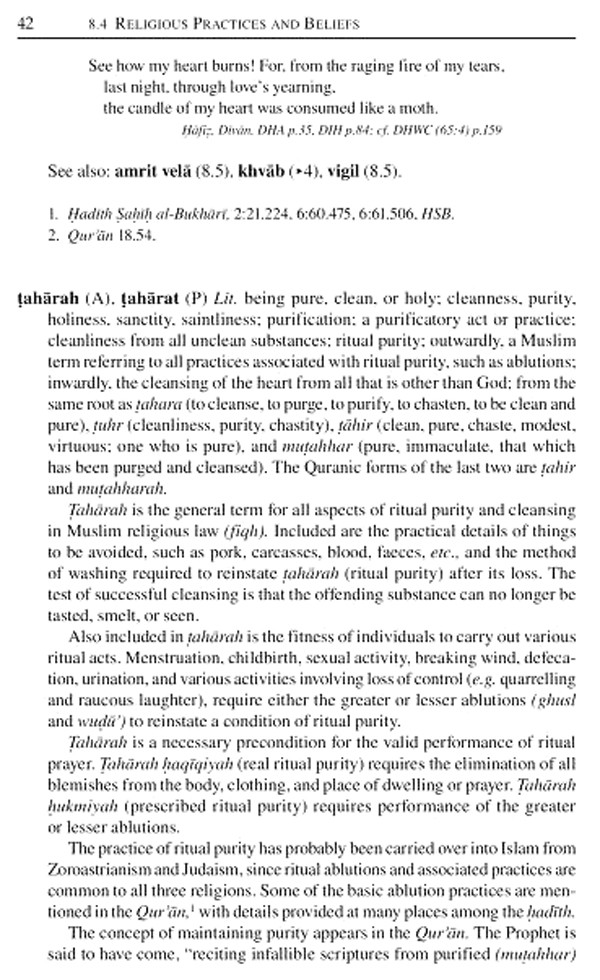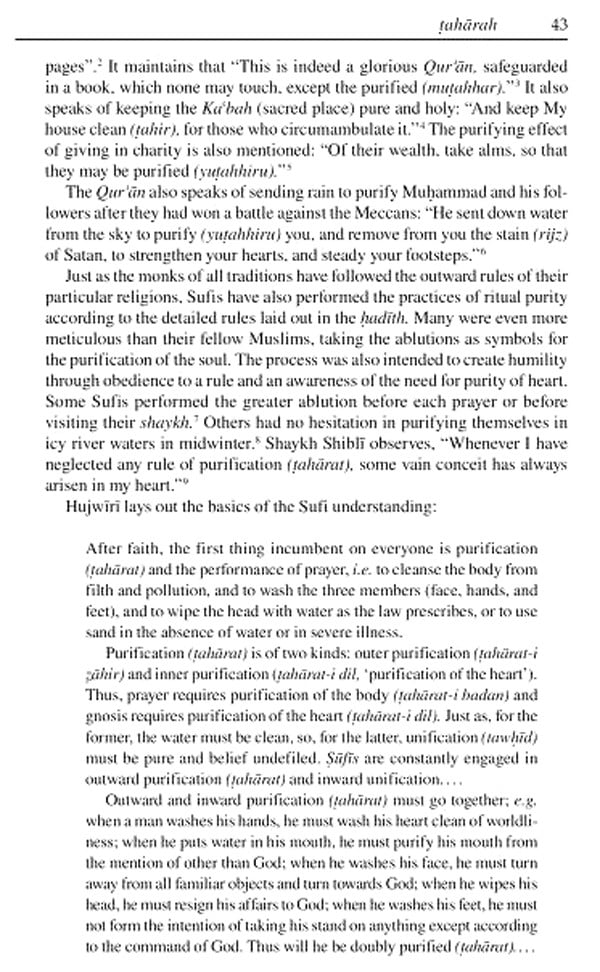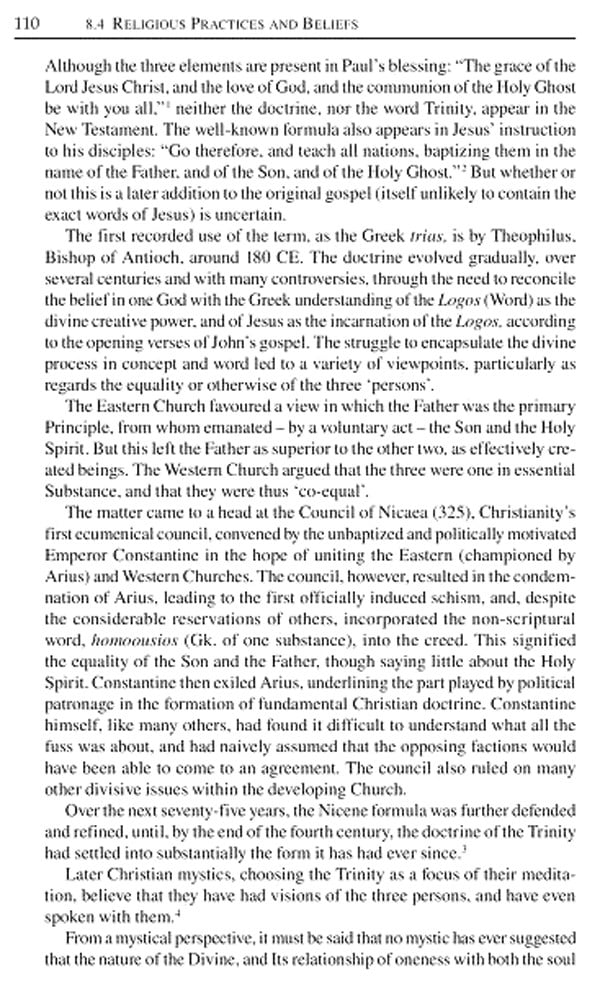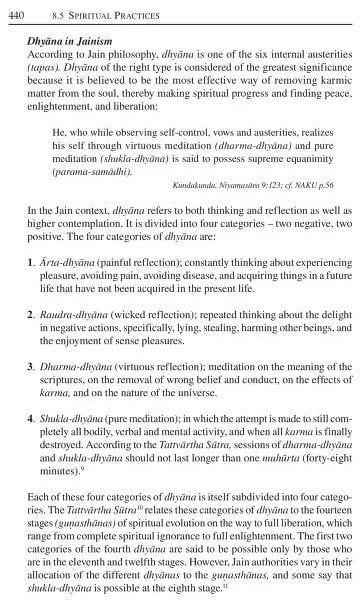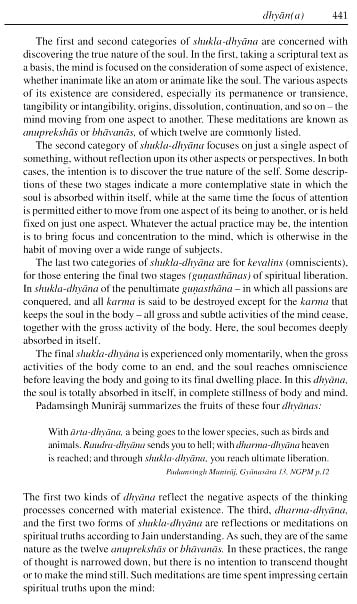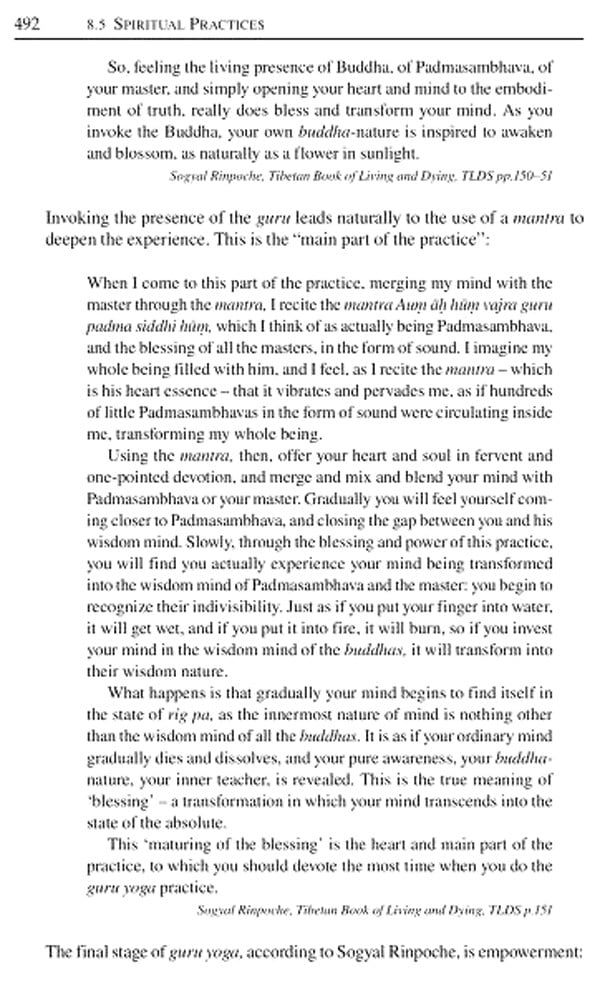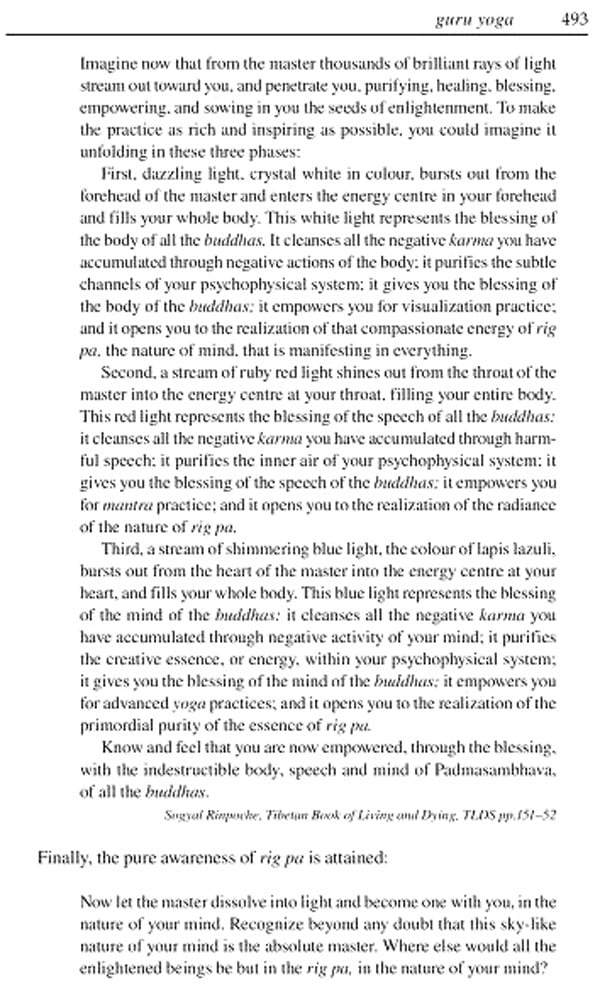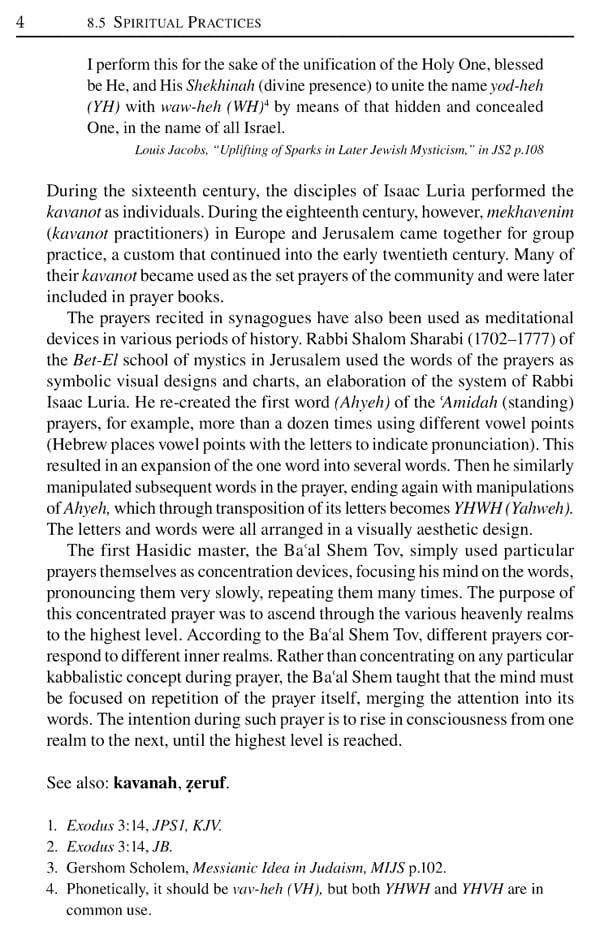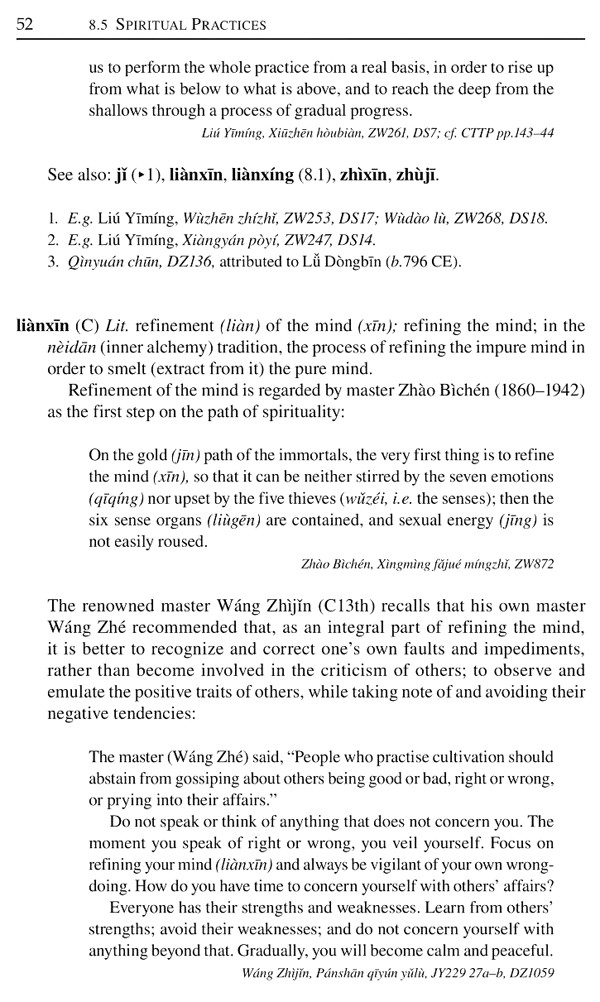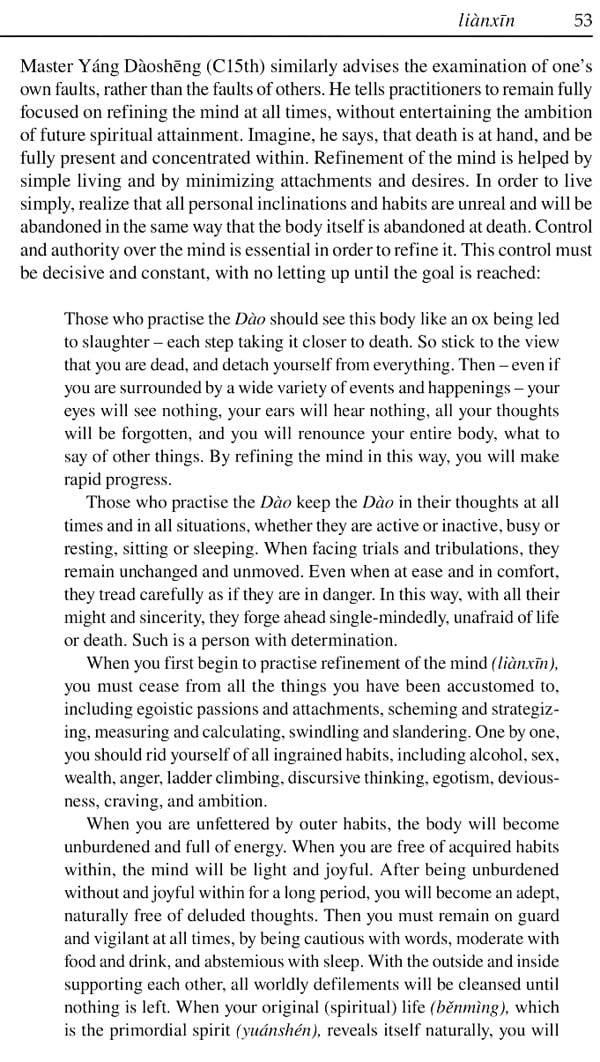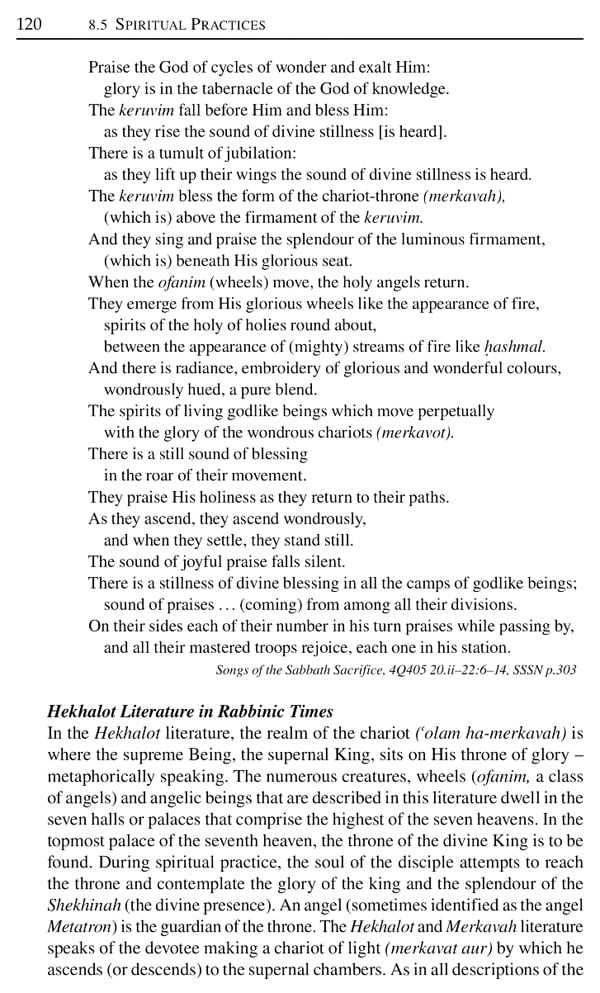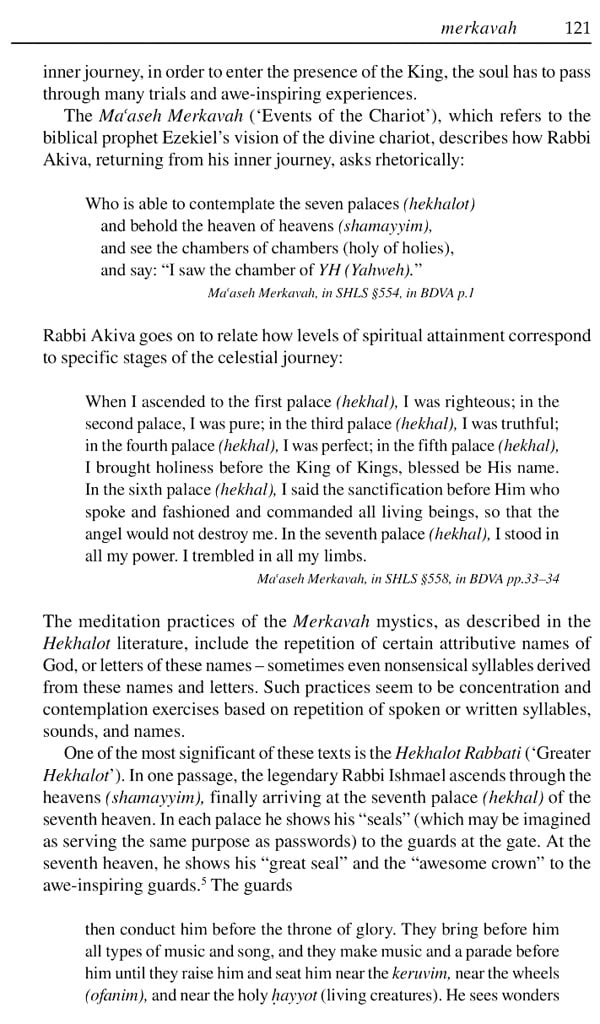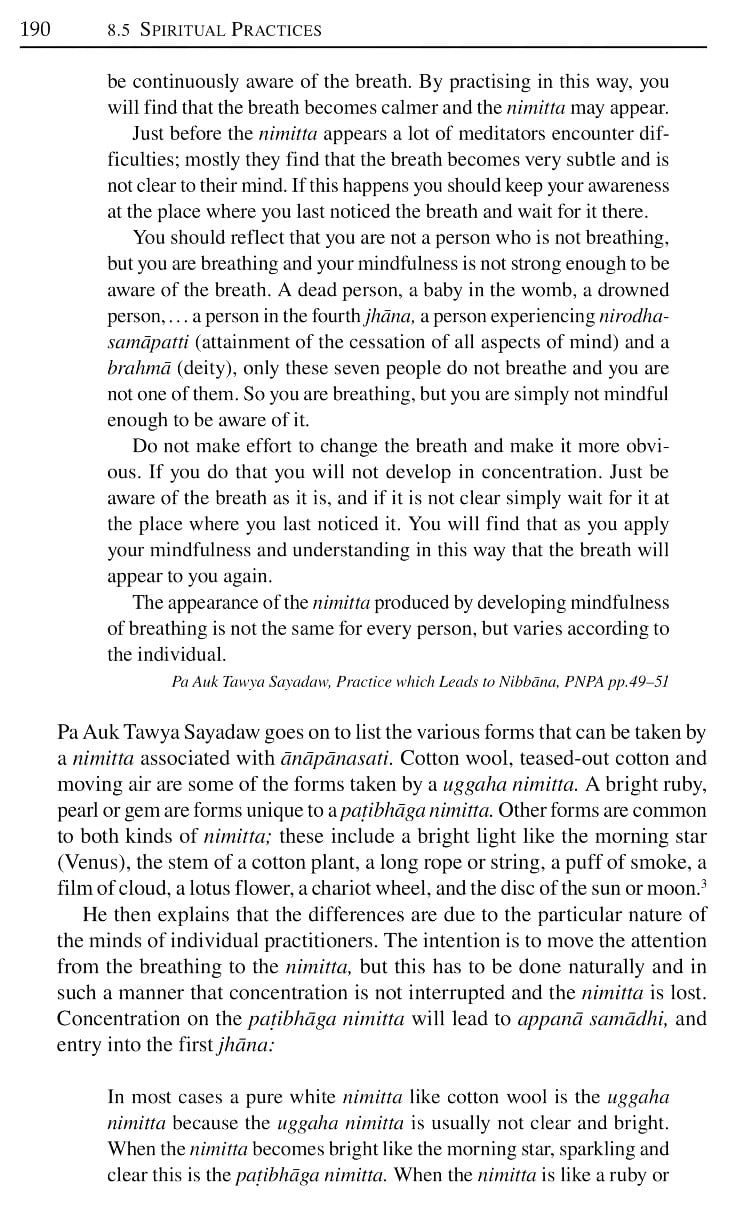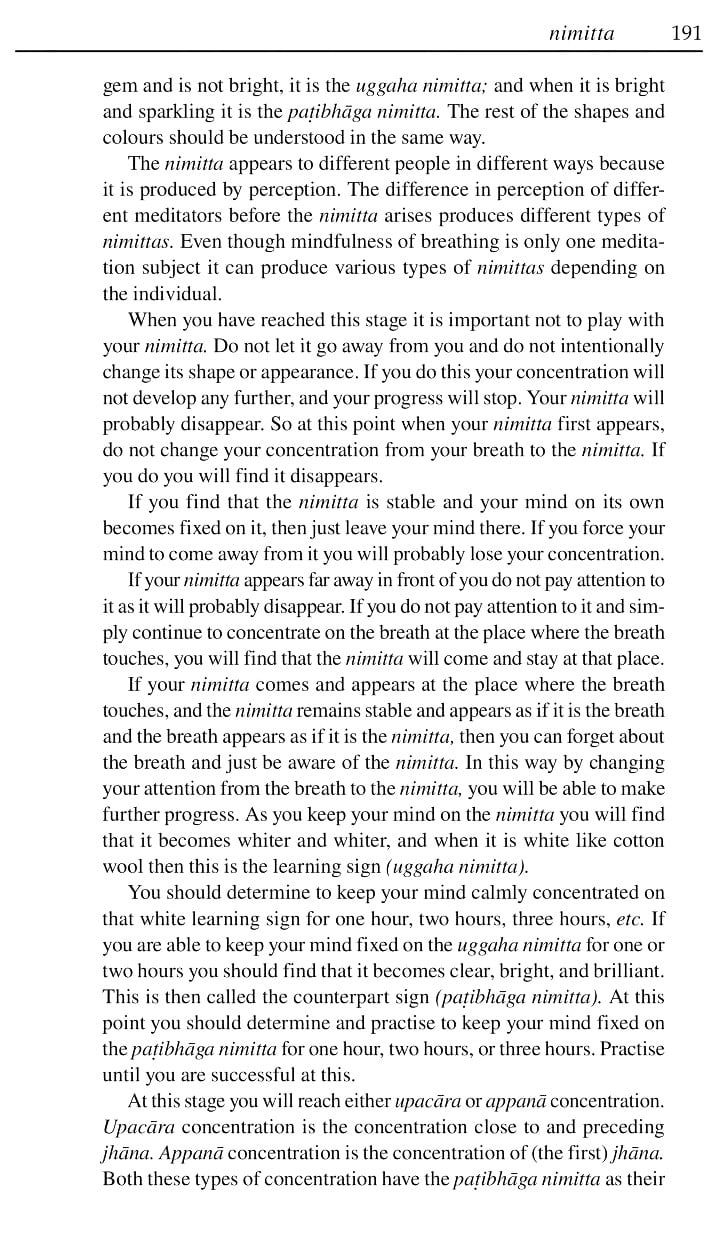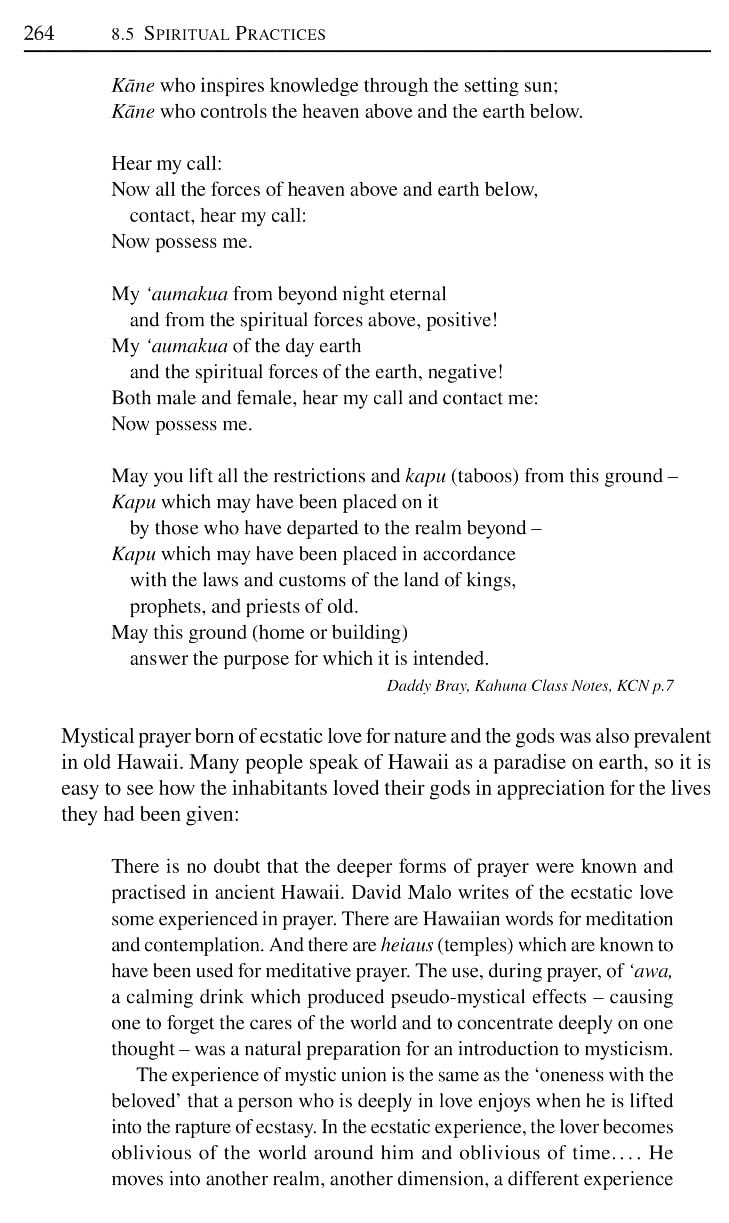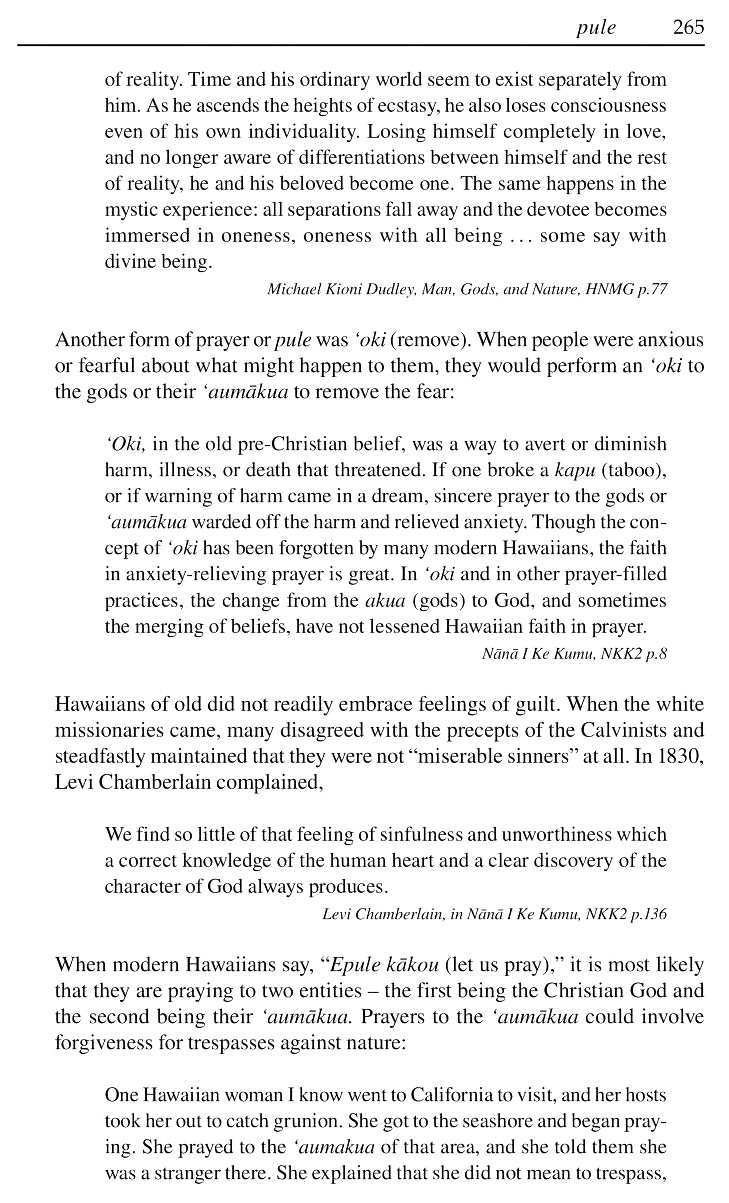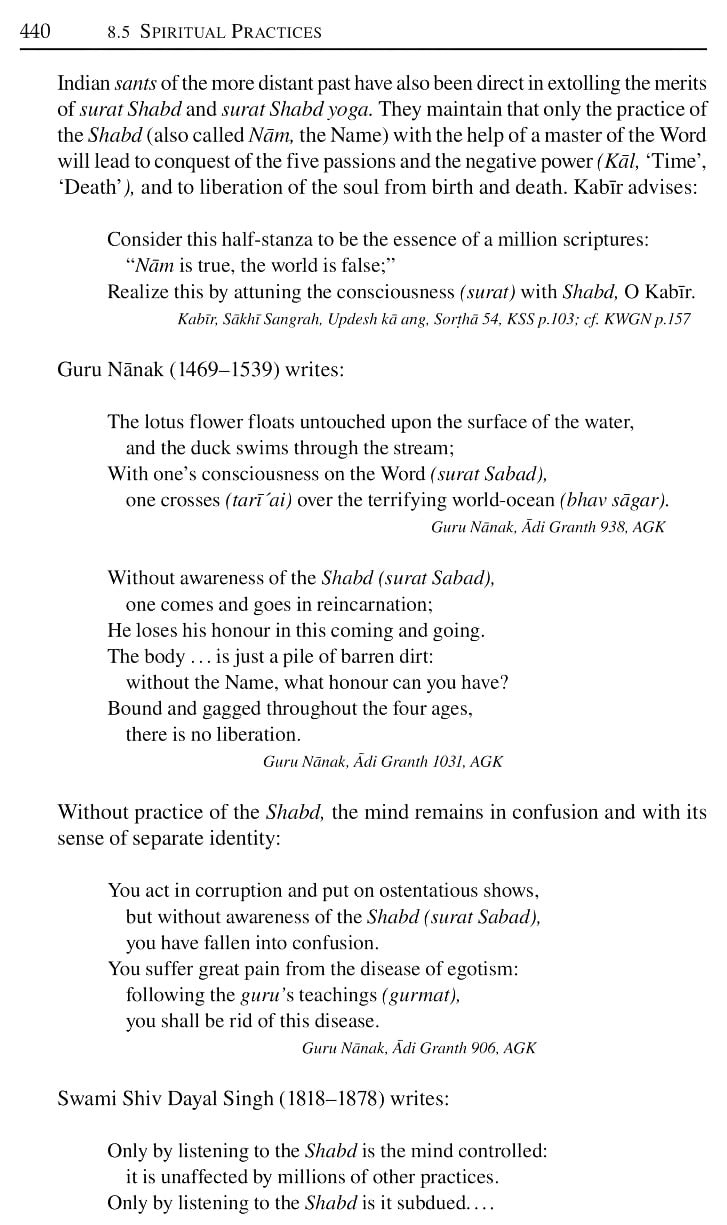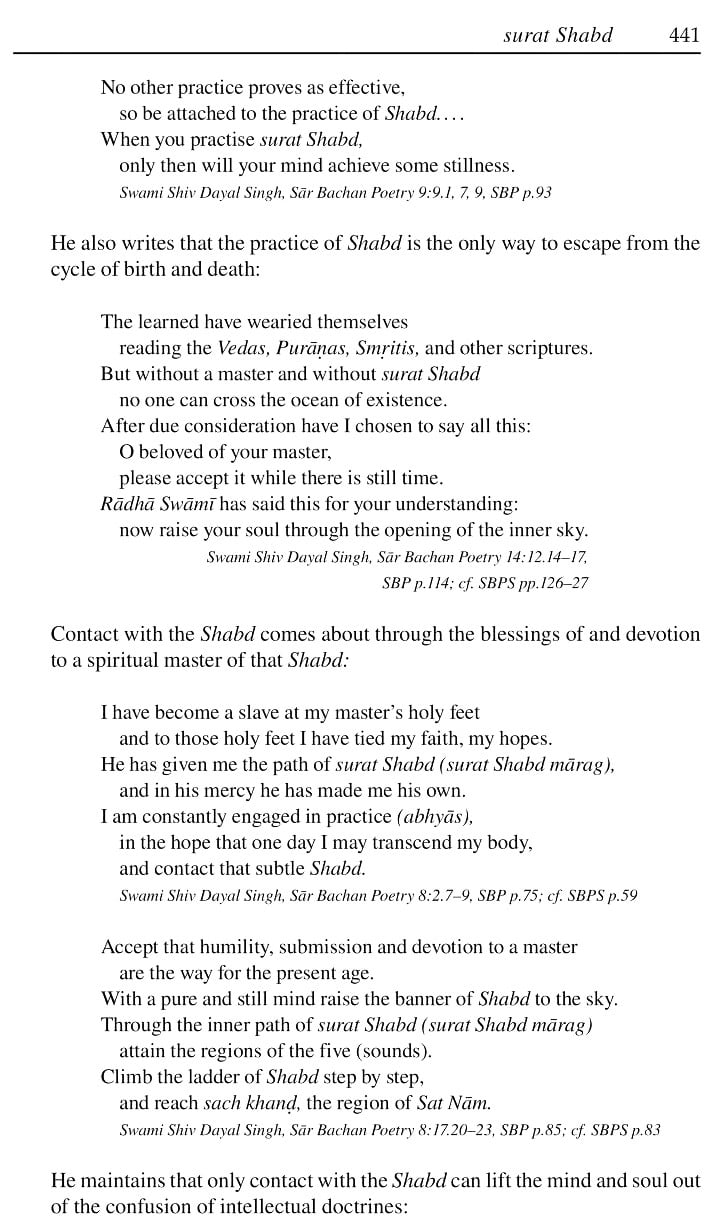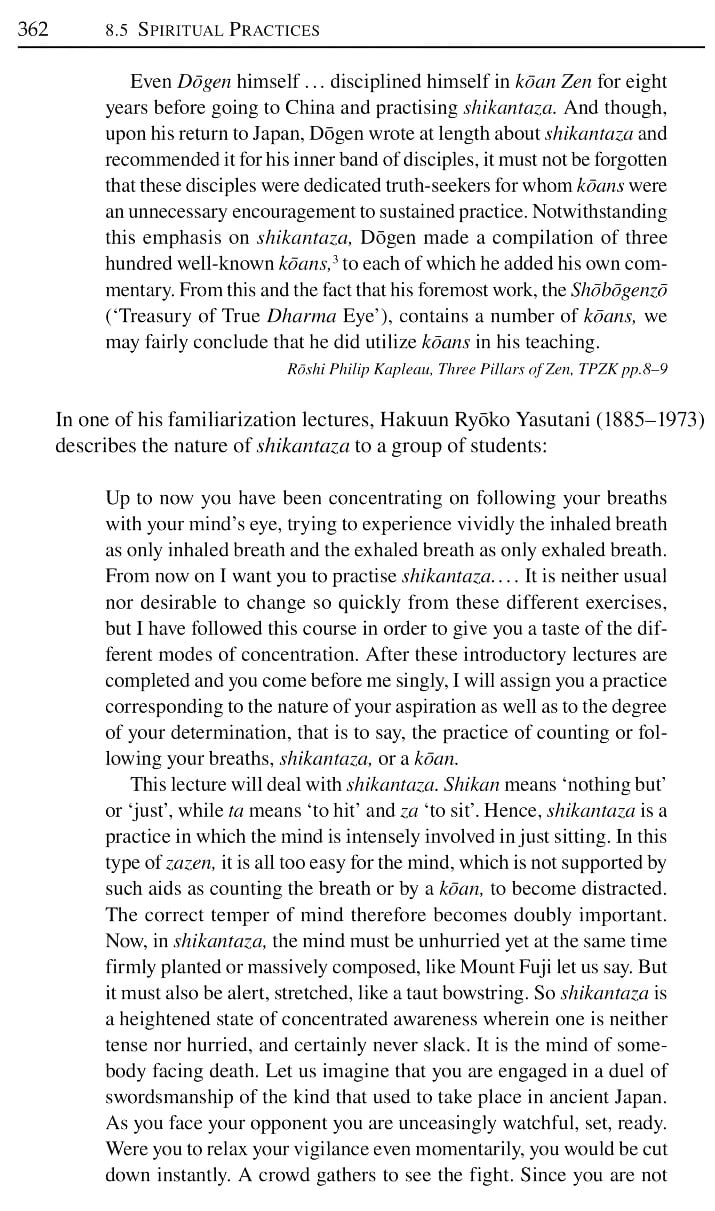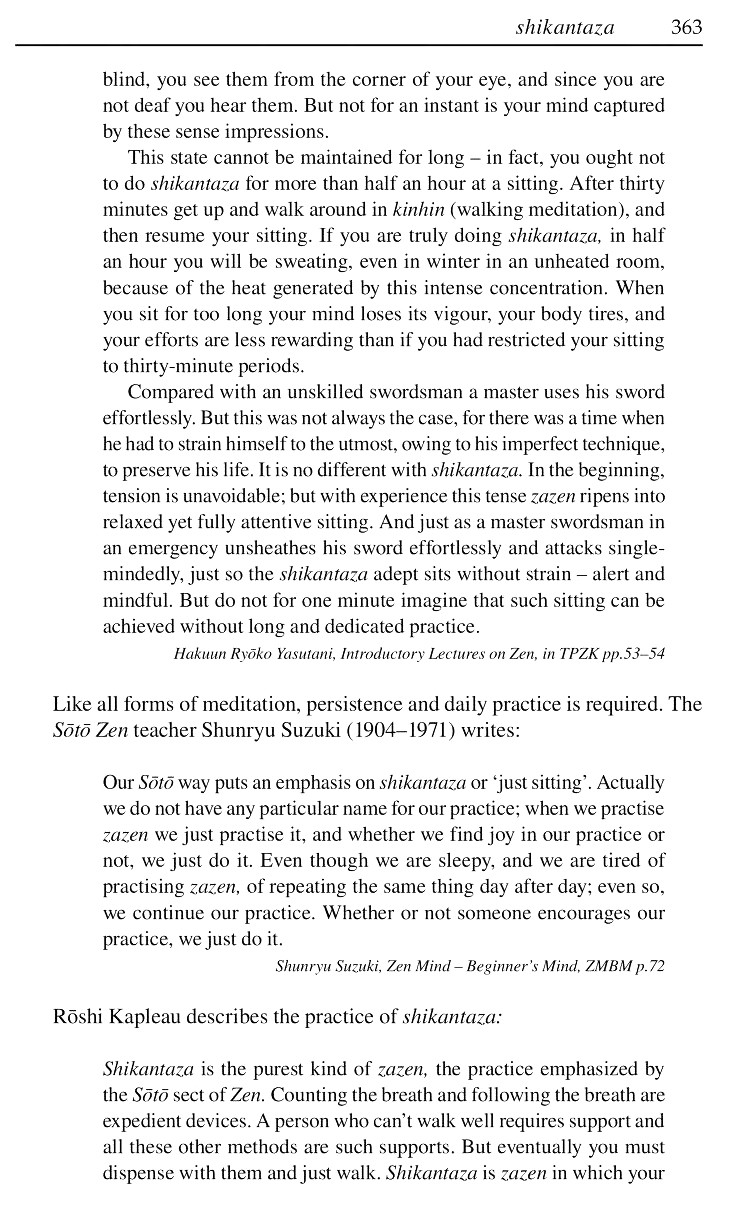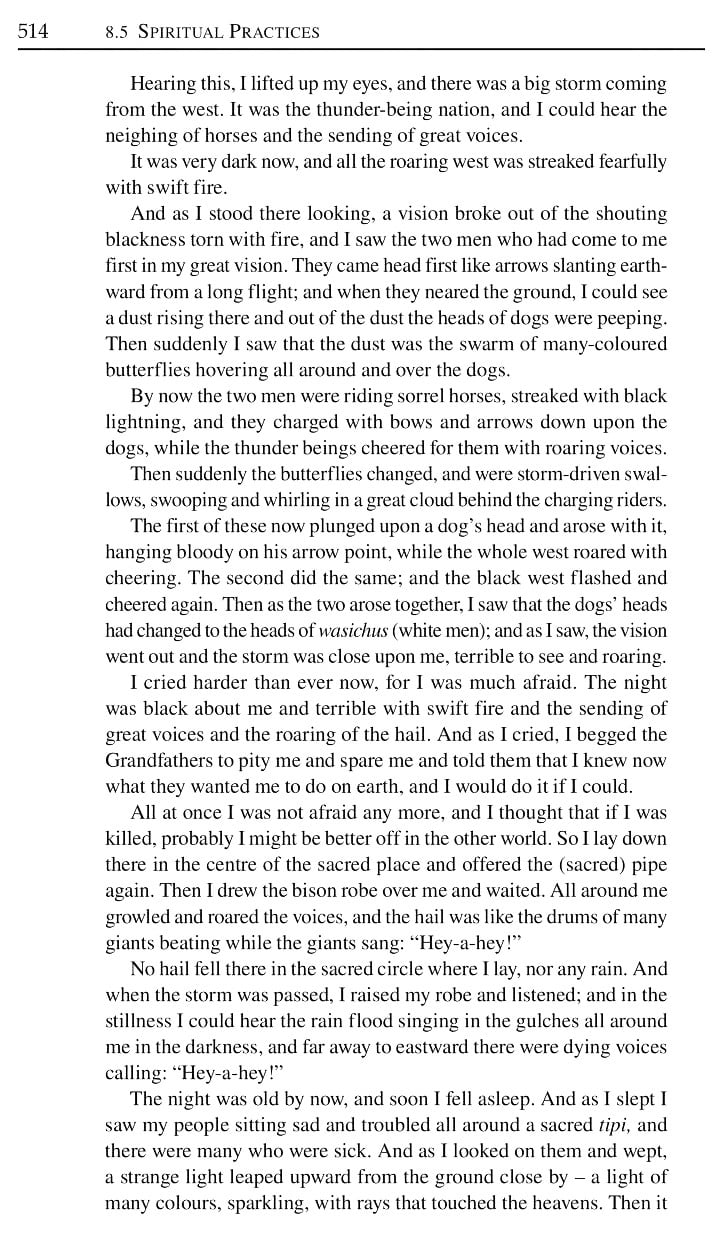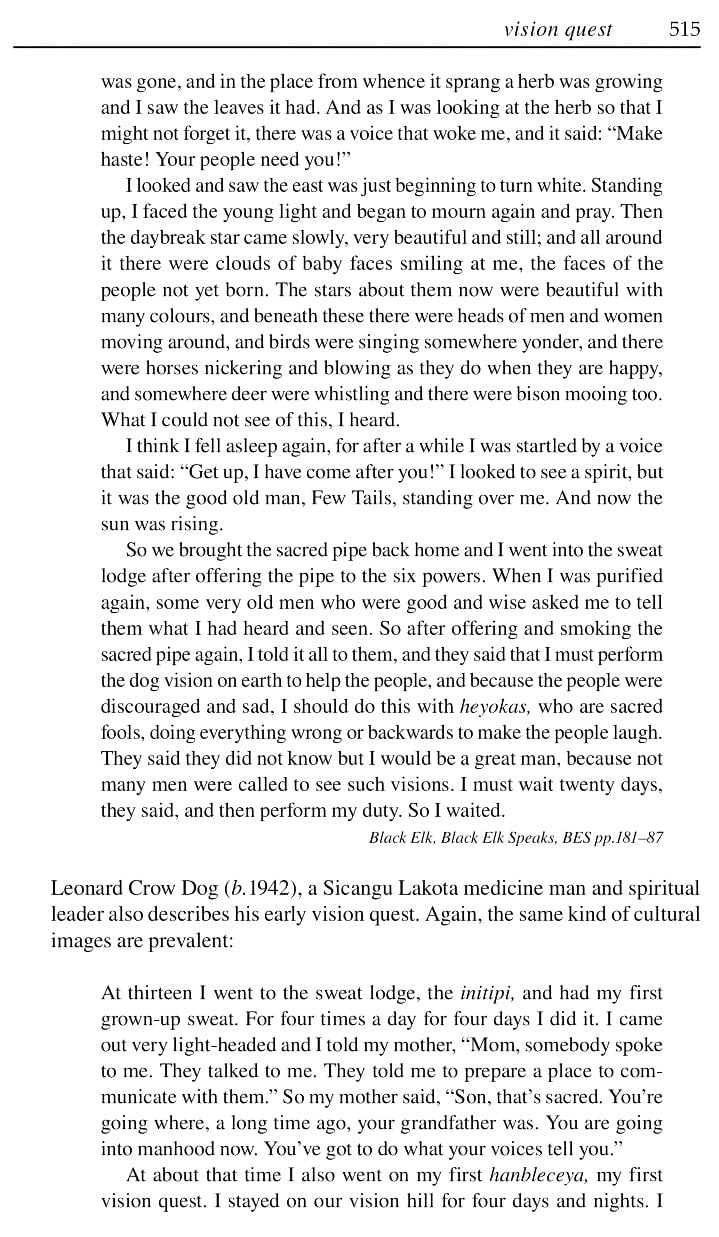
A Treasury of Mystic Terms (Set of 16 Volumes)
Book Specification
| Item Code: | NAK505 |
| Author: | John Davidson |
| Publisher: | RADHA SOAMI SATSANG BEAS |
| Language: | English |
| Edition: | 2019 |
| ISBN: | 9788190173100 9789380077475 9789388733274 |
| Pages: | 8777 |
| Cover: | Hardcover |
| Other Details | 9.5 inch x 6.5 inch |
| Weight | 13.88 kg |
Book Description
Preface
This book, in several volumes, is a collection, a treasury, a miscellany. Its primary objective is to elucidate the meaning of the essential terms used by the many different spiritual and religious traditions of the world, throughout history. It is not primarily intended as a dictionary or as an encyclopedia, nor is it a definitive treatise on any particular subject or religion. Its purpose is to help the ordinary person understand something of the basics concerning his or her religious background, within the framework of a universal understanding of spirituality.
Among these many pages, the reader will find a mixture. There should be something for everyone, whoever they are and whatever their bent of mind. But in a book of terms? That may sound unappealing, but there is a reason for it. Spiritual, mystical and religious teachings tend to use certain terms with particular meanings. Everyday words are often adopted, acquiring a special meaning in a spiritual context. Consequently, if a person wants to inquire deeply into his own religious background or those of other cultures it is essential that he understands the meaning of these terms. For if the symbols on the map are not understood, how can they be a guide to the destination?
A Treasury of Mystic Terms is therefore oriented around elucidating the meaning of these fundamental terms. But it is also much more than that. Some of the entries are extensive, more like essays. Moreover, the majority of these entries contain quotations that highlight the meaning of the term or group of terms under discussion. Many of these quotations are beautiful and inspiring; or they have a content that can be a guide in life. It is hoped, therefore, that this treasury will be a rich source of inspiration, as well as information.
Many people read books by dipping in here and there, even though the book may have been put together as a progression of ideas, not really designed for 'dipping'. This book is designed for the 'dipper'! And while it is certain that not everything in it will appeal to everyone, there should be something in it that will appeal to everyone. It is a book for browsing. So if the reader alights on something that does not appeal to him or her, he or she need only move on until something else is found that does.
The arrangement of terms by subject has been made after considerable deliberation. As a system, it may have its imperfections, not the least of which is that the terms depicting the universal spiritual principles of life do not always fall easily into neat categories. Sometimes, a term may have meanings that span a number of subject areas. Even keeping the topics as broad as possible, this is bound to happen from time to time. But the advantage is that a reader can browse a particular subject area with great ease. Reviewing the material that has been collected, and considering the kind of readers it is likely to attract, it has seemed clear that the majority of readers will not be looking up the meaning of particular terms so much as wanting to obtain information on a particular subject, or simply to browse at random. The alternative arrangement of terms in a continuous A to Z sequence would pose significant difficulties for the reader wanting to browse or make a comparative study of a particular subject. If anyone wants to look up any particular term, consulting the index should reveal where the term is located.
One of the fascinating aspects of universal spirituality is that its common denominator from a human perspective is not religious beliefs, nor educational systems, nor social structures, nor anything else like that. Its common denominator is people. It is fundamental to people, something present in all human beings. So, while reading about a particular topic as discussed and understood in one tradition, it is interesting to see how much commonality there is in the way that other religions and cultures have understood the same subject. Often, even the same metaphors and examples have been used by mystics with thousands of both years and miles between them. It also becomes evident how one religion borrows from and influences another, especially in its formative years. All this is highlighted by the simple expedient of arranging the terms by subject.
But what is meant by universal spirituality? It is the common ground, present in all religious and spiritual traditions. It is spirituality in the absence of religious creeds and specific belief systems. It is generic, not 'brand-specific'. It is inclusive, not exclusive, acknowledging a common basis to all traditions. It recognizes the existence of a God by whatever name He is given and by whatever concepts He is understood whether as a Supreme Being or Consciousness, a divine Energy, the Essence and Source of all things, a divine Intelligence and Controller, a Creator, an immanent or utterly transcendent power, and so on. It understands that man is separate from the Divine, and it includes the fundamental goal of probably all religions: the quest for a personal relationship with that primal Source. It emphasizes experience over belief and dogma, direct perception over philosophy and theology.
Since one of the intentions of this book has been an attempt to interpret correctly the original meaning of the writers of the many quotations, it may contain errors of interpretation. Certainly, there will be differences of opinion regarding interpretations. This is all to the good. The idea has never been to tell the reader what to think or what is what. If the reader is stimulated to think for himself, then our purpose has been accomplished. Everyone has to make his own journey, and discover Truth for himself. But that Truth will not be found in this book, nor in any other; for the best that books can offer is inspiration, not personal experience. But then, that may also be understood as an opinion. So take it as such, and follow your heart wherever it may lead.
More than a decade has elapsed since the publication of Part I of this treasury in 2003. During this time, the team of contributors has not been idle. In fact, the six volumes that were originally projected to make up the second and final part of the Treasury have grown beyond all original expectations. So much material has been gathered concerning the word’s spiritual traditions that it seems as if it will occupy at least a further sixteen volumes, followed by a single volume containing a full bibliography, glossary, indices, cross-references, etc. These volumes have been divided into three parts, according to subject area, and we are now presenting the four volumes of a new Part II. The remaining twelve volumes comprising Part III and IV are already in an advanced stage of preparation, and it should be possible to bring them to publication within the next few years.
The primary intention behind the treasury has not changed. Our goal remains that of presenting the spiritual and mystical aspects of the world’s religious and spiritual traditions in such a way that their universal aspects become evident. The innermost essence, consciousness or spirit of all human beings is fundamentally the same. Cultural and religious colour and texture will always be there, and the minds of human beings themselves provide a rich and varied tapestry, no two the same. Yet we are all a part of one universal ocean of spirit – spiritual beings dwelling for some time in a material world. It we could only realize something of that oneness, then the majority of human problems – personal and global – would evaporate in the light of love and true spiritual wisdom.
| VOLUME 1 The Universe of Spirituality | ||
| Acknowledgements | xiii | |
| Preface | xxi | |
| A Request for Help | xxiv | |
| Editorial Notes | xxv | |
| Languages and Transliteration Systems | xxviii | |
| Abbreviations | xxxiii | |
| The Universe of Spirituality | 1 | |
| 1.1 | Mysticism | 3 |
| 1.2 | Sumerian and Mesopotamian Spirituality | 5 |
| 1.3 | Zarathushtra and Zoroastrianism | 11 |
| 1.4 | Judaism | 21 |
| The Hebrew Bible and Other Texts | 21 | |
| Early Jewish Mysticism | 22 | |
| The Rabbinic Tradition | 27 | |
| Jewish Mystics and the Sufis | 29 | |
| The Kabbalah | 30 | |
| Hasidism | 33 | |
| The Essenes | 35 | |
| 1.5 | Christianity | 38 |
| John's Gospel | 39 | |
| The Synoptic Gospels | 42 | |
| Jesus' Teaching in the Gospels | 45 | |
| Paul | 49 | |
| Other New Testament Letters | 55 | |
| Revelations | 57 | |
| Apocryphal Sources | 59 | |
| Traditional Christian Mysticism | 63 | |
| 1.6 | Gnosticism | 67 |
| 1.7 | The Mandaeans | 72 |
| 1.8 | Mani and the Manichaeans | 74 |
| 1.9 | Greek Mystics and Philosophers | 79 |
| Orpheus | 79 | |
| Pythagoras and the Pythagoreans | 83 | |
| Socrates and Plato | 89 | |
| Plotinus and the Neo-Platonists | 92 | |
| Hermetic Literature | 95 | |
| 1.1 | Islam | 98 |
| The Islamic Way of Life | 99 | |
| Muhammad | 101 | |
| The Qur'an | 105 | |
| The Night Journey (al-Mi 'raj) | 109 | |
| Marriages | 112 | |
| The Death of Muhammad | 113 | |
| Sufism | 115 | |
| Sufi Orders and Teachings | 117 | |
| The Sufis | 125 | |
| 1.11 | Indian Traditions | 131 |
| The Vedas and Upanishads | 131 | |
| The Six Schools | 134 | |
| 1. Nyaya | 135 | |
| 2. Vaisheshika | 136 | |
| 3.Sankhya | 136 | |
| 4. Yoga | 137 | |
| 5. Purva Mimamsa | 138 | |
| 6. Vedanta | 139 | |
| The Ramayana, the Mahabharata and the Bhagavad Gita | 145 | |
| The Sant Tradition | 146 | |
| Sikhism | 148 | |
| After the Gurus | 178 | |
| The Afghan Wars | 178 | |
| The Mystic Teachings of the Adi Granth | 182 | |
| 1.12 | Buddhism | 186 |
| 1.13 | Taoism | 193 |
| 1.14 | Native Cultures | 198 |
| Native North American Spirituality | 199 | |
| Patterns of Belief | 200 | |
| Some Recent Native Americans | 206 | |
| Distortion of Native American Traditions | 212 | |
| The Nahua of Central America | 213 | |
| The South American Guaranf | 214 | |
| Australian Aboriginal Spirituality | 218 | |
| 1.15 | The Perennial Philosophy | 221 |
| Notes | 222 | |
| Biographic and Bibliographic Glossary | 231 | |
| Bibliography | 443 | |
| Index of Headwords | 503 | |
| VOLUME 2 The Divine Eternity | ||
| 2.1 | God and Eternity | 3 |
| 2.2 | The Absolute and the Relative | 291 |
| VOLUME 3 The Divine Creative Power | ||
| 3.1 | The Creative Power | 3 |
| 3.2 | Divine Music | 405 |
| VOLUME 4 The Hierarchy of Creation | ||
| 4.1 | The Realms of Creation | 3 |
| 4.2 | Deities, Rulers, Archons and Angels | 269 |
| VOLUME 5 Man and the Cosmos | ||
| 5.1 | The Nature of Man | 3 |
| 5.2 | Cosmic Principles | 285 |
| VOLUME 6 The Soul in Exile | ||
| 6.1 | Evil, the Devil and the Negative Power | 3 |
| 6.2 | The Veil of the Physical | 119 |
| 6.3 | Reincarnation, Destiny, and the Law of Cause and Effect | 305 |
| VOLUME 7 | ||
| Acknowledgements | xi | |
| Preface to Part I | xv | |
| Preface to Part II | xviii | |
| Editorial Notes | xix | |
| Languages and Transliteration systems | xxii | |
| Abbreviations | xxvii | |
| 7.1 | Guide and Practitioners (ab - imam) | 1 |
| Bibliography | 473 | |
| Index of Headwords | 521 | |
| VOLUME 8 | ||
| 7.1 | Guides and Practitioners (incarnation - sayah) | 1 |
| VOLUME 9 | ||
| 7.1 | Guides and Practitioners (scribes - zu) | 1 |
| 7.2 | The Inner Guide, the Inner Beloved | 377 |
| VOLUME 10 | ||
| 7.3 | Powers, Attributes, characteristics | 1 |
| 7.4 | Baptism, Initiation, Mysteries | 183 |
| 7.5 | Spiritual Association | 309 |
